Quick filters:
British in 1400s Stock Photos and Images
 The image shows two British serving men between 1450 and 1500. The illustration dates to 1882. Stock Photohttps://www.alamy.com/image-license-details/?v=1https://www.alamy.com/the-image-shows-two-british-serving-men-between-1450-and-1500-the-illustration-dates-to-1882-image337618578.html
The image shows two British serving men between 1450 and 1500. The illustration dates to 1882. Stock Photohttps://www.alamy.com/image-license-details/?v=1https://www.alamy.com/the-image-shows-two-british-serving-men-between-1450-and-1500-the-illustration-dates-to-1882-image337618578.htmlRF2AH7RXA–The image shows two British serving men between 1450 and 1500. The illustration dates to 1882.
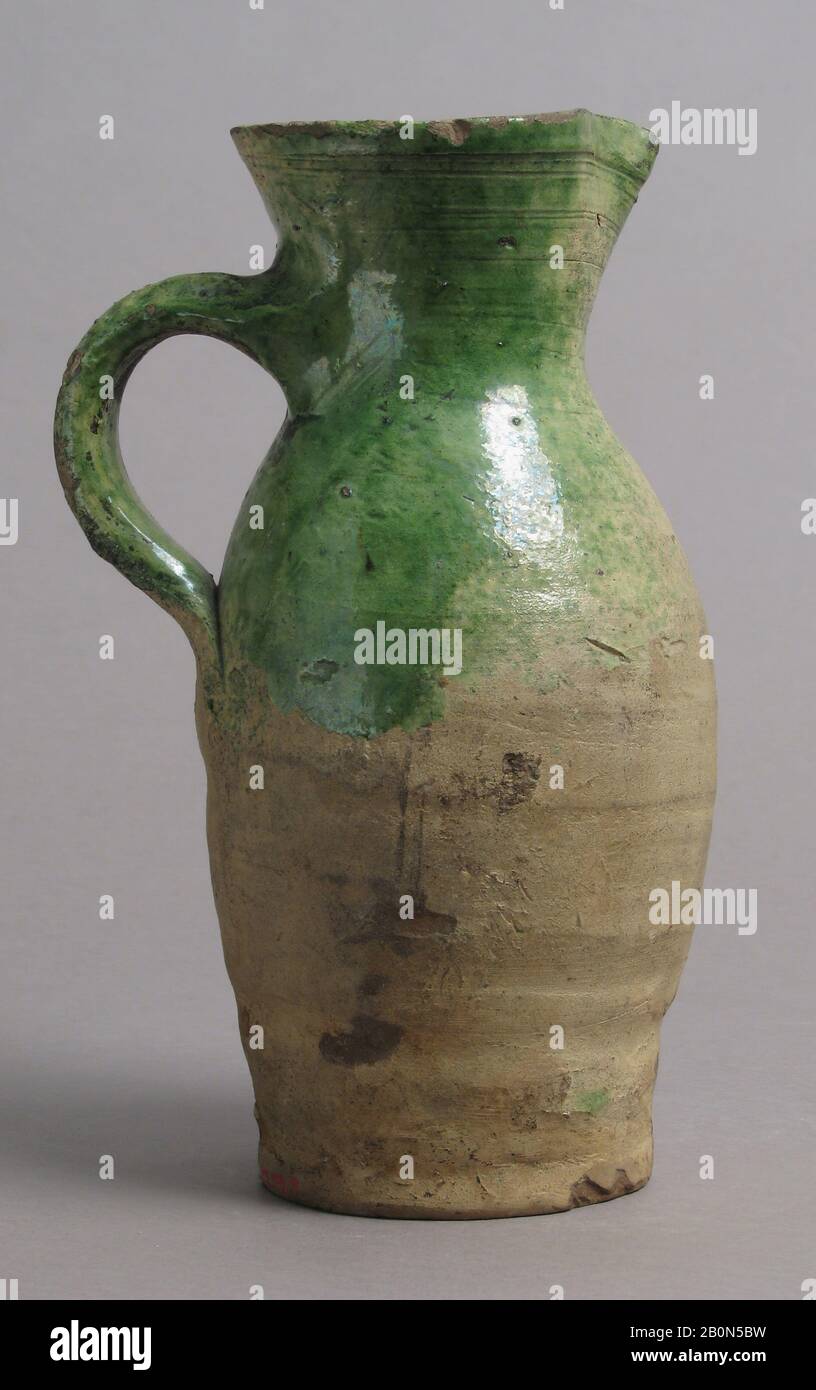 Jug, British, late 1400s or early 1500s, Made in probably Surrey, England, British, Partially glazed earthenware, Overall: 7 x 4 1/8 x 3 3/8 in. (17.8 x 10.5 x 8.5 cm), Ceramics Stock Photohttps://www.alamy.com/image-license-details/?v=1https://www.alamy.com/jug-british-late-1400s-or-early-1500s-made-in-probably-surrey-england-british-partially-glazed-earthenware-overall-7-x-4-18-x-3-38-in-178-x-105-x-85-cm-ceramics-image344672605.html
Jug, British, late 1400s or early 1500s, Made in probably Surrey, England, British, Partially glazed earthenware, Overall: 7 x 4 1/8 x 3 3/8 in. (17.8 x 10.5 x 8.5 cm), Ceramics Stock Photohttps://www.alamy.com/image-license-details/?v=1https://www.alamy.com/jug-british-late-1400s-or-early-1500s-made-in-probably-surrey-england-british-partially-glazed-earthenware-overall-7-x-4-18-x-3-38-in-178-x-105-x-85-cm-ceramics-image344672605.htmlRM2B0N5BW–Jug, British, late 1400s or early 1500s, Made in probably Surrey, England, British, Partially glazed earthenware, Overall: 7 x 4 1/8 x 3 3/8 in. (17.8 x 10.5 x 8.5 cm), Ceramics
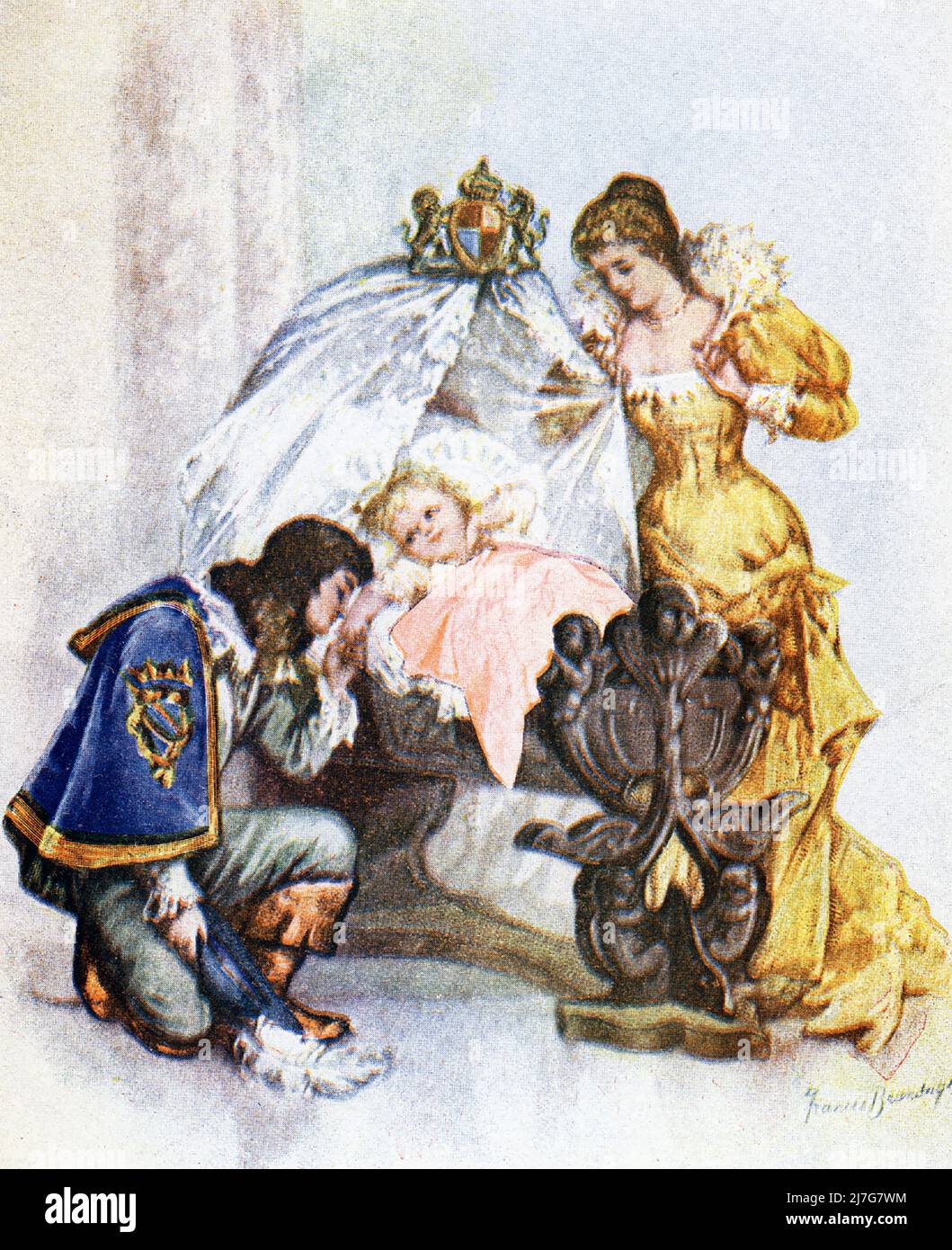 This image, dating to around 1899, shows the Henry the Fifth with his son, the baby king. Henry was born on 6 December 1421 at Windsor Castle, the only child and heir of King Henry V. Succeeding to the throne as King of England at the age of nine months on 1 September 1422, the day after his father's death; he remains the youngest person ever to succeed to the English throne. The artist is Frances Brundage, an American who died in 1937. Stock Photohttps://www.alamy.com/image-license-details/?v=1https://www.alamy.com/this-image-dating-to-around-1899-shows-the-henry-the-fifth-with-his-son-the-baby-king-henry-was-born-on-6-december-1421-at-windsor-castle-the-only-child-and-heir-of-king-henry-v-succeeding-to-the-throne-as-king-of-england-at-the-age-of-nine-months-on-1-september-1422-the-day-after-his-fathers-death-he-remains-the-youngest-person-ever-to-succeed-to-the-english-throne-the-artist-is-frances-brundage-an-american-who-died-in-1937-image469339968.html
This image, dating to around 1899, shows the Henry the Fifth with his son, the baby king. Henry was born on 6 December 1421 at Windsor Castle, the only child and heir of King Henry V. Succeeding to the throne as King of England at the age of nine months on 1 September 1422, the day after his father's death; he remains the youngest person ever to succeed to the English throne. The artist is Frances Brundage, an American who died in 1937. Stock Photohttps://www.alamy.com/image-license-details/?v=1https://www.alamy.com/this-image-dating-to-around-1899-shows-the-henry-the-fifth-with-his-son-the-baby-king-henry-was-born-on-6-december-1421-at-windsor-castle-the-only-child-and-heir-of-king-henry-v-succeeding-to-the-throne-as-king-of-england-at-the-age-of-nine-months-on-1-september-1422-the-day-after-his-fathers-death-he-remains-the-youngest-person-ever-to-succeed-to-the-english-throne-the-artist-is-frances-brundage-an-american-who-died-in-1937-image469339968.htmlRF2J7G7WM–This image, dating to around 1899, shows the Henry the Fifth with his son, the baby king. Henry was born on 6 December 1421 at Windsor Castle, the only child and heir of King Henry V. Succeeding to the throne as King of England at the age of nine months on 1 September 1422, the day after his father's death; he remains the youngest person ever to succeed to the English throne. The artist is Frances Brundage, an American who died in 1937.
 Art inspired by Jug, late 1400s or early 1500s, Made in probably Surrey, England, British, Partially glazed earthenware, Overall: 7 x 4 1/8 x 3 3/8 in. (17.8 x 10.5 x 8.5 cm), Ceramics, Small simple pitchers of this type were common in England and used to dispense beverages. The, Classic works modernized by Artotop with a splash of modernity. Shapes, color and value, eye-catching visual impact on art. Emotions through freedom of artworks in a contemporary way. A timeless message pursuing a wildly creative new direction. Artists turning to the digital medium and creating the Artotop NFT Stock Photohttps://www.alamy.com/image-license-details/?v=1https://www.alamy.com/art-inspired-by-jug-late-1400s-or-early-1500s-made-in-probably-surrey-england-british-partially-glazed-earthenware-overall-7-x-4-18-x-3-38-in-178-x-105-x-85-cm-ceramics-small-simple-pitchers-of-this-type-were-common-in-england-and-used-to-dispense-beverages-the-classic-works-modernized-by-artotop-with-a-splash-of-modernity-shapes-color-and-value-eye-catching-visual-impact-on-art-emotions-through-freedom-of-artworks-in-a-contemporary-way-a-timeless-message-pursuing-a-wildly-creative-new-direction-artists-turning-to-the-digital-medium-and-creating-the-artotop-nft-image462836751.html
Art inspired by Jug, late 1400s or early 1500s, Made in probably Surrey, England, British, Partially glazed earthenware, Overall: 7 x 4 1/8 x 3 3/8 in. (17.8 x 10.5 x 8.5 cm), Ceramics, Small simple pitchers of this type were common in England and used to dispense beverages. The, Classic works modernized by Artotop with a splash of modernity. Shapes, color and value, eye-catching visual impact on art. Emotions through freedom of artworks in a contemporary way. A timeless message pursuing a wildly creative new direction. Artists turning to the digital medium and creating the Artotop NFT Stock Photohttps://www.alamy.com/image-license-details/?v=1https://www.alamy.com/art-inspired-by-jug-late-1400s-or-early-1500s-made-in-probably-surrey-england-british-partially-glazed-earthenware-overall-7-x-4-18-x-3-38-in-178-x-105-x-85-cm-ceramics-small-simple-pitchers-of-this-type-were-common-in-england-and-used-to-dispense-beverages-the-classic-works-modernized-by-artotop-with-a-splash-of-modernity-shapes-color-and-value-eye-catching-visual-impact-on-art-emotions-through-freedom-of-artworks-in-a-contemporary-way-a-timeless-message-pursuing-a-wildly-creative-new-direction-artists-turning-to-the-digital-medium-and-creating-the-artotop-nft-image462836751.htmlRF2HW00YY–Art inspired by Jug, late 1400s or early 1500s, Made in probably Surrey, England, British, Partially glazed earthenware, Overall: 7 x 4 1/8 x 3 3/8 in. (17.8 x 10.5 x 8.5 cm), Ceramics, Small simple pitchers of this type were common in England and used to dispense beverages. The, Classic works modernized by Artotop with a splash of modernity. Shapes, color and value, eye-catching visual impact on art. Emotions through freedom of artworks in a contemporary way. A timeless message pursuing a wildly creative new direction. Artists turning to the digital medium and creating the Artotop NFT
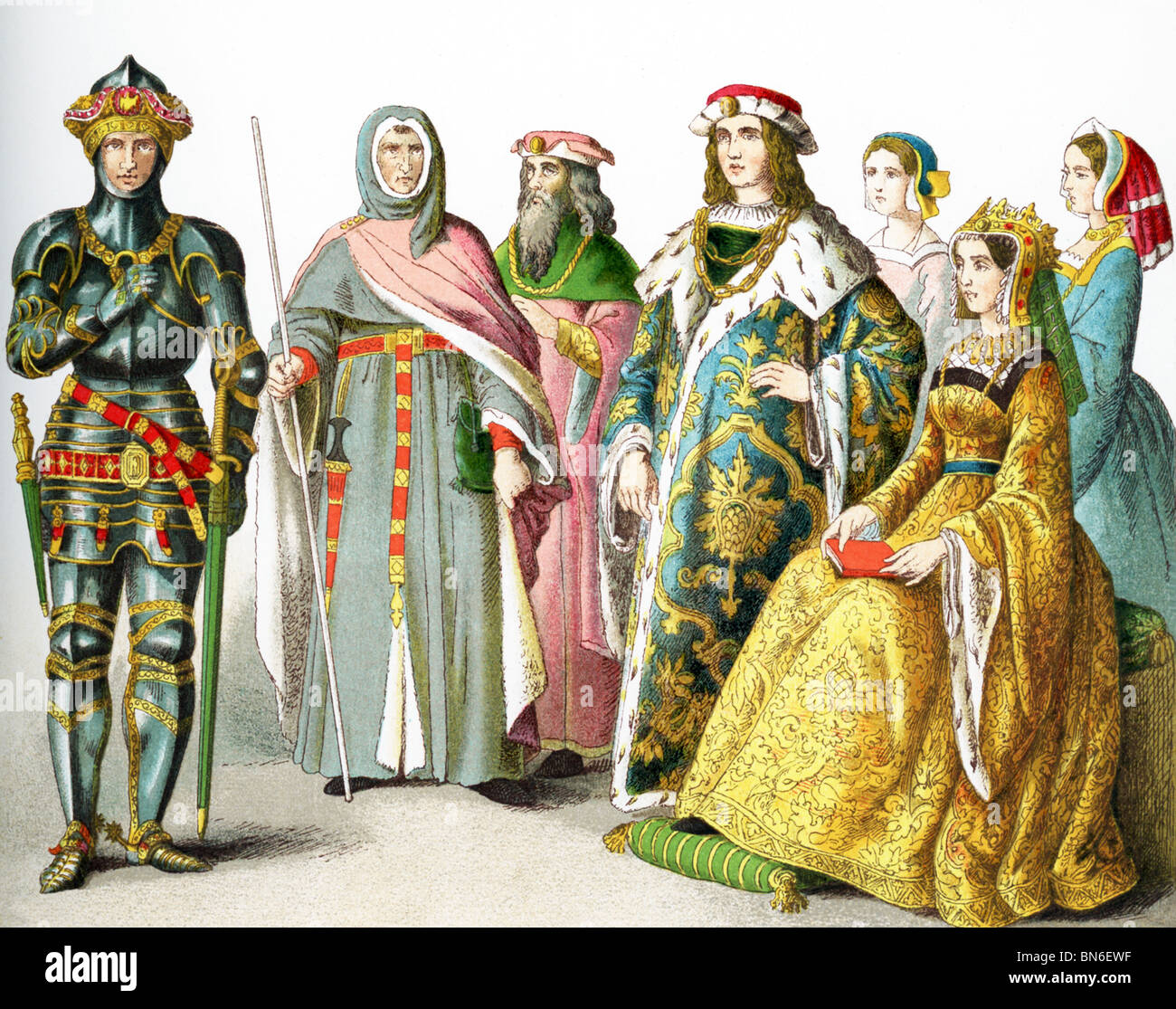 English people 1400-50: knight, member of a court martial, member of court Henry VI, member of court, Margaret, member of court. Stock Photohttps://www.alamy.com/image-license-details/?v=1https://www.alamy.com/stock-photo-english-people-1400-50-knight-member-of-a-court-martial-member-of-30261547.html
English people 1400-50: knight, member of a court martial, member of court Henry VI, member of court, Margaret, member of court. Stock Photohttps://www.alamy.com/image-license-details/?v=1https://www.alamy.com/stock-photo-english-people-1400-50-knight-member-of-a-court-martial-member-of-30261547.htmlRFBN6EWF–English people 1400-50: knight, member of a court martial, member of court Henry VI, member of court, Margaret, member of court.
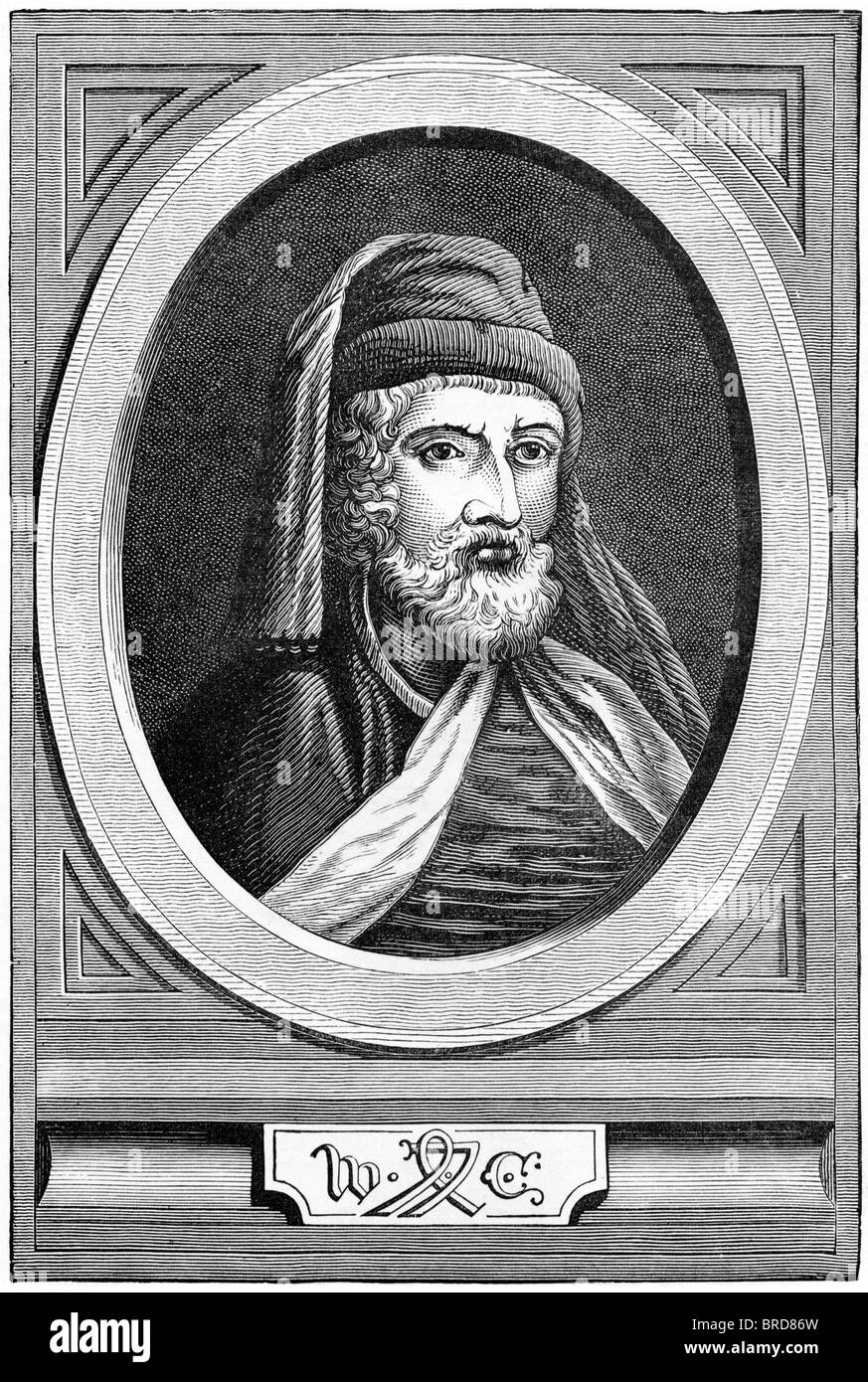 William Caxton, portrait of the first English printer, 1422-1492, whose press in Westminster first printed in 1476 Stock Photohttps://www.alamy.com/image-license-details/?v=1https://www.alamy.com/stock-photo-william-caxton-portrait-of-the-first-english-printer-1422-1492-whose-31639297.html
William Caxton, portrait of the first English printer, 1422-1492, whose press in Westminster first printed in 1476 Stock Photohttps://www.alamy.com/image-license-details/?v=1https://www.alamy.com/stock-photo-william-caxton-portrait-of-the-first-english-printer-1422-1492-whose-31639297.htmlRMBRD86W–William Caxton, portrait of the first English printer, 1422-1492, whose press in Westminster first printed in 1476
 Jug, late 1400s or early 1500s, Made in probably Surrey, England, British, Partially glazed earthenware, Overall: 7 x 4 1/8 x 3 Stock Photohttps://www.alamy.com/image-license-details/?v=1https://www.alamy.com/stock-image-jug-late-1400s-or-early-1500s-made-in-probably-surrey-england-british-162564335.html
Jug, late 1400s or early 1500s, Made in probably Surrey, England, British, Partially glazed earthenware, Overall: 7 x 4 1/8 x 3 Stock Photohttps://www.alamy.com/image-license-details/?v=1https://www.alamy.com/stock-image-jug-late-1400s-or-early-1500s-made-in-probably-surrey-england-british-162564335.htmlRMKCDCD3–Jug, late 1400s or early 1500s, Made in probably Surrey, England, British, Partially glazed earthenware, Overall: 7 x 4 1/8 x 3
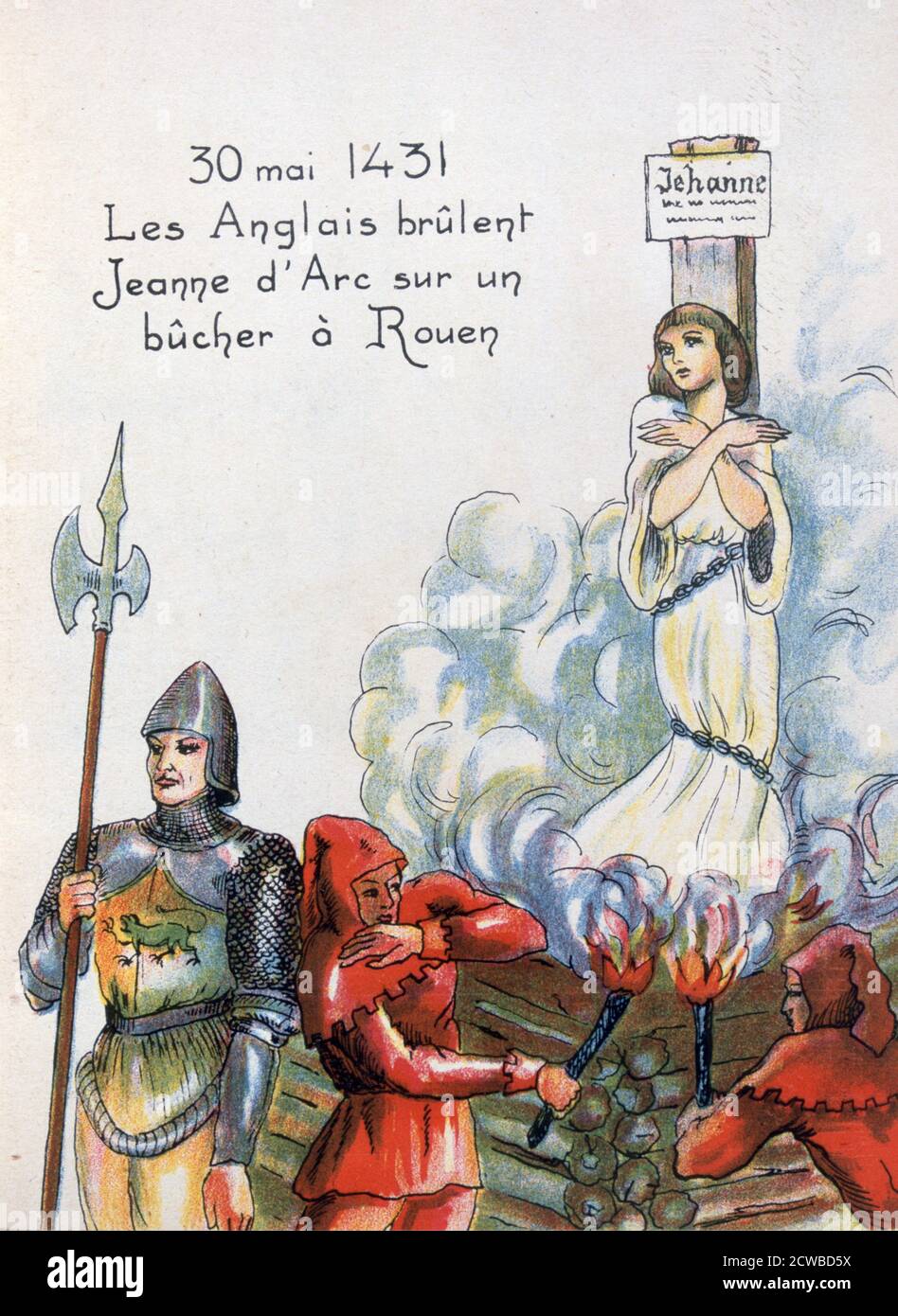 Joan of Arc executed by the English, 30 May 1431 (20th century). Claiming divine inspiration, Joan of Arc persuaded Charles VII to declare himself King of France which was ruled by England under the terms of the Treaty of Troyes signed in 1420). Joan was captured by the English and executed and martyred in 1431, but Charles went on to regain all of France from the English, with the exception of Calais. From an anti-British brochure titled Who has been the enemy of France through History? The artist is unknown. Stock Photohttps://www.alamy.com/image-license-details/?v=1https://www.alamy.com/joan-of-arc-executed-by-the-english-30-may-1431-20th-century-claiming-divine-inspiration-joan-of-arc-persuaded-charles-vii-to-declare-himself-king-of-france-which-was-ruled-by-england-under-the-terms-of-the-treaty-of-troyes-signed-in-1420-joan-was-captured-by-the-english-and-executed-and-martyred-in-1431-but-charles-went-on-to-regain-all-of-france-from-the-english-with-the-exception-of-calais-from-an-anti-british-brochure-titled-who-has-been-the-enemy-of-france-through-history-the-artist-is-unknown-image377035958.html
Joan of Arc executed by the English, 30 May 1431 (20th century). Claiming divine inspiration, Joan of Arc persuaded Charles VII to declare himself King of France which was ruled by England under the terms of the Treaty of Troyes signed in 1420). Joan was captured by the English and executed and martyred in 1431, but Charles went on to regain all of France from the English, with the exception of Calais. From an anti-British brochure titled Who has been the enemy of France through History? The artist is unknown. Stock Photohttps://www.alamy.com/image-license-details/?v=1https://www.alamy.com/joan-of-arc-executed-by-the-english-30-may-1431-20th-century-claiming-divine-inspiration-joan-of-arc-persuaded-charles-vii-to-declare-himself-king-of-france-which-was-ruled-by-england-under-the-terms-of-the-treaty-of-troyes-signed-in-1420-joan-was-captured-by-the-english-and-executed-and-martyred-in-1431-but-charles-went-on-to-regain-all-of-france-from-the-english-with-the-exception-of-calais-from-an-anti-british-brochure-titled-who-has-been-the-enemy-of-france-through-history-the-artist-is-unknown-image377035958.htmlRM2CWBD5X–Joan of Arc executed by the English, 30 May 1431 (20th century). Claiming divine inspiration, Joan of Arc persuaded Charles VII to declare himself King of France which was ruled by England under the terms of the Treaty of Troyes signed in 1420). Joan was captured by the English and executed and martyred in 1431, but Charles went on to regain all of France from the English, with the exception of Calais. From an anti-British brochure titled Who has been the enemy of France through History? The artist is unknown.
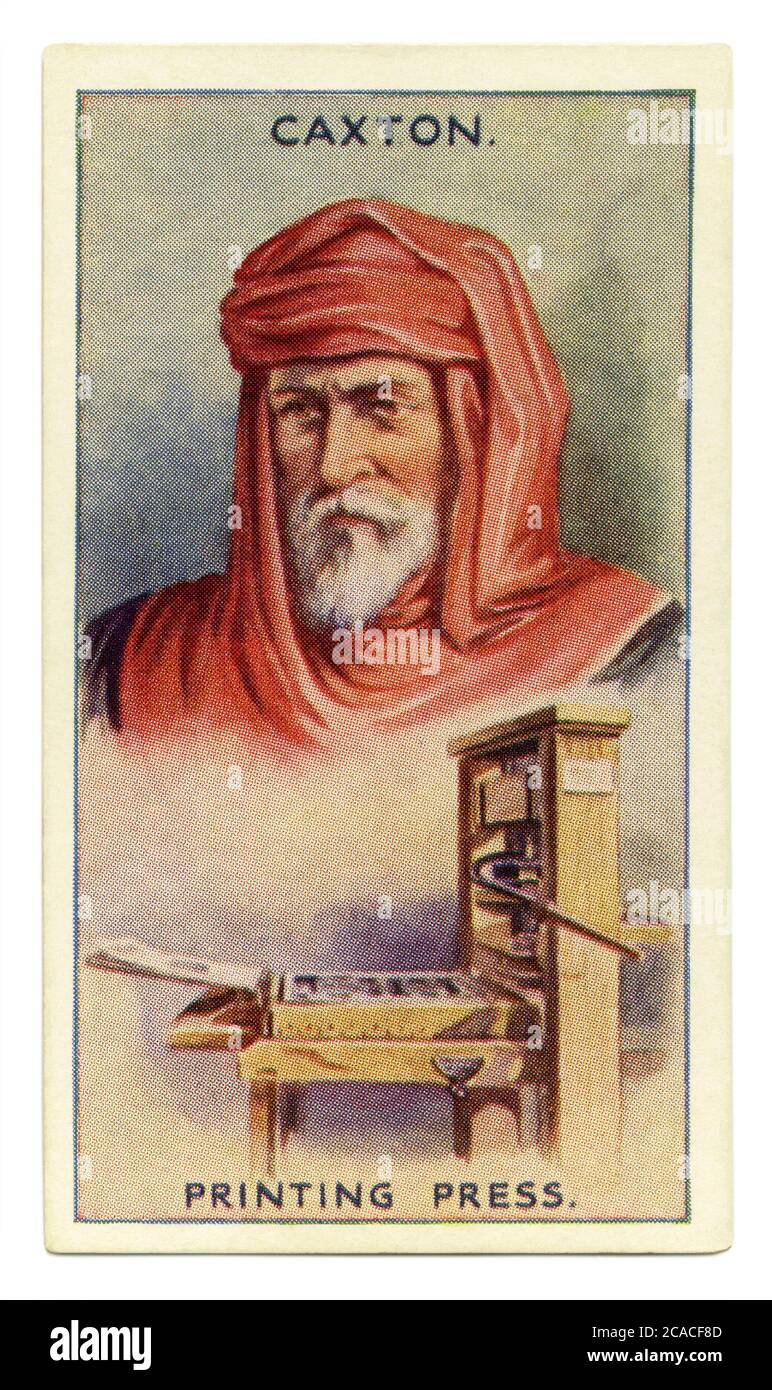 An old cigarette card (c. 1929) with a portrait of William Caxton (c1420–c1490) and an illustration of his printing press. Caxton was an English merchant, diplomat, and writer. He is thought to be the first person to introduce a printing press into England, in 1476, and as a printer was the first English retailer of printed books. The first book he is known to have produced was an edition of Chaucer's 'The Canterbury Tales'. Stock Photohttps://www.alamy.com/image-license-details/?v=1https://www.alamy.com/an-old-cigarette-card-c-1929-with-a-portrait-of-william-caxton-c1420c1490-and-an-illustration-of-his-printing-press-caxton-was-an-english-merchant-diplomat-and-writer-he-is-thought-to-be-the-first-person-to-introduce-a-printing-press-into-england-in-1476-and-as-a-printer-was-the-first-english-retailer-of-printed-books-the-first-book-he-is-known-to-have-produced-was-an-edition-of-chaucers-the-canterbury-tales-image367839709.html
An old cigarette card (c. 1929) with a portrait of William Caxton (c1420–c1490) and an illustration of his printing press. Caxton was an English merchant, diplomat, and writer. He is thought to be the first person to introduce a printing press into England, in 1476, and as a printer was the first English retailer of printed books. The first book he is known to have produced was an edition of Chaucer's 'The Canterbury Tales'. Stock Photohttps://www.alamy.com/image-license-details/?v=1https://www.alamy.com/an-old-cigarette-card-c-1929-with-a-portrait-of-william-caxton-c1420c1490-and-an-illustration-of-his-printing-press-caxton-was-an-english-merchant-diplomat-and-writer-he-is-thought-to-be-the-first-person-to-introduce-a-printing-press-into-england-in-1476-and-as-a-printer-was-the-first-english-retailer-of-printed-books-the-first-book-he-is-known-to-have-produced-was-an-edition-of-chaucers-the-canterbury-tales-image367839709.htmlRM2CACF8D–An old cigarette card (c. 1929) with a portrait of William Caxton (c1420–c1490) and an illustration of his printing press. Caxton was an English merchant, diplomat, and writer. He is thought to be the first person to introduce a printing press into England, in 1476, and as a printer was the first English retailer of printed books. The first book he is known to have produced was an edition of Chaucer's 'The Canterbury Tales'.
 A 1930's illustration showing the change in British fashions from the days of the Celts and Vikings up to the 1930's Stock Photohttps://www.alamy.com/image-license-details/?v=1https://www.alamy.com/a-1930s-illustration-showing-the-change-in-british-fashions-from-the-days-of-the-celts-and-vikings-up-to-the-1930s-image328744927.html
A 1930's illustration showing the change in British fashions from the days of the Celts and Vikings up to the 1930's Stock Photohttps://www.alamy.com/image-license-details/?v=1https://www.alamy.com/a-1930s-illustration-showing-the-change-in-british-fashions-from-the-days-of-the-celts-and-vikings-up-to-the-1930s-image328744927.htmlRM2A2RHE7–A 1930's illustration showing the change in British fashions from the days of the Celts and Vikings up to the 1930's
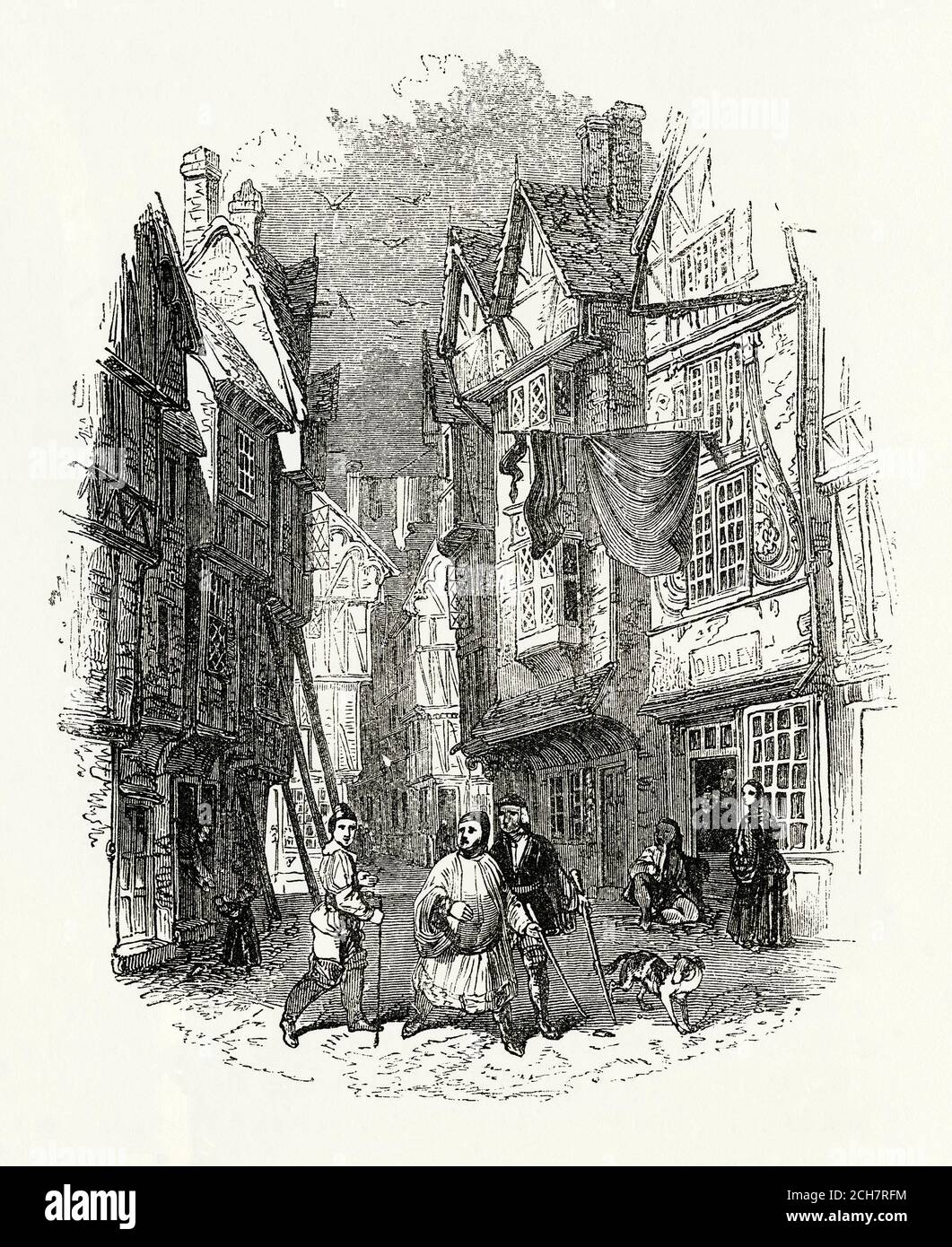 An old engraving of a street scene London, England, UK in the 1400s. Conditions in the middle ages were squalid and slum-like with the streets covered with the excrement of both people and animals, as well as all manner of rubbish – despite a law meaning that anyone dumping refuse in the street would be subject to a hefty fine. Poorly constructed houses with next to no foundations meant that a building collapse was a real possibility and often work was required to shore up the half-timbered buildings – see wooden supporting props centre left. Stock Photohttps://www.alamy.com/image-license-details/?v=1https://www.alamy.com/an-old-engraving-of-a-street-scene-london-england-uk-in-the-1400s-conditions-in-the-middle-ages-were-squalid-and-slum-like-with-the-streets-covered-with-the-excrement-of-both-people-and-animals-as-well-as-all-manner-of-rubbish-despite-a-law-meaning-that-anyone-dumping-refuse-in-the-street-would-be-subject-to-a-hefty-fine-poorly-constructed-houses-with-next-to-no-foundations-meant-that-a-building-collapse-was-a-real-possibility-and-often-work-was-required-to-shore-up-the-half-timbered-buildings-see-wooden-supporting-props-centre-left-image372039016.html
An old engraving of a street scene London, England, UK in the 1400s. Conditions in the middle ages were squalid and slum-like with the streets covered with the excrement of both people and animals, as well as all manner of rubbish – despite a law meaning that anyone dumping refuse in the street would be subject to a hefty fine. Poorly constructed houses with next to no foundations meant that a building collapse was a real possibility and often work was required to shore up the half-timbered buildings – see wooden supporting props centre left. Stock Photohttps://www.alamy.com/image-license-details/?v=1https://www.alamy.com/an-old-engraving-of-a-street-scene-london-england-uk-in-the-1400s-conditions-in-the-middle-ages-were-squalid-and-slum-like-with-the-streets-covered-with-the-excrement-of-both-people-and-animals-as-well-as-all-manner-of-rubbish-despite-a-law-meaning-that-anyone-dumping-refuse-in-the-street-would-be-subject-to-a-hefty-fine-poorly-constructed-houses-with-next-to-no-foundations-meant-that-a-building-collapse-was-a-real-possibility-and-often-work-was-required-to-shore-up-the-half-timbered-buildings-see-wooden-supporting-props-centre-left-image372039016.htmlRM2CH7RFM–An old engraving of a street scene London, England, UK in the 1400s. Conditions in the middle ages were squalid and slum-like with the streets covered with the excrement of both people and animals, as well as all manner of rubbish – despite a law meaning that anyone dumping refuse in the street would be subject to a hefty fine. Poorly constructed houses with next to no foundations meant that a building collapse was a real possibility and often work was required to shore up the half-timbered buildings – see wooden supporting props centre left.
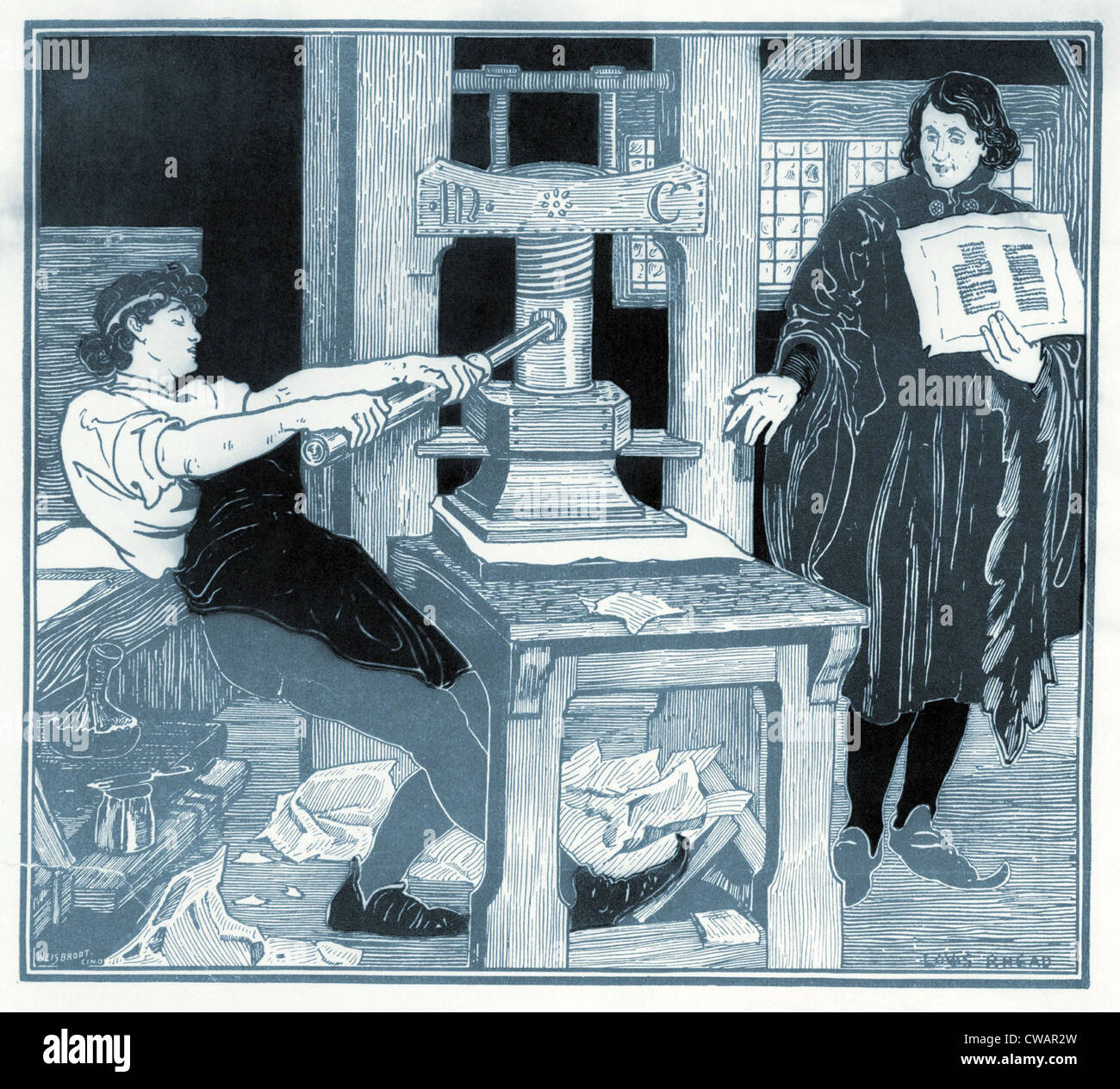 William Caxton (1422-1491), English translator and publisher, printed the first book in the English language, THE RECUYELL OF Stock Photohttps://www.alamy.com/image-license-details/?v=1https://www.alamy.com/stock-photo-william-caxton-1422-1491-english-translator-and-publisher-printed-50024769.html
William Caxton (1422-1491), English translator and publisher, printed the first book in the English language, THE RECUYELL OF Stock Photohttps://www.alamy.com/image-license-details/?v=1https://www.alamy.com/stock-photo-william-caxton-1422-1491-english-translator-and-publisher-printed-50024769.htmlRMCWAR2W–William Caxton (1422-1491), English translator and publisher, printed the first book in the English language, THE RECUYELL OF
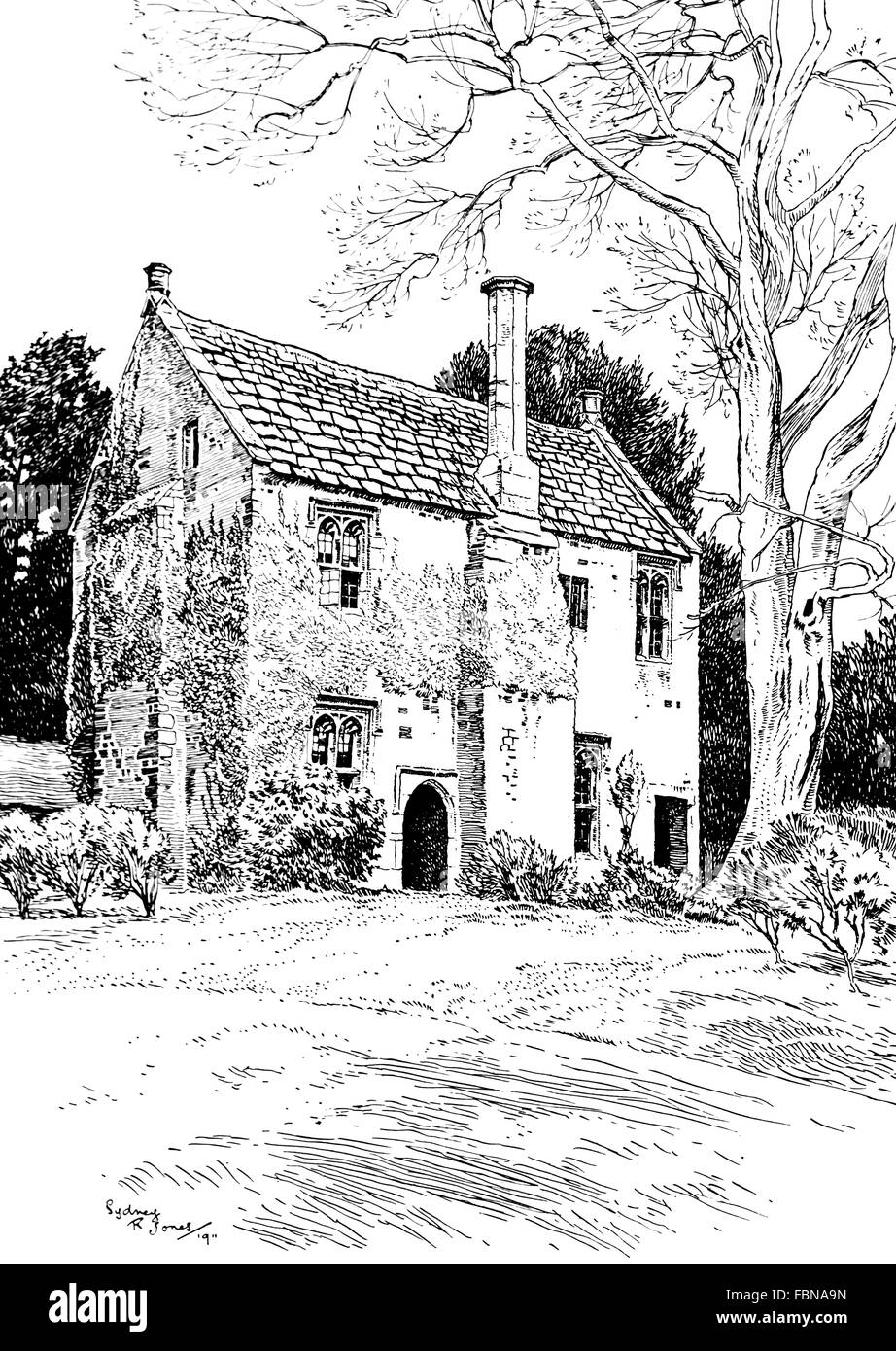 UK, England, Dorset, Trent, The Chantry, old 1400s house covered in creeper, 1911 line illustration by, Sydney R Jones Stock Photohttps://www.alamy.com/image-license-details/?v=1https://www.alamy.com/stock-photo-uk-england-dorset-trent-the-chantry-old-1400s-house-covered-in-creeper-93282161.html
UK, England, Dorset, Trent, The Chantry, old 1400s house covered in creeper, 1911 line illustration by, Sydney R Jones Stock Photohttps://www.alamy.com/image-license-details/?v=1https://www.alamy.com/stock-photo-uk-england-dorset-trent-the-chantry-old-1400s-house-covered-in-creeper-93282161.htmlRMFBNA9N–UK, England, Dorset, Trent, The Chantry, old 1400s house covered in creeper, 1911 line illustration by, Sydney R Jones
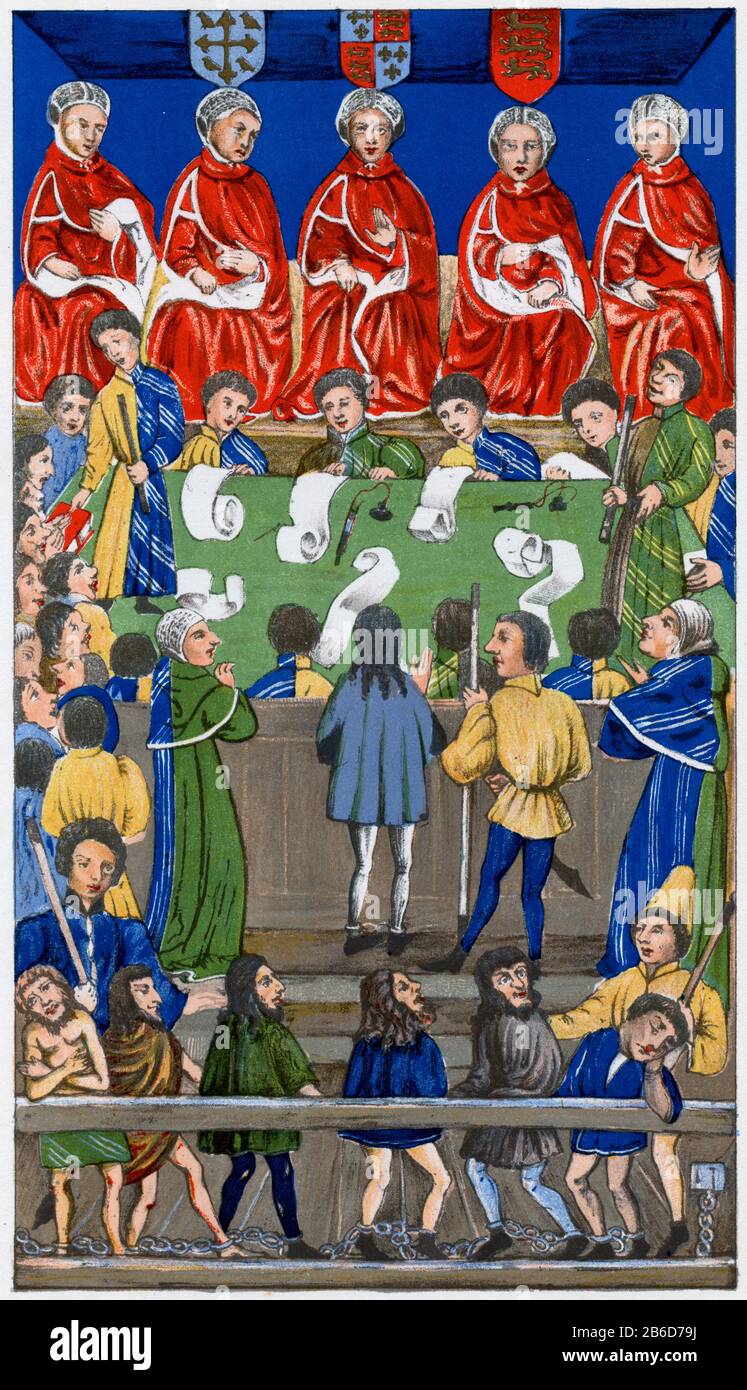 Court of King's Bench, c1460. Created in the late 12th to early 13th century the Court of King's Bench (or Court of Queen's Bench during the reign of a female monarch), formally known as The Court of the King Before the King Himself, was an English court of common law in the English legal system. This illuminated manuscript c1460 is the earliest known depiction of the English court. Stock Photohttps://www.alamy.com/image-license-details/?v=1https://www.alamy.com/court-of-kings-bench-c1460-created-in-the-late-12th-to-early-13th-century-the-court-of-kings-bench-or-court-of-queens-bench-during-the-reign-of-a-female-monarch-formally-known-as-the-court-of-the-king-before-the-king-himself-was-an-english-court-of-common-law-in-the-english-legal-system-this-illuminated-manuscript-c1460-is-the-earliest-known-depiction-of-the-english-court-image348186430.html
Court of King's Bench, c1460. Created in the late 12th to early 13th century the Court of King's Bench (or Court of Queen's Bench during the reign of a female monarch), formally known as The Court of the King Before the King Himself, was an English court of common law in the English legal system. This illuminated manuscript c1460 is the earliest known depiction of the English court. Stock Photohttps://www.alamy.com/image-license-details/?v=1https://www.alamy.com/court-of-kings-bench-c1460-created-in-the-late-12th-to-early-13th-century-the-court-of-kings-bench-or-court-of-queens-bench-during-the-reign-of-a-female-monarch-formally-known-as-the-court-of-the-king-before-the-king-himself-was-an-english-court-of-common-law-in-the-english-legal-system-this-illuminated-manuscript-c1460-is-the-earliest-known-depiction-of-the-english-court-image348186430.htmlRM2B6D79J–Court of King's Bench, c1460. Created in the late 12th to early 13th century the Court of King's Bench (or Court of Queen's Bench during the reign of a female monarch), formally known as The Court of the King Before the King Himself, was an English court of common law in the English legal system. This illuminated manuscript c1460 is the earliest known depiction of the English court.
 Lounge Bar of The Spread Eagle Hotel, a luxury British hotel in a 1400's old Coaching Inn building in Midhurst, West Sussex, England, UK. Stock Photohttps://www.alamy.com/image-license-details/?v=1https://www.alamy.com/lounge-bar-of-the-spread-eagle-hotel-a-luxury-british-hotel-in-a-1400s-old-coaching-inn-building-in-midhurst-west-sussex-england-uk-image226628428.html
Lounge Bar of The Spread Eagle Hotel, a luxury British hotel in a 1400's old Coaching Inn building in Midhurst, West Sussex, England, UK. Stock Photohttps://www.alamy.com/image-license-details/?v=1https://www.alamy.com/lounge-bar-of-the-spread-eagle-hotel-a-luxury-british-hotel-in-a-1400s-old-coaching-inn-building-in-midhurst-west-sussex-england-uk-image226628428.htmlRMR4KPTC–Lounge Bar of The Spread Eagle Hotel, a luxury British hotel in a 1400's old Coaching Inn building in Midhurst, West Sussex, England, UK.
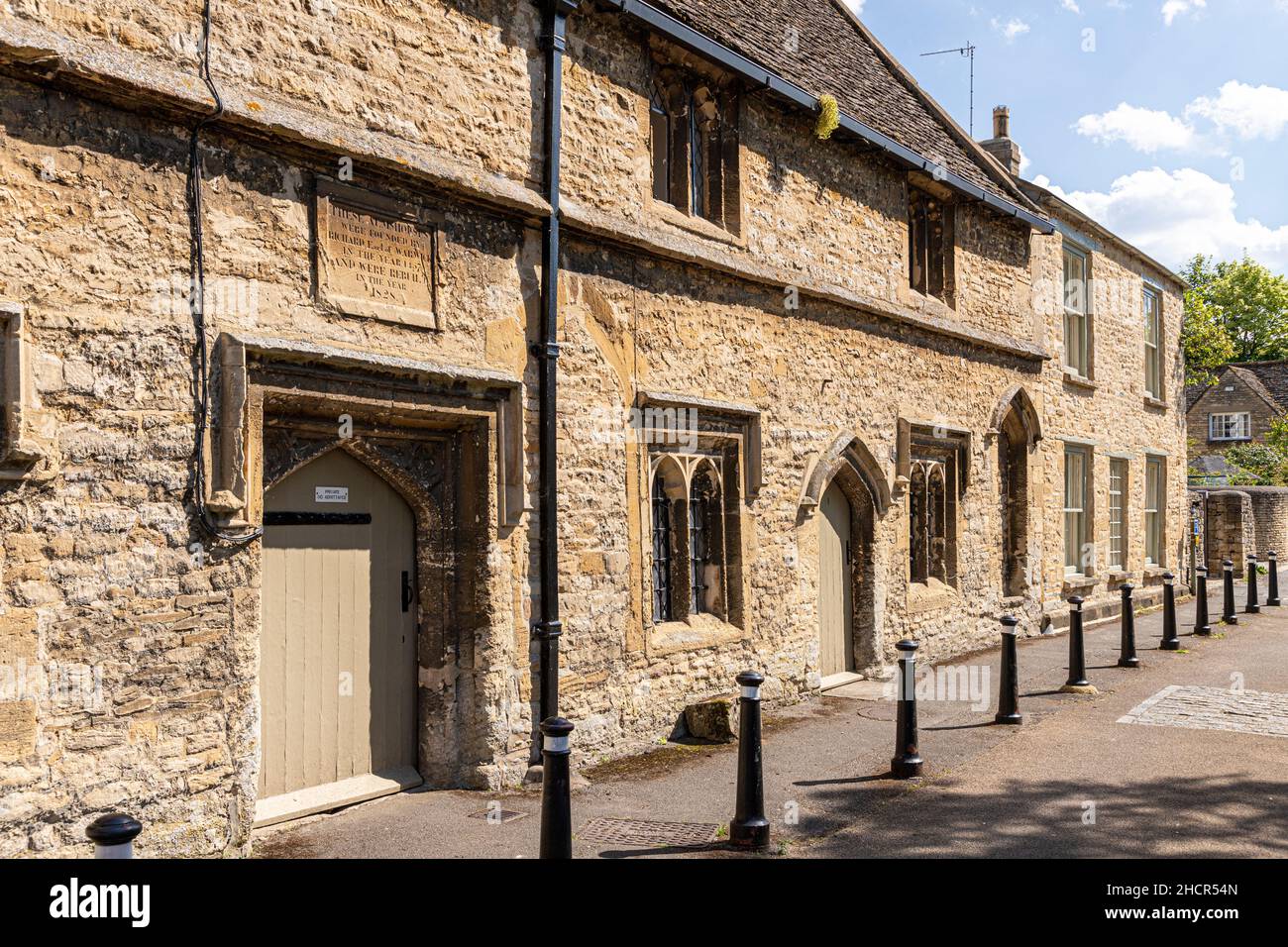 The medieval Warwick Almshouses in the Cotswold town of Burford, Oxfordshire UK Stock Photohttps://www.alamy.com/image-license-details/?v=1https://www.alamy.com/the-medieval-warwick-almshouses-in-the-cotswold-town-of-burford-oxfordshire-uk-image455354389.html
The medieval Warwick Almshouses in the Cotswold town of Burford, Oxfordshire UK Stock Photohttps://www.alamy.com/image-license-details/?v=1https://www.alamy.com/the-medieval-warwick-almshouses-in-the-cotswold-town-of-burford-oxfordshire-uk-image455354389.htmlRM2HCR54N–The medieval Warwick Almshouses in the Cotswold town of Burford, Oxfordshire UK
 The image shows an English Knight of the Garter between 1450 and 1500. The Order of the Garter is the oldest and most important order of knighthood in England. Instituted around 1346 by Edward III, it originally was limited to 25 members. The illustration dates to 1882. Stock Photohttps://www.alamy.com/image-license-details/?v=1https://www.alamy.com/the-image-shows-an-english-knight-of-the-garter-between-1450-and-1500-the-order-of-the-garter-is-the-oldest-and-most-important-order-of-knighthood-in-england-instituted-around-1346-by-edward-iii-it-originally-was-limited-to-25-members-the-illustration-dates-to-1882-image337618568.html
The image shows an English Knight of the Garter between 1450 and 1500. The Order of the Garter is the oldest and most important order of knighthood in England. Instituted around 1346 by Edward III, it originally was limited to 25 members. The illustration dates to 1882. Stock Photohttps://www.alamy.com/image-license-details/?v=1https://www.alamy.com/the-image-shows-an-english-knight-of-the-garter-between-1450-and-1500-the-order-of-the-garter-is-the-oldest-and-most-important-order-of-knighthood-in-england-instituted-around-1346-by-edward-iii-it-originally-was-limited-to-25-members-the-illustration-dates-to-1882-image337618568.htmlRF2AH7RX0–The image shows an English Knight of the Garter between 1450 and 1500. The Order of the Garter is the oldest and most important order of knighthood in England. Instituted around 1346 by Edward III, it originally was limited to 25 members. The illustration dates to 1882.
 The manor house dating back to the 15th century in the Cotswold village of Temple Guiting, Gloucestershire UK Stock Photohttps://www.alamy.com/image-license-details/?v=1https://www.alamy.com/the-manor-house-dating-back-to-the-15th-century-in-the-cotswold-village-of-temple-guiting-gloucestershire-uk-image382006957.html
The manor house dating back to the 15th century in the Cotswold village of Temple Guiting, Gloucestershire UK Stock Photohttps://www.alamy.com/image-license-details/?v=1https://www.alamy.com/the-manor-house-dating-back-to-the-15th-century-in-the-cotswold-village-of-temple-guiting-gloucestershire-uk-image382006957.htmlRM2D5DWNH–The manor house dating back to the 15th century in the Cotswold village of Temple Guiting, Gloucestershire UK
 This image, dating to around 1899, shows The Princes in the Tower. The princes were Edward V and his brother Richard Duke of York, the sons of Edward IV and his Queen, Elizabeth Woodville. Their uncle, Richard of Gloucester, later Richard III, came after them in the succession. Sir Thomas More believed that the boys were murdered by their uncle (probably around 1483). Shakespeare portrayed Richard III as the murderous uncle. More wrote that the princes were buried “at the stair-foot, meetly deep.” However, Henry Tudor (Henry VII) also had much to gain and some believe he had the princes murder Stock Photohttps://www.alamy.com/image-license-details/?v=1https://www.alamy.com/this-image-dating-to-around-1899-shows-the-princes-in-the-tower-the-princes-were-edward-v-and-his-brother-richard-duke-of-york-the-sons-of-edward-iv-and-his-queen-elizabeth-woodville-their-uncle-richard-of-gloucester-later-richard-iii-came-after-them-in-the-succession-sir-thomas-more-believed-that-the-boys-were-murdered-by-their-uncle-probably-around-1483-shakespeare-portrayed-richard-iii-as-the-murderous-uncle-more-wrote-that-the-princes-were-buried-at-the-stair-foot-meetly-deep-however-henry-tudor-henry-vii-also-had-much-to-gain-and-some-believe-he-had-the-princes-murder-image469340036.html
This image, dating to around 1899, shows The Princes in the Tower. The princes were Edward V and his brother Richard Duke of York, the sons of Edward IV and his Queen, Elizabeth Woodville. Their uncle, Richard of Gloucester, later Richard III, came after them in the succession. Sir Thomas More believed that the boys were murdered by their uncle (probably around 1483). Shakespeare portrayed Richard III as the murderous uncle. More wrote that the princes were buried “at the stair-foot, meetly deep.” However, Henry Tudor (Henry VII) also had much to gain and some believe he had the princes murder Stock Photohttps://www.alamy.com/image-license-details/?v=1https://www.alamy.com/this-image-dating-to-around-1899-shows-the-princes-in-the-tower-the-princes-were-edward-v-and-his-brother-richard-duke-of-york-the-sons-of-edward-iv-and-his-queen-elizabeth-woodville-their-uncle-richard-of-gloucester-later-richard-iii-came-after-them-in-the-succession-sir-thomas-more-believed-that-the-boys-were-murdered-by-their-uncle-probably-around-1483-shakespeare-portrayed-richard-iii-as-the-murderous-uncle-more-wrote-that-the-princes-were-buried-at-the-stair-foot-meetly-deep-however-henry-tudor-henry-vii-also-had-much-to-gain-and-some-believe-he-had-the-princes-murder-image469340036.htmlRF2J7G804–This image, dating to around 1899, shows The Princes in the Tower. The princes were Edward V and his brother Richard Duke of York, the sons of Edward IV and his Queen, Elizabeth Woodville. Their uncle, Richard of Gloucester, later Richard III, came after them in the succession. Sir Thomas More believed that the boys were murdered by their uncle (probably around 1483). Shakespeare portrayed Richard III as the murderous uncle. More wrote that the princes were buried “at the stair-foot, meetly deep.” However, Henry Tudor (Henry VII) also had much to gain and some believe he had the princes murder
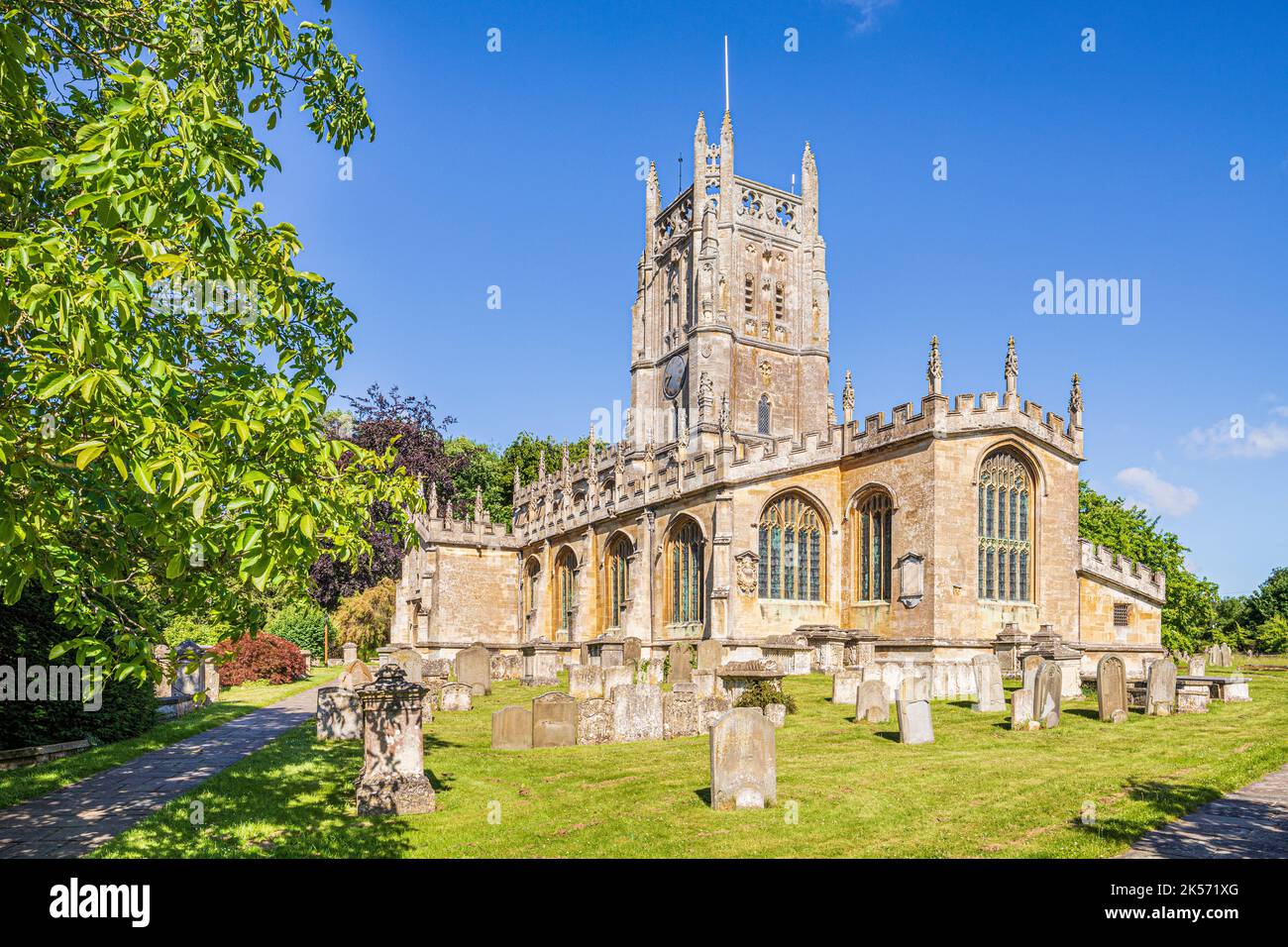 St Mary's church in the Cotswold town of Fairford, Gloucestershire, England UK - Famous for its stained glass windows. Stock Photohttps://www.alamy.com/image-license-details/?v=1https://www.alamy.com/st-marys-church-in-the-cotswold-town-of-fairford-gloucestershire-england-uk-famous-for-its-stained-glass-windows-image485118776.html
St Mary's church in the Cotswold town of Fairford, Gloucestershire, England UK - Famous for its stained glass windows. Stock Photohttps://www.alamy.com/image-license-details/?v=1https://www.alamy.com/st-marys-church-in-the-cotswold-town-of-fairford-gloucestershire-england-uk-famous-for-its-stained-glass-windows-image485118776.htmlRM2K571XG–St Mary's church in the Cotswold town of Fairford, Gloucestershire, England UK - Famous for its stained glass windows.
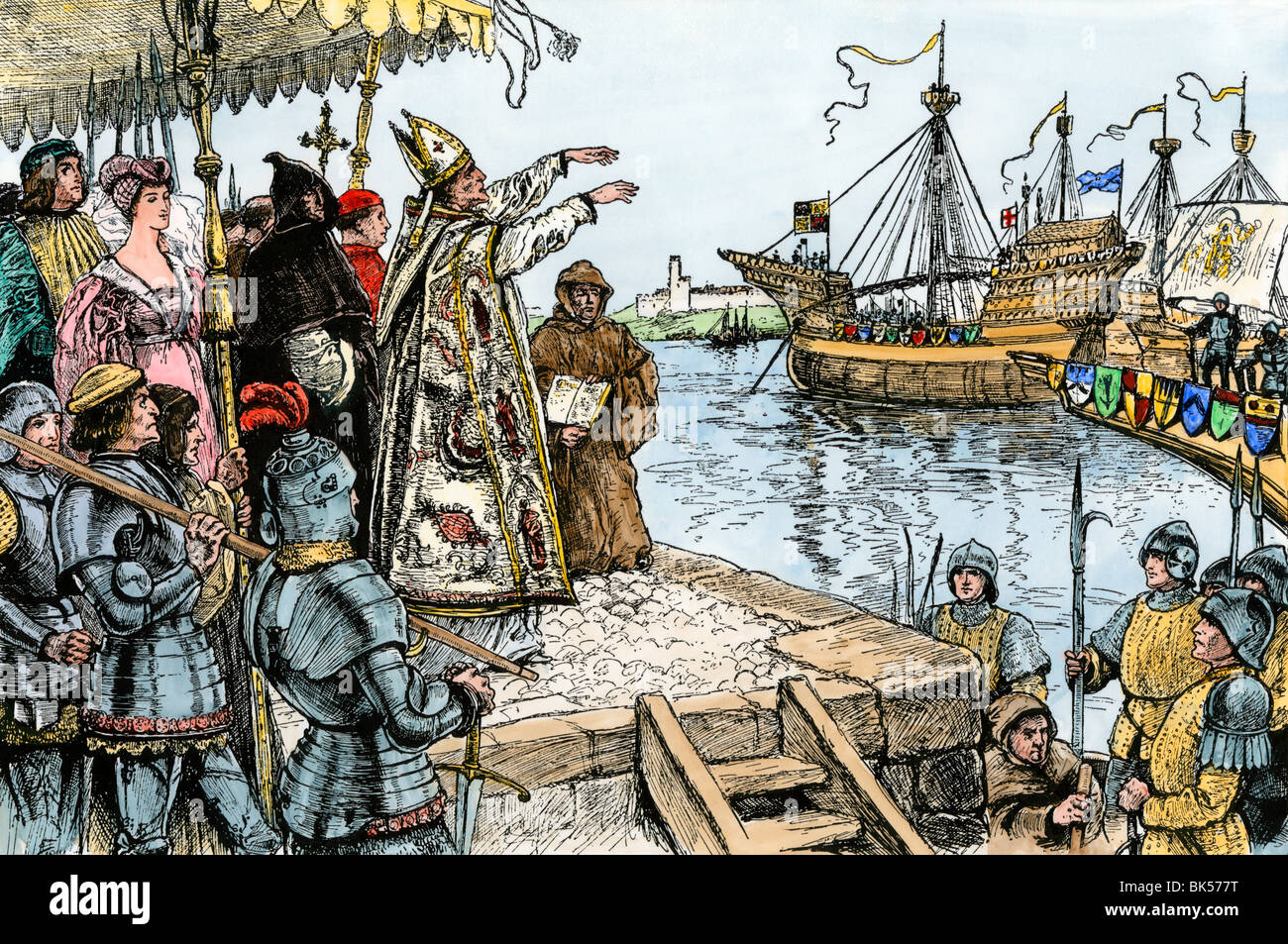 Henry V sending English forces to battle in France, Hundred Years' War, 1400s. Hand-colored woodcut Stock Photohttps://www.alamy.com/image-license-details/?v=1https://www.alamy.com/stock-photo-henry-v-sending-english-forces-to-battle-in-france-hundred-years-war-29004300.html
Henry V sending English forces to battle in France, Hundred Years' War, 1400s. Hand-colored woodcut Stock Photohttps://www.alamy.com/image-license-details/?v=1https://www.alamy.com/stock-photo-henry-v-sending-english-forces-to-battle-in-france-hundred-years-war-29004300.htmlRMBK577T–Henry V sending English forces to battle in France, Hundred Years' War, 1400s. Hand-colored woodcut
 The Round Tower and Square Tower at Southsea, Hampshire UK - Built in the fifteenth century as part of the defences for Portsmouth Stock Photohttps://www.alamy.com/image-license-details/?v=1https://www.alamy.com/the-round-tower-and-square-tower-at-southsea-hampshire-uk-built-in-the-fifteenth-century-as-part-of-the-defences-for-portsmouth-image416263251.html
The Round Tower and Square Tower at Southsea, Hampshire UK - Built in the fifteenth century as part of the defences for Portsmouth Stock Photohttps://www.alamy.com/image-license-details/?v=1https://www.alamy.com/the-round-tower-and-square-tower-at-southsea-hampshire-uk-built-in-the-fifteenth-century-as-part-of-the-defences-for-portsmouth-image416263251.htmlRF2F56C0K–The Round Tower and Square Tower at Southsea, Hampshire UK - Built in the fifteenth century as part of the defences for Portsmouth
 Interesting Events in British History - Caxton and the English language Stock Photohttps://www.alamy.com/image-license-details/?v=1https://www.alamy.com/stock-photo-interesting-events-in-british-history-caxton-and-the-english-language-174151894.html
Interesting Events in British History - Caxton and the English language Stock Photohttps://www.alamy.com/image-license-details/?v=1https://www.alamy.com/stock-photo-interesting-events-in-british-history-caxton-and-the-english-language-174151894.htmlRMM398EE–Interesting Events in British History - Caxton and the English language
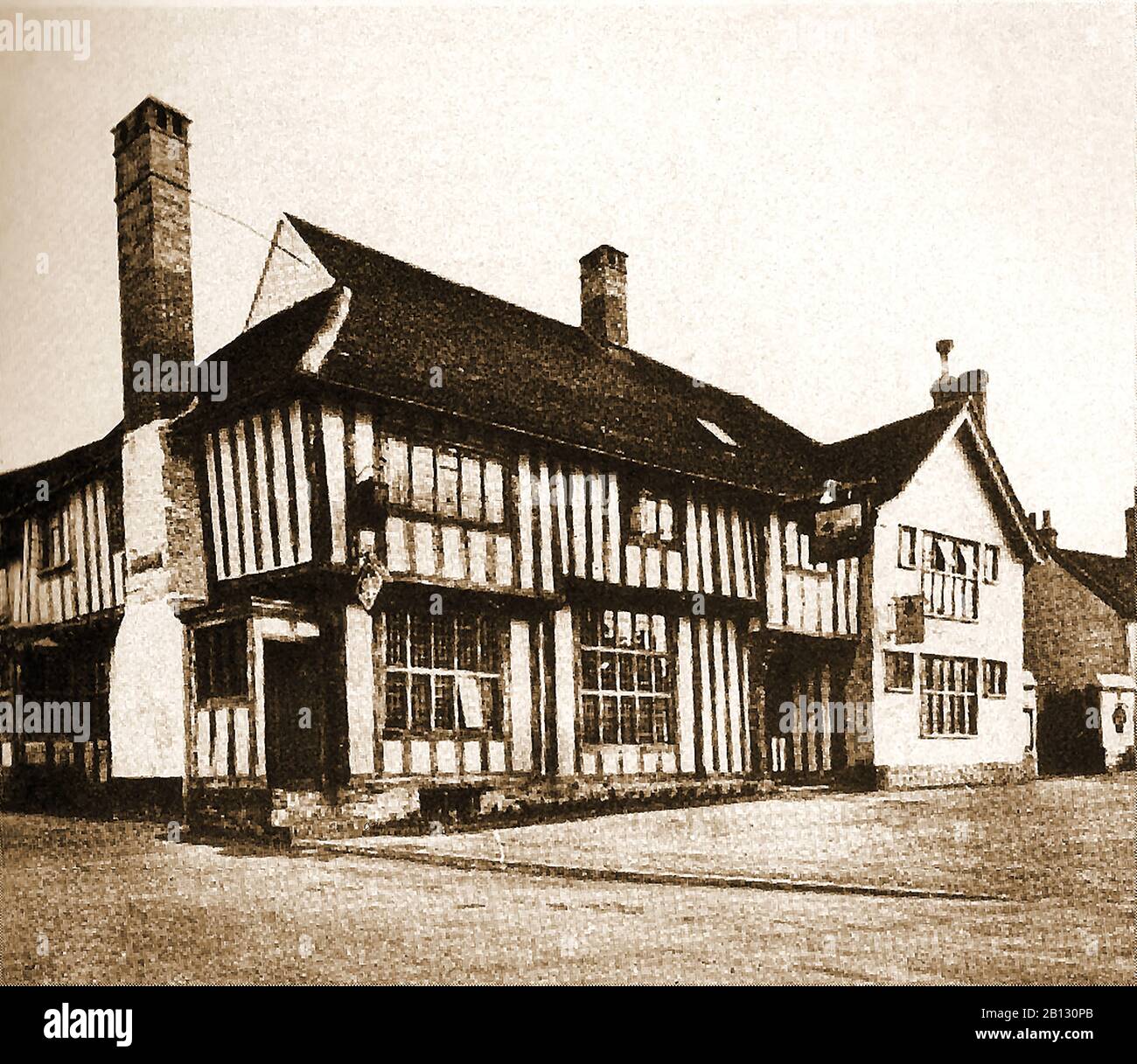 c 1940's - An old photograph of the historic timbered Bull Inn at Long Melford , a Suffolk village in England(Originally a Merchant's House built in 1450 and later a coaching inn) . The ghost of Richard Evered who was stabbed to death in the hotel in 1648 is said to still haunt the hotels halls, rooms (particularly room 4) and corridors. A beam in the lounge is carved with the image of a ‘Wildman’ or ‘Woodwose, a similar mythical being like the green man, but with a full body. Stock Photohttps://www.alamy.com/image-license-details/?v=1https://www.alamy.com/c-1940s-an-old-photograph-of-the-historic-timbered-bull-inn-at-long-melford-a-suffolk-village-in-englandoriginally-a-merchants-house-built-in-1450-and-later-a-coaching-inn-the-ghost-of-richard-evered-who-was-stabbed-to-death-in-the-hotel-in-1648-is-said-to-still-haunt-the-hotels-halls-rooms-particularly-room-4-and-corridors-a-beam-in-the-lounge-is-carved-with-the-image-of-a-wildman-or-woodwose-a-similar-mythical-being-like-the-green-man-but-with-a-full-body-image344888499.html
c 1940's - An old photograph of the historic timbered Bull Inn at Long Melford , a Suffolk village in England(Originally a Merchant's House built in 1450 and later a coaching inn) . The ghost of Richard Evered who was stabbed to death in the hotel in 1648 is said to still haunt the hotels halls, rooms (particularly room 4) and corridors. A beam in the lounge is carved with the image of a ‘Wildman’ or ‘Woodwose, a similar mythical being like the green man, but with a full body. Stock Photohttps://www.alamy.com/image-license-details/?v=1https://www.alamy.com/c-1940s-an-old-photograph-of-the-historic-timbered-bull-inn-at-long-melford-a-suffolk-village-in-englandoriginally-a-merchants-house-built-in-1450-and-later-a-coaching-inn-the-ghost-of-richard-evered-who-was-stabbed-to-death-in-the-hotel-in-1648-is-said-to-still-haunt-the-hotels-halls-rooms-particularly-room-4-and-corridors-a-beam-in-the-lounge-is-carved-with-the-image-of-a-wildman-or-woodwose-a-similar-mythical-being-like-the-green-man-but-with-a-full-body-image344888499.htmlRM2B130PB–c 1940's - An old photograph of the historic timbered Bull Inn at Long Melford , a Suffolk village in England(Originally a Merchant's House built in 1450 and later a coaching inn) . The ghost of Richard Evered who was stabbed to death in the hotel in 1648 is said to still haunt the hotels halls, rooms (particularly room 4) and corridors. A beam in the lounge is carved with the image of a ‘Wildman’ or ‘Woodwose, a similar mythical being like the green man, but with a full body.
 An old engraving during the reign of Henry VII of England showing a trial of weights and measures at the exchequer in 1497. Barrels and measuring cups are being tested. A clerk with weighing scales is centre left whilst the results are being recorded by a scribe using a quill pen (centre). Another official (bottom right) is destroying on a fire those measures which do not come up to the correct standard. Setting strict standards for weights and measures was necessary to maintain confidence in trading goods. The penalties for selling short measures could be severe. Stock Photohttps://www.alamy.com/image-license-details/?v=1https://www.alamy.com/an-old-engraving-during-the-reign-of-henry-vii-of-england-showing-a-trial-of-weights-and-measures-at-the-exchequer-in-1497-barrels-and-measuring-cups-are-being-tested-a-clerk-with-weighing-scales-is-centre-left-whilst-the-results-are-being-recorded-by-a-scribe-using-a-quill-pen-centre-another-official-bottom-right-is-destroying-on-a-fire-those-measures-which-do-not-come-up-to-the-correct-standard-setting-strict-standards-for-weights-and-measures-was-necessary-to-maintain-confidence-in-trading-goods-the-penalties-for-selling-short-measures-could-be-severe-image369154713.html
An old engraving during the reign of Henry VII of England showing a trial of weights and measures at the exchequer in 1497. Barrels and measuring cups are being tested. A clerk with weighing scales is centre left whilst the results are being recorded by a scribe using a quill pen (centre). Another official (bottom right) is destroying on a fire those measures which do not come up to the correct standard. Setting strict standards for weights and measures was necessary to maintain confidence in trading goods. The penalties for selling short measures could be severe. Stock Photohttps://www.alamy.com/image-license-details/?v=1https://www.alamy.com/an-old-engraving-during-the-reign-of-henry-vii-of-england-showing-a-trial-of-weights-and-measures-at-the-exchequer-in-1497-barrels-and-measuring-cups-are-being-tested-a-clerk-with-weighing-scales-is-centre-left-whilst-the-results-are-being-recorded-by-a-scribe-using-a-quill-pen-centre-another-official-bottom-right-is-destroying-on-a-fire-those-measures-which-do-not-come-up-to-the-correct-standard-setting-strict-standards-for-weights-and-measures-was-necessary-to-maintain-confidence-in-trading-goods-the-penalties-for-selling-short-measures-could-be-severe-image369154713.htmlRM2CCGCGW–An old engraving during the reign of Henry VII of England showing a trial of weights and measures at the exchequer in 1497. Barrels and measuring cups are being tested. A clerk with weighing scales is centre left whilst the results are being recorded by a scribe using a quill pen (centre). Another official (bottom right) is destroying on a fire those measures which do not come up to the correct standard. Setting strict standards for weights and measures was necessary to maintain confidence in trading goods. The penalties for selling short measures could be severe.
 Wolfeton House secluded from outside world by ancient woodland in Dorset, England, UK. Stock Photohttps://www.alamy.com/image-license-details/?v=1https://www.alamy.com/wolfeton-house-secluded-from-outside-world-by-ancient-woodland-in-dorset-england-uk-image574491635.html
Wolfeton House secluded from outside world by ancient woodland in Dorset, England, UK. Stock Photohttps://www.alamy.com/image-license-details/?v=1https://www.alamy.com/wolfeton-house-secluded-from-outside-world-by-ancient-woodland-in-dorset-england-uk-image574491635.htmlRM2TAJ9XB–Wolfeton House secluded from outside world by ancient woodland in Dorset, England, UK.
 An old engraving of a typical street in London, England, UK in c.1500. It is from a Victorian history book of c.1900. By the 14th century London was England’s leading commercial centre. Here merchants are selling goods from the front of their dwellings. Signs above these shops indicate what was being sold. London was a major centre of manufacturing, in small workshops around the city. Only freemen were allowed to be retailers. In the 14th century members of each trade began to wear a uniform or ‘livery’ and the trade guilds were known as ‘Livery Companies’. Stock Photohttps://www.alamy.com/image-license-details/?v=1https://www.alamy.com/an-old-engraving-of-a-typical-street-in-london-england-uk-in-c1500-it-is-from-a-victorian-history-book-of-c1900-by-the-14th-century-london-was-englands-leading-commercial-centre-here-merchants-are-selling-goods-from-the-front-of-their-dwellings-signs-above-these-shops-indicate-what-was-being-sold-london-was-a-major-centre-of-manufacturing-in-small-workshops-around-the-city-only-freemen-were-allowed-to-be-retailers-in-the-14th-century-members-of-each-trade-began-to-wear-a-uniform-or-livery-and-the-trade-guilds-were-known-as-livery-companies-image625197789.html
An old engraving of a typical street in London, England, UK in c.1500. It is from a Victorian history book of c.1900. By the 14th century London was England’s leading commercial centre. Here merchants are selling goods from the front of their dwellings. Signs above these shops indicate what was being sold. London was a major centre of manufacturing, in small workshops around the city. Only freemen were allowed to be retailers. In the 14th century members of each trade began to wear a uniform or ‘livery’ and the trade guilds were known as ‘Livery Companies’. Stock Photohttps://www.alamy.com/image-license-details/?v=1https://www.alamy.com/an-old-engraving-of-a-typical-street-in-london-england-uk-in-c1500-it-is-from-a-victorian-history-book-of-c1900-by-the-14th-century-london-was-englands-leading-commercial-centre-here-merchants-are-selling-goods-from-the-front-of-their-dwellings-signs-above-these-shops-indicate-what-was-being-sold-london-was-a-major-centre-of-manufacturing-in-small-workshops-around-the-city-only-freemen-were-allowed-to-be-retailers-in-the-14th-century-members-of-each-trade-began-to-wear-a-uniform-or-livery-and-the-trade-guilds-were-known-as-livery-companies-image625197789.htmlRM2Y9464D–An old engraving of a typical street in London, England, UK in c.1500. It is from a Victorian history book of c.1900. By the 14th century London was England’s leading commercial centre. Here merchants are selling goods from the front of their dwellings. Signs above these shops indicate what was being sold. London was a major centre of manufacturing, in small workshops around the city. Only freemen were allowed to be retailers. In the 14th century members of each trade began to wear a uniform or ‘livery’ and the trade guilds were known as ‘Livery Companies’.
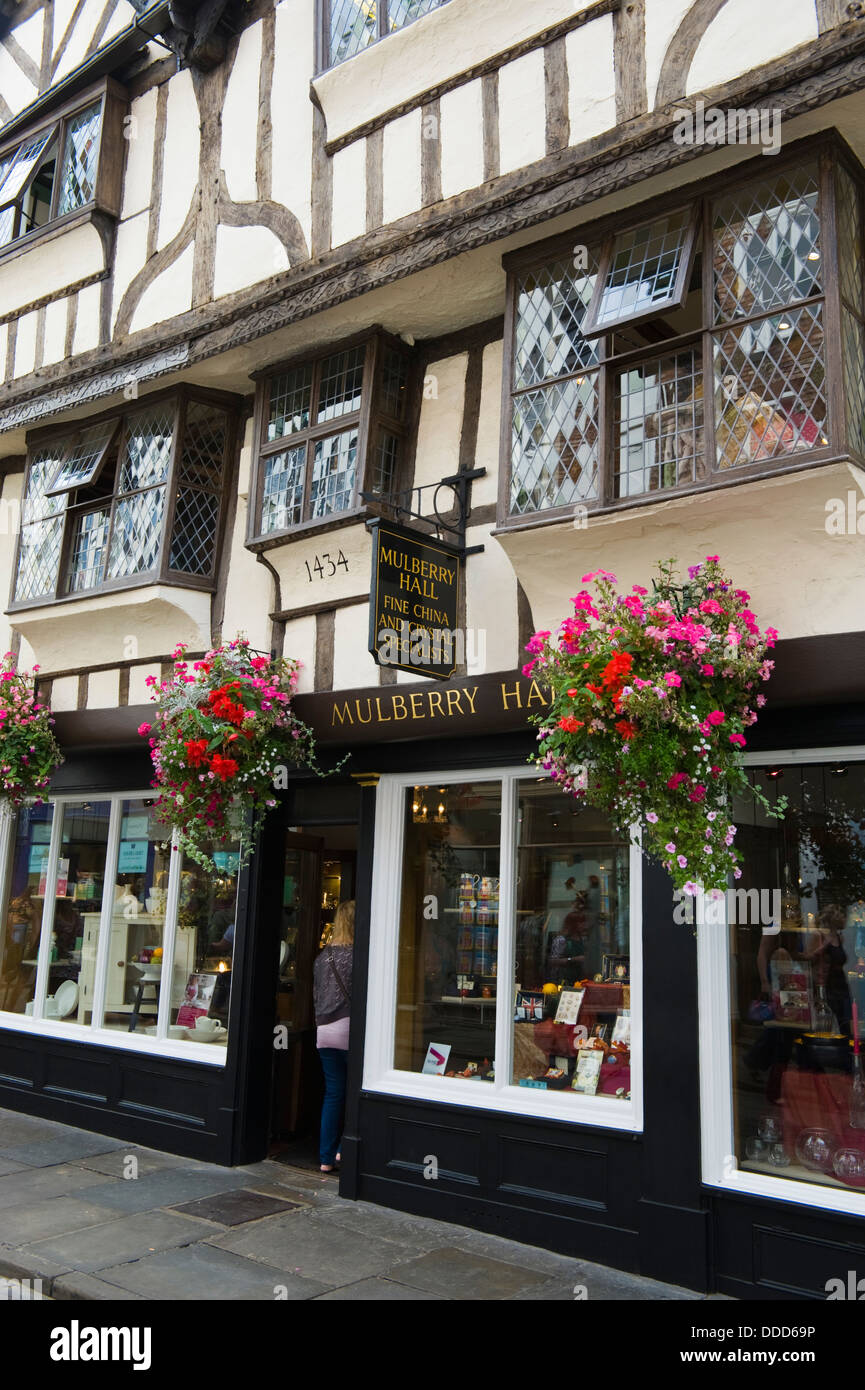 MULBERRY HALL store dated 1434 at Stonegate in the city centre of York North Yorkshire England UK Stock Photohttps://www.alamy.com/image-license-details/?v=1https://www.alamy.com/stock-photo-mulberry-hall-store-dated-1434-at-stonegate-in-the-city-centre-of-59911986.html
MULBERRY HALL store dated 1434 at Stonegate in the city centre of York North Yorkshire England UK Stock Photohttps://www.alamy.com/image-license-details/?v=1https://www.alamy.com/stock-photo-mulberry-hall-store-dated-1434-at-stonegate-in-the-city-centre-of-59911986.htmlRMDDD69P–MULBERRY HALL store dated 1434 at Stonegate in the city centre of York North Yorkshire England UK
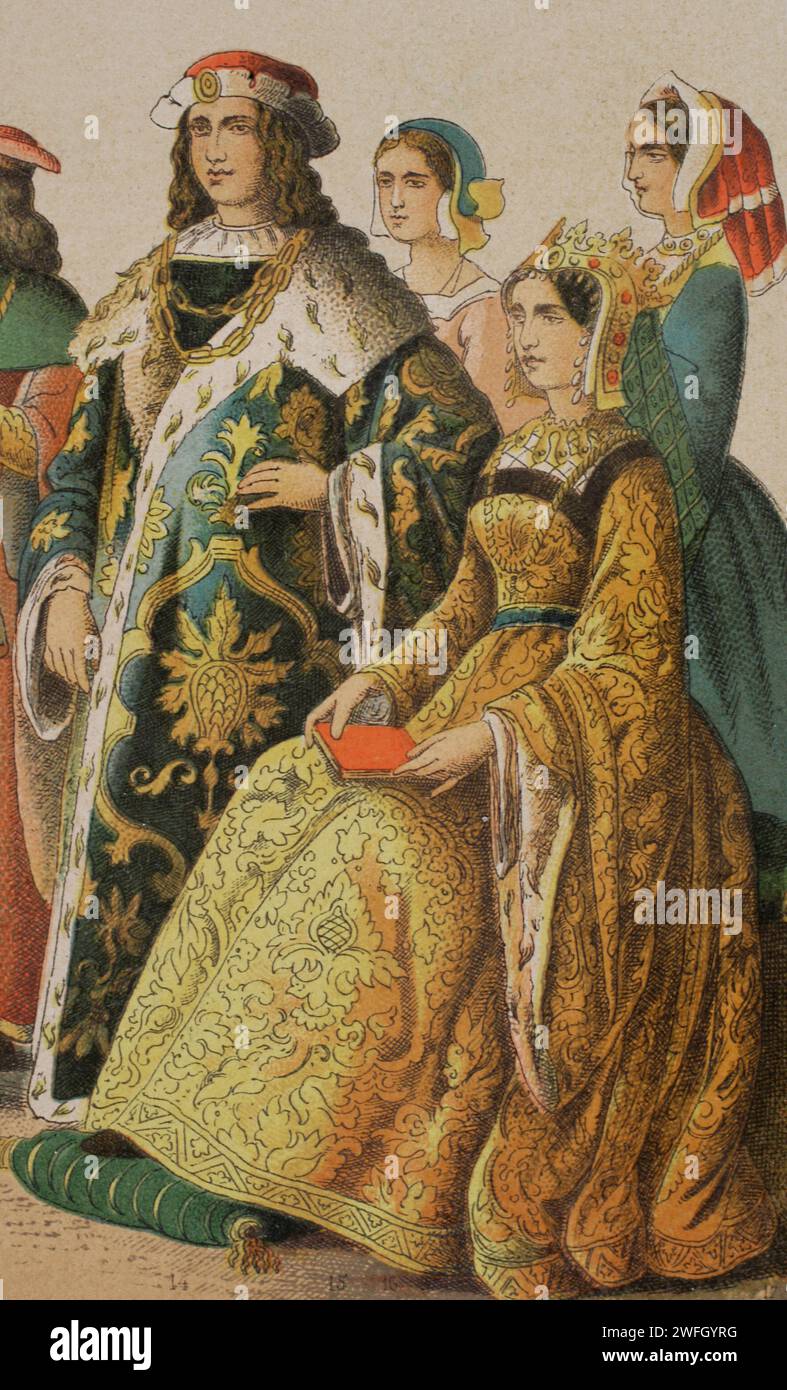 King Henry VI of England (1421-1471) and his wife, Queen consort Margaret of Anjou (1430-1482). Chromolithography. 'Historia Universal', by César Cantú. Volume VI, 1885. Stock Photohttps://www.alamy.com/image-license-details/?v=1https://www.alamy.com/king-henry-vi-of-england-1421-1471-and-his-wife-queen-consort-margaret-of-anjou-1430-1482-chromolithography-historia-universal-by-csar-cant-volume-vi-1885-image594745412.html
King Henry VI of England (1421-1471) and his wife, Queen consort Margaret of Anjou (1430-1482). Chromolithography. 'Historia Universal', by César Cantú. Volume VI, 1885. Stock Photohttps://www.alamy.com/image-license-details/?v=1https://www.alamy.com/king-henry-vi-of-england-1421-1471-and-his-wife-queen-consort-margaret-of-anjou-1430-1482-chromolithography-historia-universal-by-csar-cant-volume-vi-1885-image594745412.htmlRM2WFGYRG–King Henry VI of England (1421-1471) and his wife, Queen consort Margaret of Anjou (1430-1482). Chromolithography. 'Historia Universal', by César Cantú. Volume VI, 1885.
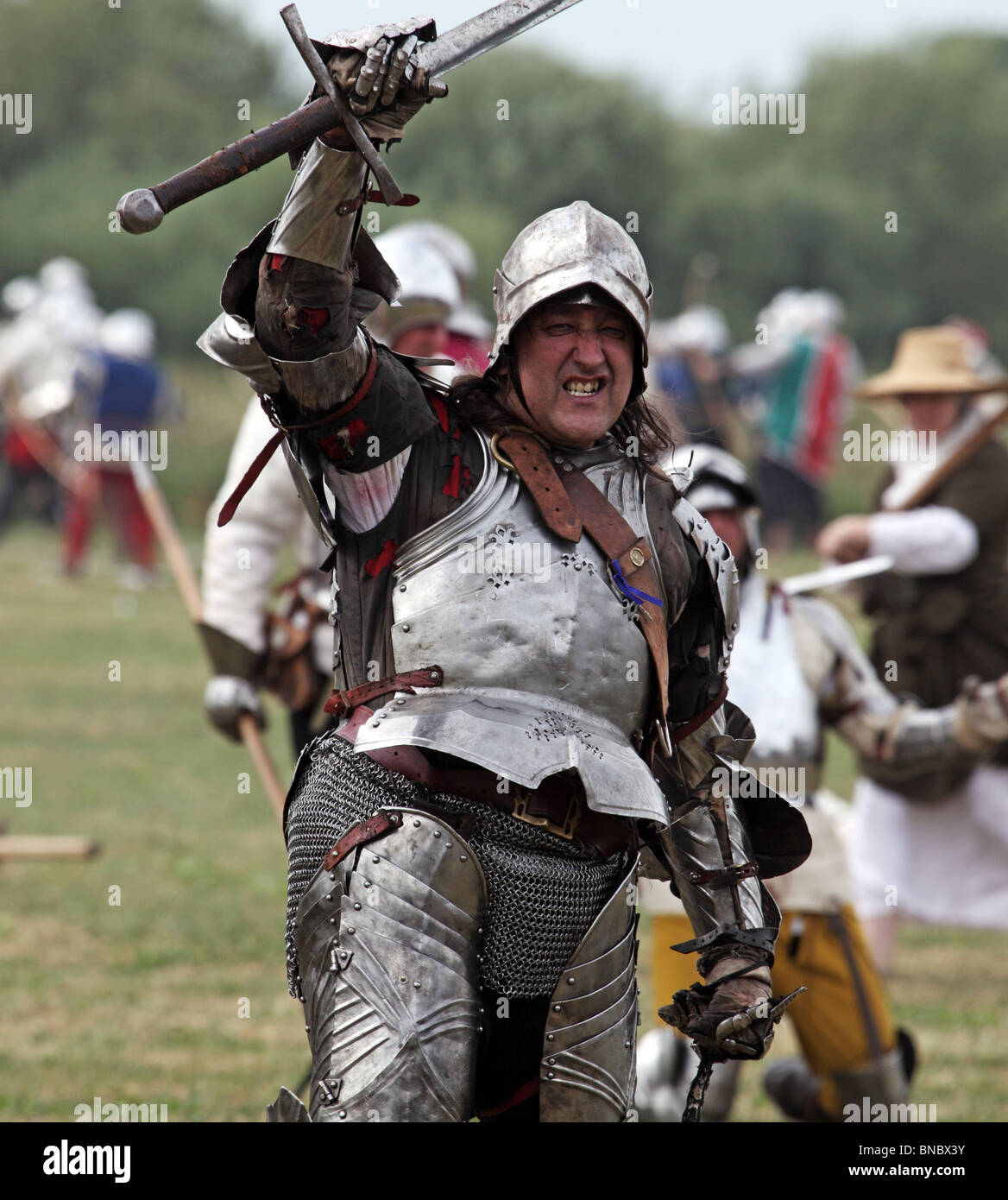 Battle of Tewkesbury Re-enactment, 2010. Man at arms shouts in victory Stock Photohttps://www.alamy.com/image-license-details/?v=1https://www.alamy.com/stock-photo-battle-of-tewkesbury-re-enactment-2010-man-at-arms-shouts-in-victory-30380111.html
Battle of Tewkesbury Re-enactment, 2010. Man at arms shouts in victory Stock Photohttps://www.alamy.com/image-license-details/?v=1https://www.alamy.com/stock-photo-battle-of-tewkesbury-re-enactment-2010-man-at-arms-shouts-in-victory-30380111.htmlRMBNBX3Y–Battle of Tewkesbury Re-enactment, 2010. Man at arms shouts in victory
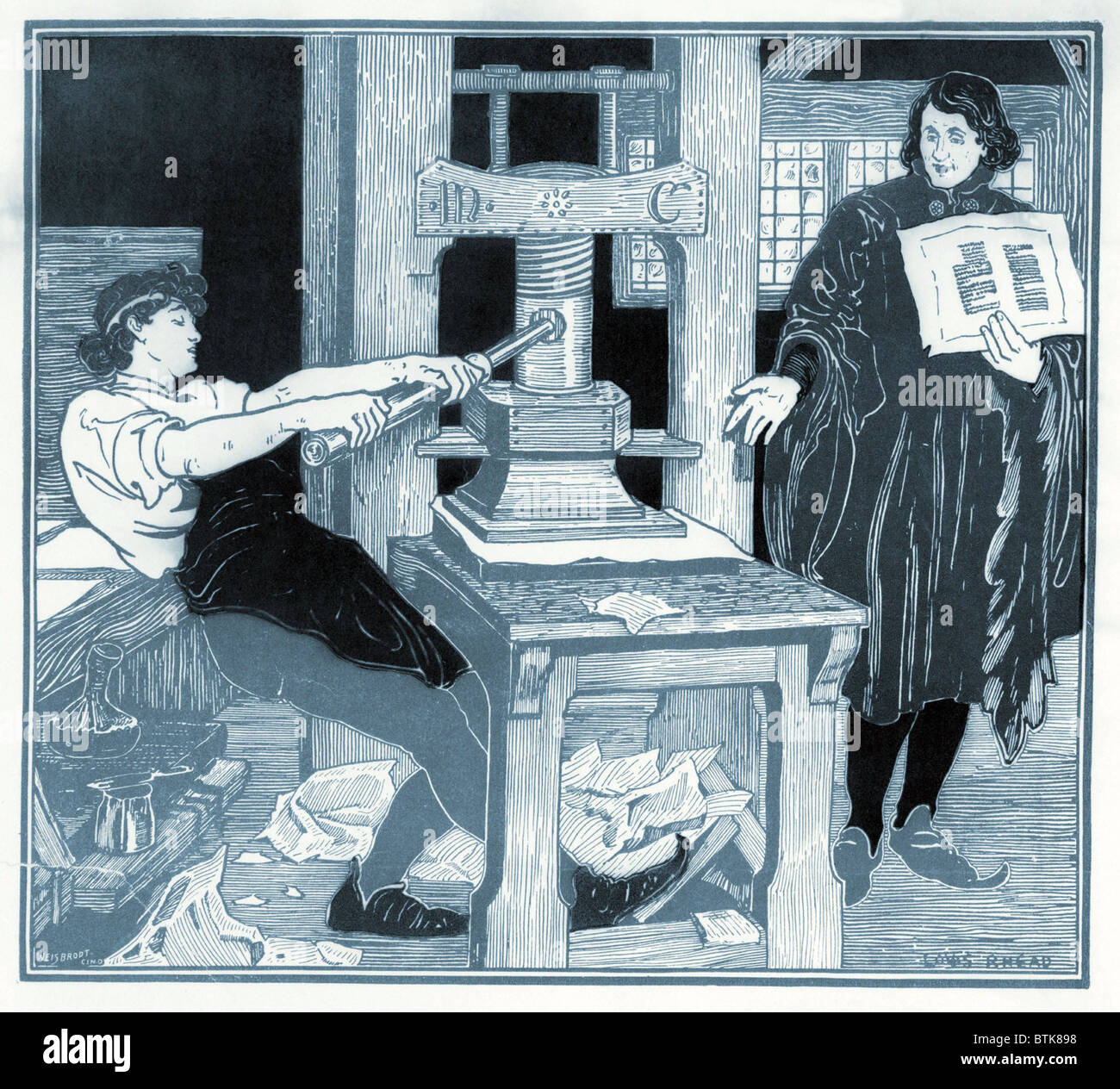 William Caxton (1422-1491), English translator and publisher, printed the first book in the English language, THE RECUYELL OF THE HISTORYES OF TROYE, 1475. Image shows Claxton holding printed page, by Louis Rhead, 1896. Stock Photohttps://www.alamy.com/image-license-details/?v=1https://www.alamy.com/stock-photo-william-caxton-1422-1491-english-translator-and-publisher-printed-32385732.html
William Caxton (1422-1491), English translator and publisher, printed the first book in the English language, THE RECUYELL OF THE HISTORYES OF TROYE, 1475. Image shows Claxton holding printed page, by Louis Rhead, 1896. Stock Photohttps://www.alamy.com/image-license-details/?v=1https://www.alamy.com/stock-photo-william-caxton-1422-1491-english-translator-and-publisher-printed-32385732.htmlRMBTK898–William Caxton (1422-1491), English translator and publisher, printed the first book in the English language, THE RECUYELL OF THE HISTORYES OF TROYE, 1475. Image shows Claxton holding printed page, by Louis Rhead, 1896.
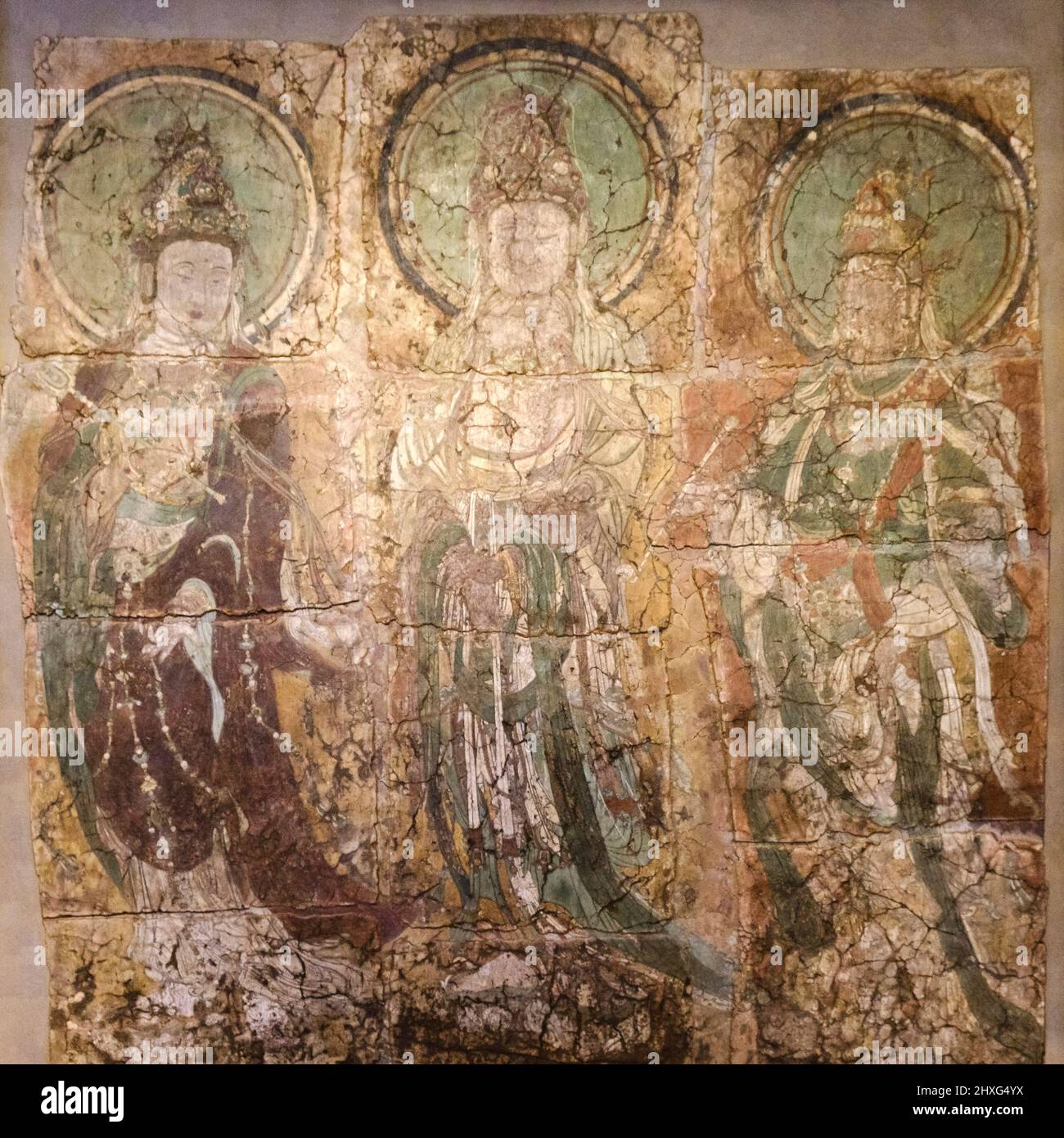 Three Bodhisattvas, Xinfang County, Hebei, 1400s, British museum, London, England, Great Britain. Stock Photohttps://www.alamy.com/image-license-details/?v=1https://www.alamy.com/three-bodhisattvas-xinfang-county-hebei-1400s-british-museum-london-england-great-britain-image463805774.html
Three Bodhisattvas, Xinfang County, Hebei, 1400s, British museum, London, England, Great Britain. Stock Photohttps://www.alamy.com/image-license-details/?v=1https://www.alamy.com/three-bodhisattvas-xinfang-county-hebei-1400s-british-museum-london-england-great-britain-image463805774.htmlRM2HXG4YX–Three Bodhisattvas, Xinfang County, Hebei, 1400s, British museum, London, England, Great Britain.
 Kilchurn Castle was built in the mid-1400s by Sir Colin Campbell, 1st Lord of Glenorchy. Stock Photohttps://www.alamy.com/image-license-details/?v=1https://www.alamy.com/kilchurn-castle-was-built-in-the-mid-1400s-by-sir-colin-campbell-1st-lord-of-glenorchy-image626173671.html
Kilchurn Castle was built in the mid-1400s by Sir Colin Campbell, 1st Lord of Glenorchy. Stock Photohttps://www.alamy.com/image-license-details/?v=1https://www.alamy.com/kilchurn-castle-was-built-in-the-mid-1400s-by-sir-colin-campbell-1st-lord-of-glenorchy-image626173671.htmlRF2YAMJWB–Kilchurn Castle was built in the mid-1400s by Sir Colin Campbell, 1st Lord of Glenorchy.
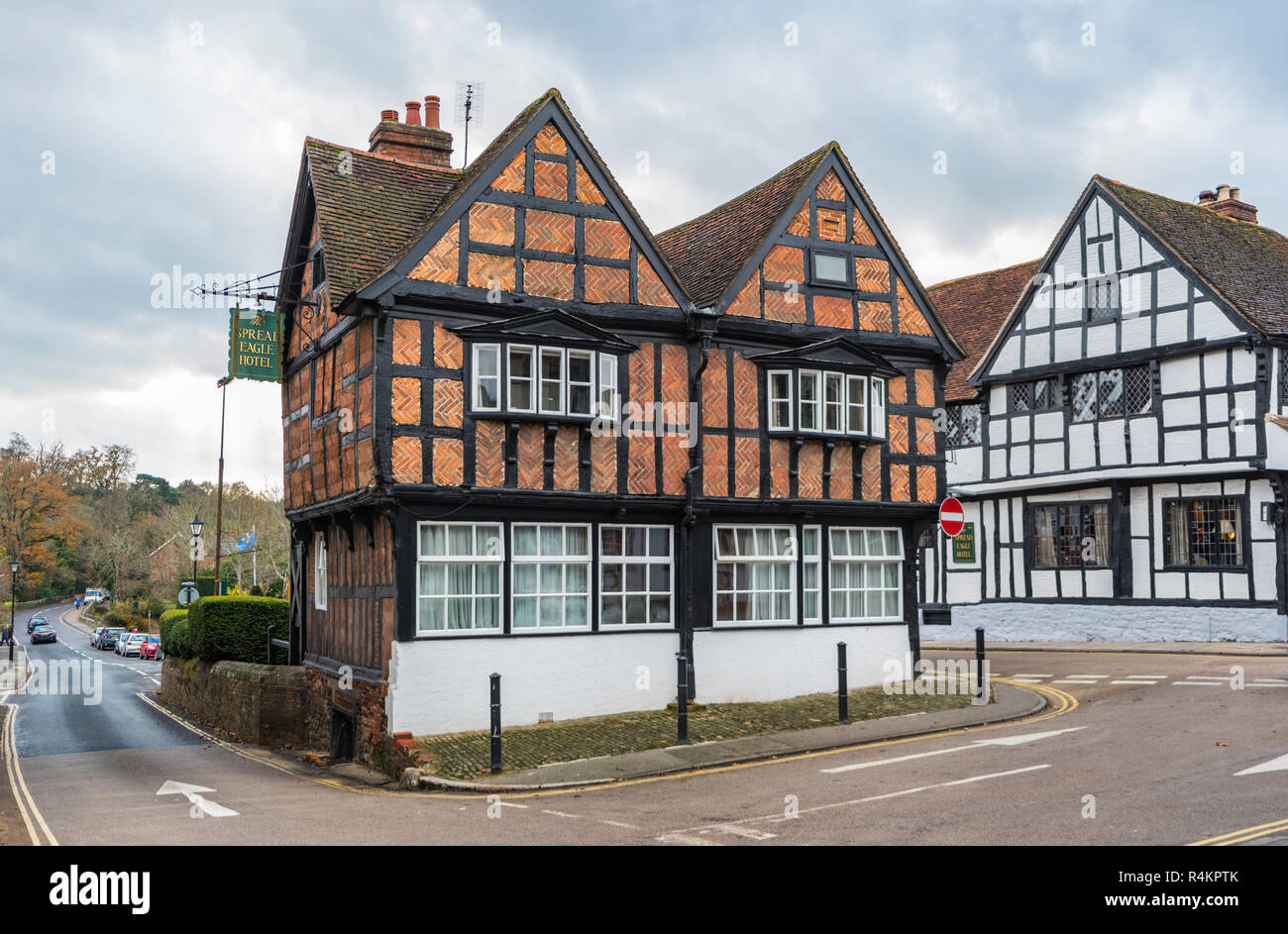 Part of The Spread Eagle Hotel & Spa, a luxury British hotel in a 1400's old Coaching Inn building in Midhurst, West Sussex, England, UK. Stock Photohttps://www.alamy.com/image-license-details/?v=1https://www.alamy.com/part-of-the-spread-eagle-hotel-spa-a-luxury-british-hotel-in-a-1400s-old-coaching-inn-building-in-midhurst-west-sussex-england-uk-image226628435.html
Part of The Spread Eagle Hotel & Spa, a luxury British hotel in a 1400's old Coaching Inn building in Midhurst, West Sussex, England, UK. Stock Photohttps://www.alamy.com/image-license-details/?v=1https://www.alamy.com/part-of-the-spread-eagle-hotel-spa-a-luxury-british-hotel-in-a-1400s-old-coaching-inn-building-in-midhurst-west-sussex-england-uk-image226628435.htmlRMR4KPTK–Part of The Spread Eagle Hotel & Spa, a luxury British hotel in a 1400's old Coaching Inn building in Midhurst, West Sussex, England, UK.
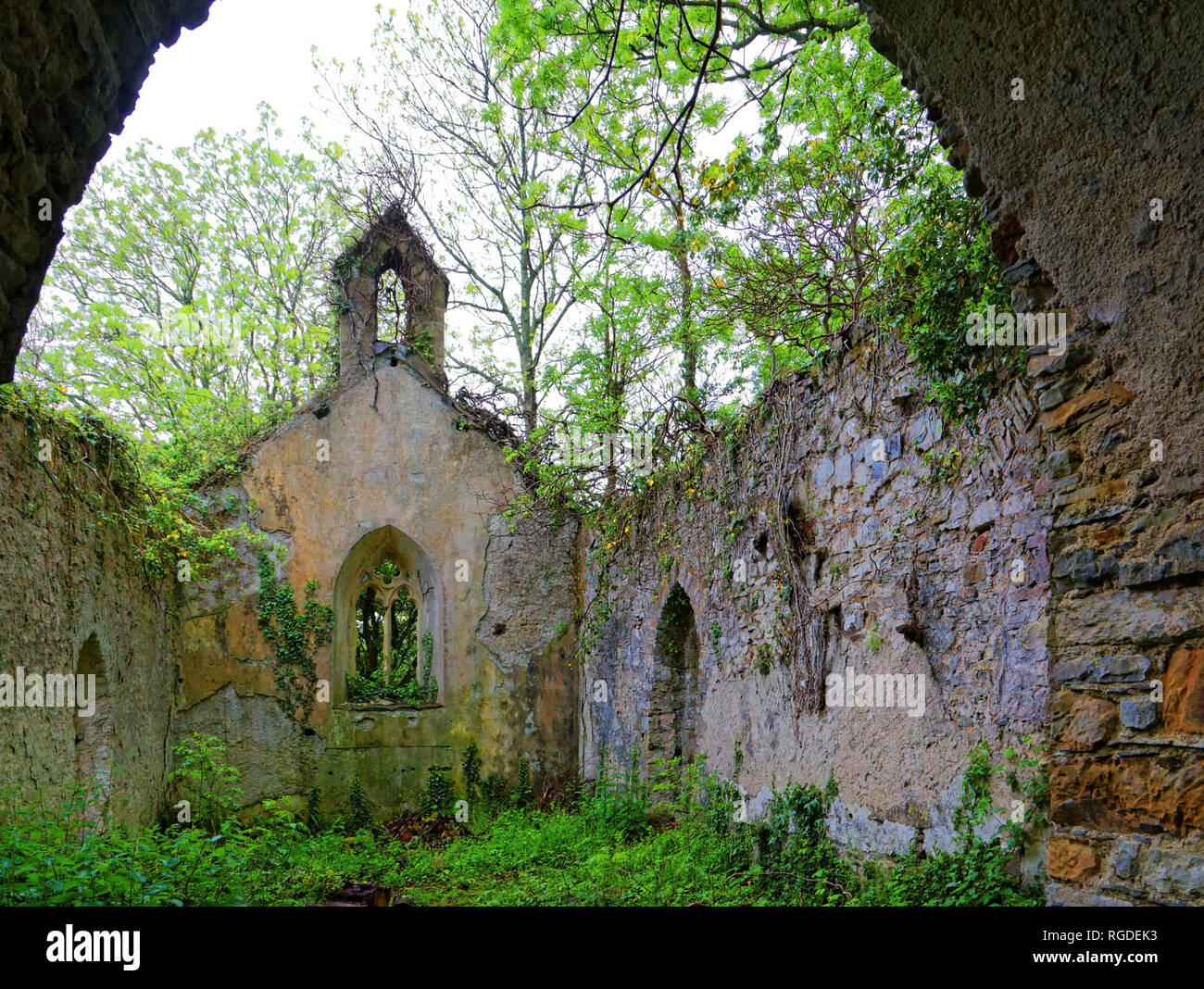 42,517.02903 empty abandoned ancient crumbling and falling down 1400's vine covered stone rock church in Haverfordwest, Wales, Great Britain Europe Stock Photohttps://www.alamy.com/image-license-details/?v=1https://www.alamy.com/4251702903-empty-abandoned-ancient-crumbling-and-falling-down-1400s-vine-covered-stone-rock-church-in-haverfordwest-wales-great-britain-europe-image233866167.html
42,517.02903 empty abandoned ancient crumbling and falling down 1400's vine covered stone rock church in Haverfordwest, Wales, Great Britain Europe Stock Photohttps://www.alamy.com/image-license-details/?v=1https://www.alamy.com/4251702903-empty-abandoned-ancient-crumbling-and-falling-down-1400s-vine-covered-stone-rock-church-in-haverfordwest-wales-great-britain-europe-image233866167.htmlRFRGDEK3–42,517.02903 empty abandoned ancient crumbling and falling down 1400's vine covered stone rock church in Haverfordwest, Wales, Great Britain Europe
 An early 19th century engraving of South Wraxall Manor House in Wiltshire, UK. The grade I listed building dates in part from the 1400's and is said to be one of the places where Sir Walter Long and his friend Sir Walter Raleigh first smoked tobacco in the UK. During World War II it was used by evacuees and later as a convalescent home for children. Stock Photohttps://www.alamy.com/image-license-details/?v=1https://www.alamy.com/an-early-19th-century-engraving-of-south-wraxall-manor-house-in-wiltshire-uk-the-grade-i-listed-building-dates-in-part-from-the-1400s-and-is-said-to-be-one-of-the-places-where-sir-walter-long-and-his-friend-sir-walter-raleigh-first-smoked-tobacco-in-the-uk-during-world-war-ii-it-was-used-by-evacuees-and-later-as-a-convalescent-home-for-children-image419151459.html
An early 19th century engraving of South Wraxall Manor House in Wiltshire, UK. The grade I listed building dates in part from the 1400's and is said to be one of the places where Sir Walter Long and his friend Sir Walter Raleigh first smoked tobacco in the UK. During World War II it was used by evacuees and later as a convalescent home for children. Stock Photohttps://www.alamy.com/image-license-details/?v=1https://www.alamy.com/an-early-19th-century-engraving-of-south-wraxall-manor-house-in-wiltshire-uk-the-grade-i-listed-building-dates-in-part-from-the-1400s-and-is-said-to-be-one-of-the-places-where-sir-walter-long-and-his-friend-sir-walter-raleigh-first-smoked-tobacco-in-the-uk-during-world-war-ii-it-was-used-by-evacuees-and-later-as-a-convalescent-home-for-children-image419151459.htmlRM2F9WYXY–An early 19th century engraving of South Wraxall Manor House in Wiltshire, UK. The grade I listed building dates in part from the 1400's and is said to be one of the places where Sir Walter Long and his friend Sir Walter Raleigh first smoked tobacco in the UK. During World War II it was used by evacuees and later as a convalescent home for children.
 Two Sauropod dinosaurs depicted on the memorial brass to Bishop Bell (died 1496) in Carlisle Cathedral, Cumbria UK Stock Photohttps://www.alamy.com/image-license-details/?v=1https://www.alamy.com/two-sauropod-dinosaurs-depicted-on-the-memorial-brass-to-bishop-bell-died-1496-in-carlisle-cathedral-cumbria-uk-image346931196.html
Two Sauropod dinosaurs depicted on the memorial brass to Bishop Bell (died 1496) in Carlisle Cathedral, Cumbria UK Stock Photohttps://www.alamy.com/image-license-details/?v=1https://www.alamy.com/two-sauropod-dinosaurs-depicted-on-the-memorial-brass-to-bishop-bell-died-1496-in-carlisle-cathedral-cumbria-uk-image346931196.htmlRF2B4C27T–Two Sauropod dinosaurs depicted on the memorial brass to Bishop Bell (died 1496) in Carlisle Cathedral, Cumbria UK
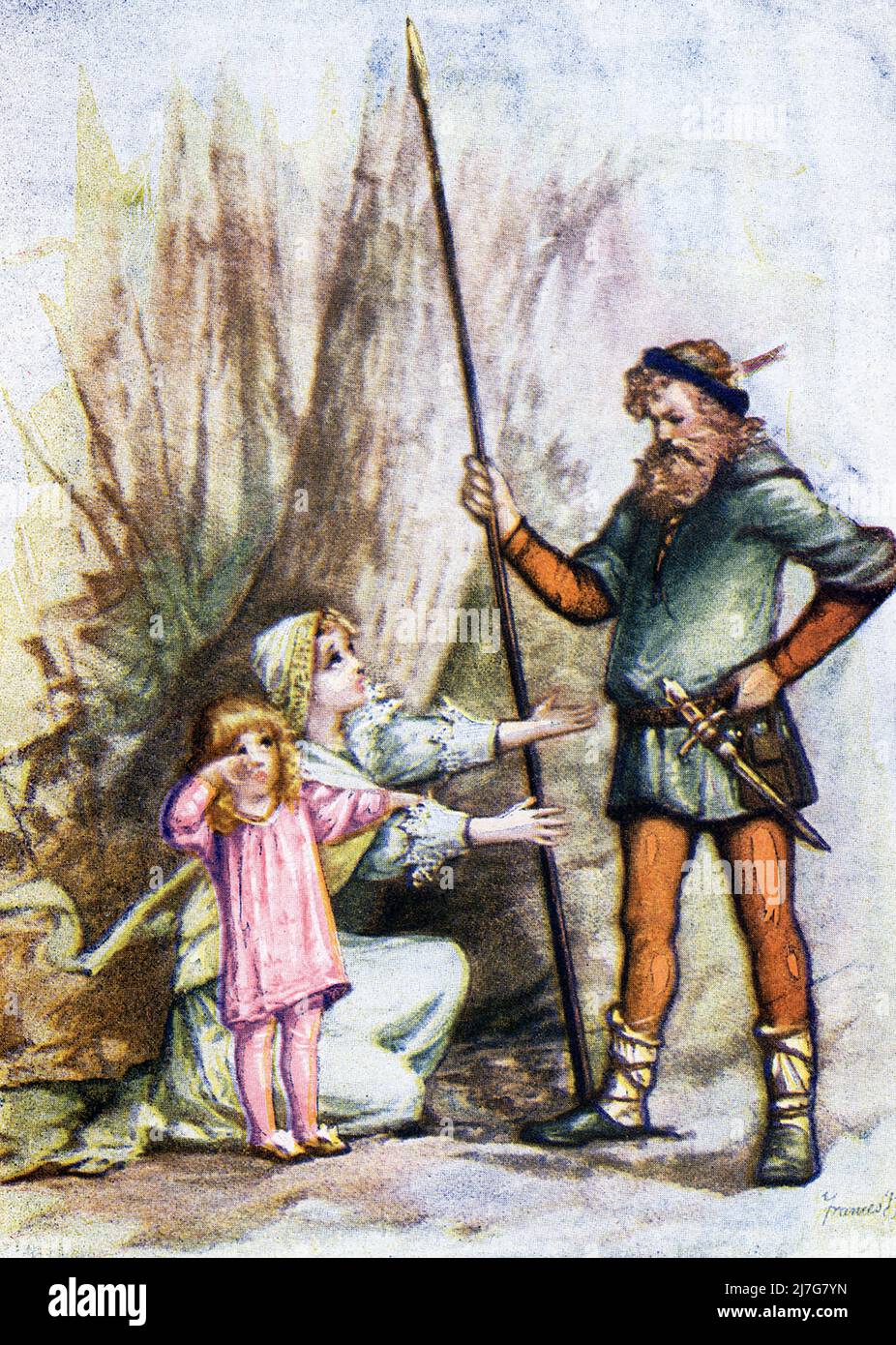 This image, dating to around 1899, shows the Edward of Lancaster, born 1453 and only child of Henry VI, and his mother, Margaret of Anjou, with robber of Hexham who, with his comrades, had captured them This robber helped the two reach France. Edward’s birth led to War of Roses. The artist is Frances Brundage, an American who died in 1937. Stock Photohttps://www.alamy.com/image-license-details/?v=1https://www.alamy.com/this-image-dating-to-around-1899-shows-the-edward-of-lancaster-born-1453-and-only-child-of-henry-vi-and-his-mother-margaret-of-anjou-with-robber-of-hexham-who-with-his-comrades-had-captured-them-this-robber-helped-the-two-reach-france-edwards-birth-led-to-war-of-roses-the-artist-is-frances-brundage-an-american-who-died-in-1937-image469340025.html
This image, dating to around 1899, shows the Edward of Lancaster, born 1453 and only child of Henry VI, and his mother, Margaret of Anjou, with robber of Hexham who, with his comrades, had captured them This robber helped the two reach France. Edward’s birth led to War of Roses. The artist is Frances Brundage, an American who died in 1937. Stock Photohttps://www.alamy.com/image-license-details/?v=1https://www.alamy.com/this-image-dating-to-around-1899-shows-the-edward-of-lancaster-born-1453-and-only-child-of-henry-vi-and-his-mother-margaret-of-anjou-with-robber-of-hexham-who-with-his-comrades-had-captured-them-this-robber-helped-the-two-reach-france-edwards-birth-led-to-war-of-roses-the-artist-is-frances-brundage-an-american-who-died-in-1937-image469340025.htmlRF2J7G7YN–This image, dating to around 1899, shows the Edward of Lancaster, born 1453 and only child of Henry VI, and his mother, Margaret of Anjou, with robber of Hexham who, with his comrades, had captured them This robber helped the two reach France. Edward’s birth led to War of Roses. The artist is Frances Brundage, an American who died in 1937.
 St Mary's church in the Cotswold town of Fairford, Gloucestershire, England UK - Famous for its stained glass windows. Stock Photohttps://www.alamy.com/image-license-details/?v=1https://www.alamy.com/st-marys-church-in-the-cotswold-town-of-fairford-gloucestershire-england-uk-famous-for-its-stained-glass-windows-image485118830.html
St Mary's church in the Cotswold town of Fairford, Gloucestershire, England UK - Famous for its stained glass windows. Stock Photohttps://www.alamy.com/image-license-details/?v=1https://www.alamy.com/st-marys-church-in-the-cotswold-town-of-fairford-gloucestershire-england-uk-famous-for-its-stained-glass-windows-image485118830.htmlRM2K5720E–St Mary's church in the Cotswold town of Fairford, Gloucestershire, England UK - Famous for its stained glass windows.
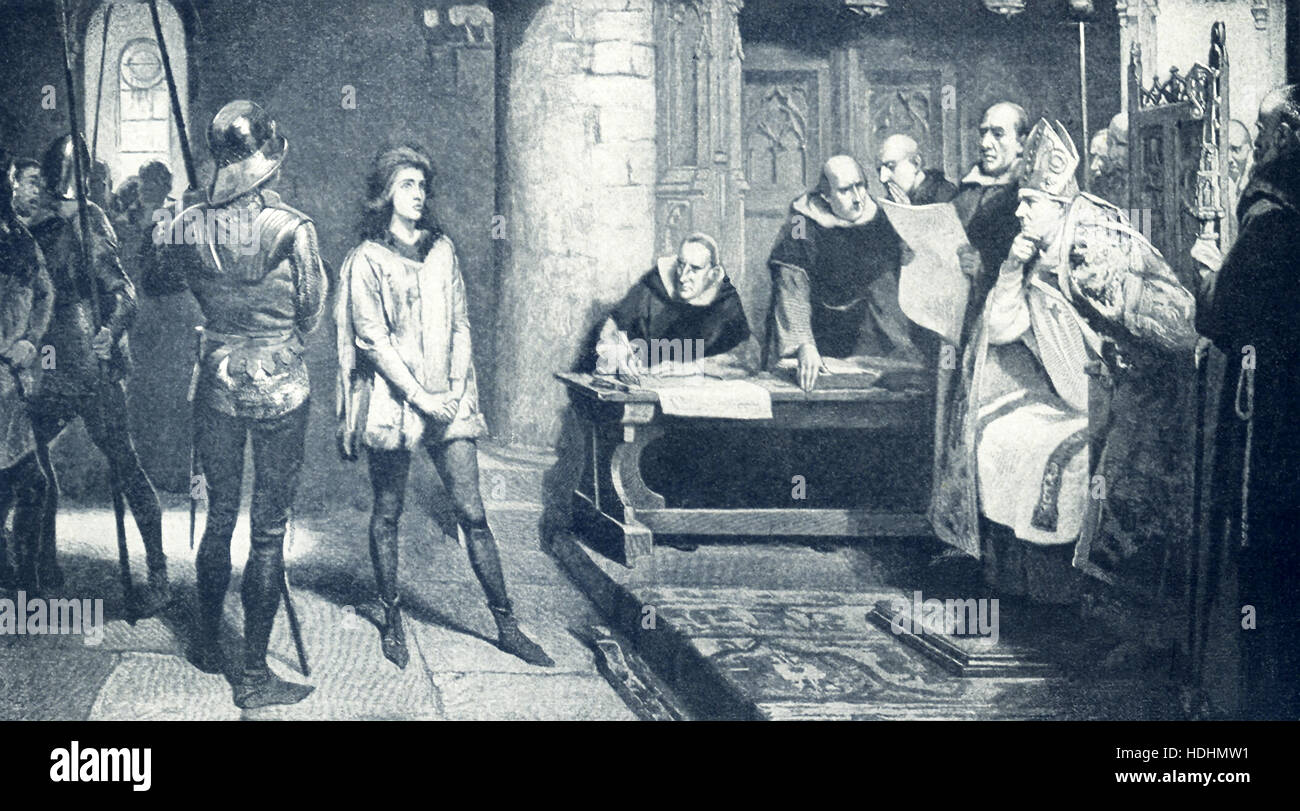 This illustration, dating to 1899, is by British artist and illustrator Fred Roe and shows the trial of Joan of Arc before the Ecclesiastical Council of Rouen. Joan of Arc (1412-1431) is a French saint and national heroine. In 1430, she was captured by the English as she retreated to Compiegne. A trial was held at Rouen, as seen here. Some of the proceedings took place in the Abbey of Fecamp. Stock Photohttps://www.alamy.com/image-license-details/?v=1https://www.alamy.com/stock-photo-this-illustration-dating-to-1899-is-by-british-artist-and-illustrator-128852669.html
This illustration, dating to 1899, is by British artist and illustrator Fred Roe and shows the trial of Joan of Arc before the Ecclesiastical Council of Rouen. Joan of Arc (1412-1431) is a French saint and national heroine. In 1430, she was captured by the English as she retreated to Compiegne. A trial was held at Rouen, as seen here. Some of the proceedings took place in the Abbey of Fecamp. Stock Photohttps://www.alamy.com/image-license-details/?v=1https://www.alamy.com/stock-photo-this-illustration-dating-to-1899-is-by-british-artist-and-illustrator-128852669.htmlRFHDHMW1–This illustration, dating to 1899, is by British artist and illustrator Fred Roe and shows the trial of Joan of Arc before the Ecclesiastical Council of Rouen. Joan of Arc (1412-1431) is a French saint and national heroine. In 1430, she was captured by the English as she retreated to Compiegne. A trial was held at Rouen, as seen here. Some of the proceedings took place in the Abbey of Fecamp.
 The 15th century cross in the churchyard of Holy Rood churchl in the Cotswold village of Ampney Crucis, Gloucestershire UK Stock Photohttps://www.alamy.com/image-license-details/?v=1https://www.alamy.com/the-15th-century-cross-in-the-churchyard-of-holy-rood-churchl-in-the-cotswold-village-of-ampney-crucis-gloucestershire-uk-image419185183.html
The 15th century cross in the churchyard of Holy Rood churchl in the Cotswold village of Ampney Crucis, Gloucestershire UK Stock Photohttps://www.alamy.com/image-license-details/?v=1https://www.alamy.com/the-15th-century-cross-in-the-churchyard-of-holy-rood-churchl-in-the-cotswold-village-of-ampney-crucis-gloucestershire-uk-image419185183.htmlRM2F9YEYB–The 15th century cross in the churchyard of Holy Rood churchl in the Cotswold village of Ampney Crucis, Gloucestershire UK
 Detail of the ruined Holyrood Abbey at Palace of Holyroodhouse in Edinburgh, Scotland, UK Stock Photohttps://www.alamy.com/image-license-details/?v=1https://www.alamy.com/detail-of-the-ruined-holyrood-abbey-at-palace-of-holyroodhouse-in-edinburgh-scotland-uk-image458899095.html
Detail of the ruined Holyrood Abbey at Palace of Holyroodhouse in Edinburgh, Scotland, UK Stock Photohttps://www.alamy.com/image-license-details/?v=1https://www.alamy.com/detail-of-the-ruined-holyrood-abbey-at-palace-of-holyroodhouse-in-edinburgh-scotland-uk-image458899095.htmlRF2HJGJDB–Detail of the ruined Holyrood Abbey at Palace of Holyroodhouse in Edinburgh, Scotland, UK
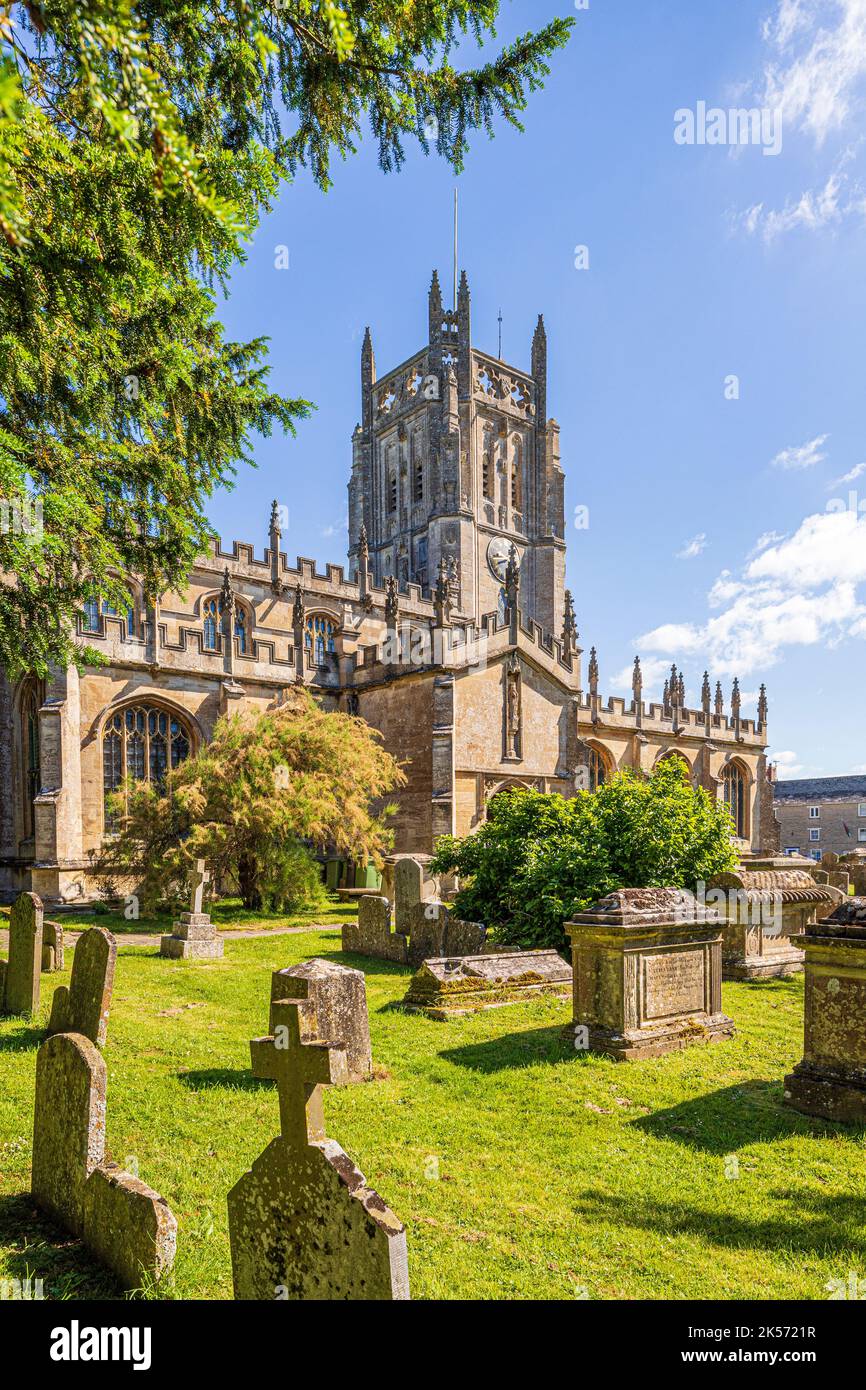 15th century St Mary's church in the Cotswold town of Fairford, Gloucestershire, England UK - Famous for its stained glass windows. Stock Photohttps://www.alamy.com/image-license-details/?v=1https://www.alamy.com/15th-century-st-marys-church-in-the-cotswold-town-of-fairford-gloucestershire-england-uk-famous-for-its-stained-glass-windows-image485118867.html
15th century St Mary's church in the Cotswold town of Fairford, Gloucestershire, England UK - Famous for its stained glass windows. Stock Photohttps://www.alamy.com/image-license-details/?v=1https://www.alamy.com/15th-century-st-marys-church-in-the-cotswold-town-of-fairford-gloucestershire-england-uk-famous-for-its-stained-glass-windows-image485118867.htmlRM2K5721R–15th century St Mary's church in the Cotswold town of Fairford, Gloucestershire, England UK - Famous for its stained glass windows.
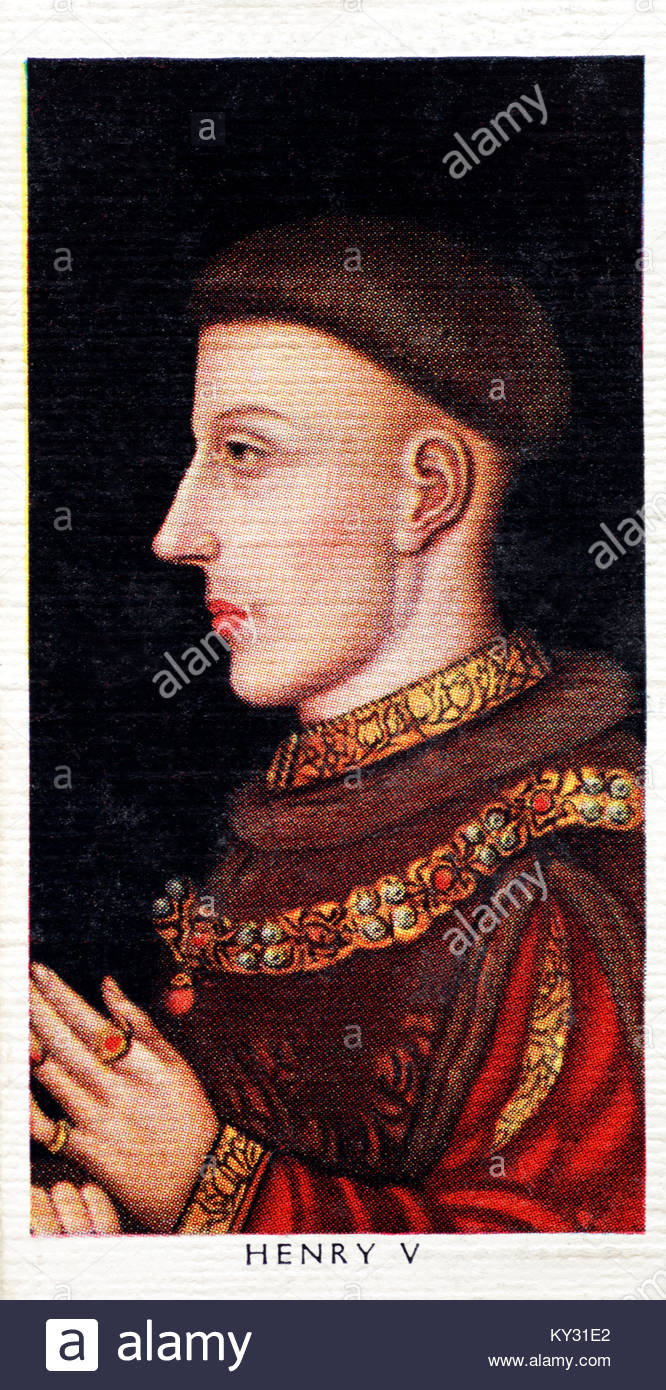 Henry V, 1386 – 1422, King of England from 1413 until his death in 1422 Stock Photohttps://www.alamy.com/image-license-details/?v=1https://www.alamy.com/stock-photo-henry-v-1386-1422-king-of-england-from-1413-until-his-death-in-1422-171556058.html
Henry V, 1386 – 1422, King of England from 1413 until his death in 1422 Stock Photohttps://www.alamy.com/image-license-details/?v=1https://www.alamy.com/stock-photo-henry-v-1386-1422-king-of-england-from-1413-until-his-death-in-1422-171556058.htmlRMKY31E2–Henry V, 1386 – 1422, King of England from 1413 until his death in 1422
 Wolfeton House secluded from outside world by ancient woodland in Dorset, England, UK. Stock Photohttps://www.alamy.com/image-license-details/?v=1https://www.alamy.com/wolfeton-house-secluded-from-outside-world-by-ancient-woodland-in-dorset-england-uk-image574491705.html
Wolfeton House secluded from outside world by ancient woodland in Dorset, England, UK. Stock Photohttps://www.alamy.com/image-license-details/?v=1https://www.alamy.com/wolfeton-house-secluded-from-outside-world-by-ancient-woodland-in-dorset-england-uk-image574491705.htmlRM2TAJA0W–Wolfeton House secluded from outside world by ancient woodland in Dorset, England, UK.
 An old engraving of The Tower of London, London, England, UK in the 1400s – it is from a Victorian history book. The Tower is on the north bank of the River Thames. In this view Old London Bridge is visible in the background. The Tower was built as part of the Norman Conquest of England. The central White Tower (right) was built in 1078. A grand palace and a royal residence, it has several buildings set within two rings of defensive walls and a moat. The Traitors’ Gate (foreground) is an entrance through which many prisoners arrived at the Tower. Stock Photohttps://www.alamy.com/image-license-details/?v=1https://www.alamy.com/an-old-engraving-of-the-tower-of-london-london-england-uk-in-the-1400s-it-is-from-a-victorian-history-book-the-tower-is-on-the-north-bank-of-the-river-thames-in-this-view-old-london-bridge-is-visible-in-the-background-the-tower-was-built-as-part-of-the-norman-conquest-of-england-the-central-white-tower-right-was-built-in-1078-a-grand-palace-and-a-royal-residence-it-has-several-buildings-set-within-two-rings-of-defensive-walls-and-a-moat-the-traitors-gate-foreground-is-an-entrance-through-which-many-prisoners-arrived-at-the-tower-image631738868.html
An old engraving of The Tower of London, London, England, UK in the 1400s – it is from a Victorian history book. The Tower is on the north bank of the River Thames. In this view Old London Bridge is visible in the background. The Tower was built as part of the Norman Conquest of England. The central White Tower (right) was built in 1078. A grand palace and a royal residence, it has several buildings set within two rings of defensive walls and a moat. The Traitors’ Gate (foreground) is an entrance through which many prisoners arrived at the Tower. Stock Photohttps://www.alamy.com/image-license-details/?v=1https://www.alamy.com/an-old-engraving-of-the-tower-of-london-london-england-uk-in-the-1400s-it-is-from-a-victorian-history-book-the-tower-is-on-the-north-bank-of-the-river-thames-in-this-view-old-london-bridge-is-visible-in-the-background-the-tower-was-built-as-part-of-the-norman-conquest-of-england-the-central-white-tower-right-was-built-in-1078-a-grand-palace-and-a-royal-residence-it-has-several-buildings-set-within-two-rings-of-defensive-walls-and-a-moat-the-traitors-gate-foreground-is-an-entrance-through-which-many-prisoners-arrived-at-the-tower-image631738868.htmlRM2YKP5AC–An old engraving of The Tower of London, London, England, UK in the 1400s – it is from a Victorian history book. The Tower is on the north bank of the River Thames. In this view Old London Bridge is visible in the background. The Tower was built as part of the Norman Conquest of England. The central White Tower (right) was built in 1078. A grand palace and a royal residence, it has several buildings set within two rings of defensive walls and a moat. The Traitors’ Gate (foreground) is an entrance through which many prisoners arrived at the Tower.
 King Henry VII, 1457 – 1509, was King of England and Lord of Ireland from 1485 until his death in 1509, first monarch of the House of Tudor, antique illustration from circa 1860 Stock Photohttps://www.alamy.com/image-license-details/?v=1https://www.alamy.com/king-henry-vii-1457-1509-was-king-of-england-and-lord-of-ireland-from-1485-until-his-death-in-1509-first-monarch-of-the-house-of-tudor-antique-illustration-from-circa-1860-image178874574.html
King Henry VII, 1457 – 1509, was King of England and Lord of Ireland from 1485 until his death in 1509, first monarch of the House of Tudor, antique illustration from circa 1860 Stock Photohttps://www.alamy.com/image-license-details/?v=1https://www.alamy.com/king-henry-vii-1457-1509-was-king-of-england-and-lord-of-ireland-from-1485-until-his-death-in-1509-first-monarch-of-the-house-of-tudor-antique-illustration-from-circa-1860-image178874574.htmlRMMB0C9J–King Henry VII, 1457 – 1509, was King of England and Lord of Ireland from 1485 until his death in 1509, first monarch of the House of Tudor, antique illustration from circa 1860
 Jug late 1400s or early 1500s British Small simple pitchers of this type were common in England and used to dispense beverages. The typical bright green color was achieved by adding copper filings to the lead glaze.. Jug 468398 Stock Photohttps://www.alamy.com/image-license-details/?v=1https://www.alamy.com/jug-late-1400s-or-early-1500s-british-small-simple-pitchers-of-this-type-were-common-in-england-and-used-to-dispense-beverages-the-typical-bright-green-color-was-achieved-by-adding-copper-filings-to-the-lead-glaze-jug-468398-image458160754.html
Jug late 1400s or early 1500s British Small simple pitchers of this type were common in England and used to dispense beverages. The typical bright green color was achieved by adding copper filings to the lead glaze.. Jug 468398 Stock Photohttps://www.alamy.com/image-license-details/?v=1https://www.alamy.com/jug-late-1400s-or-early-1500s-british-small-simple-pitchers-of-this-type-were-common-in-england-and-used-to-dispense-beverages-the-typical-bright-green-color-was-achieved-by-adding-copper-filings-to-the-lead-glaze-jug-468398-image458160754.htmlRM2HHB0M2–Jug late 1400s or early 1500s British Small simple pitchers of this type were common in England and used to dispense beverages. The typical bright green color was achieved by adding copper filings to the lead glaze.. Jug 468398
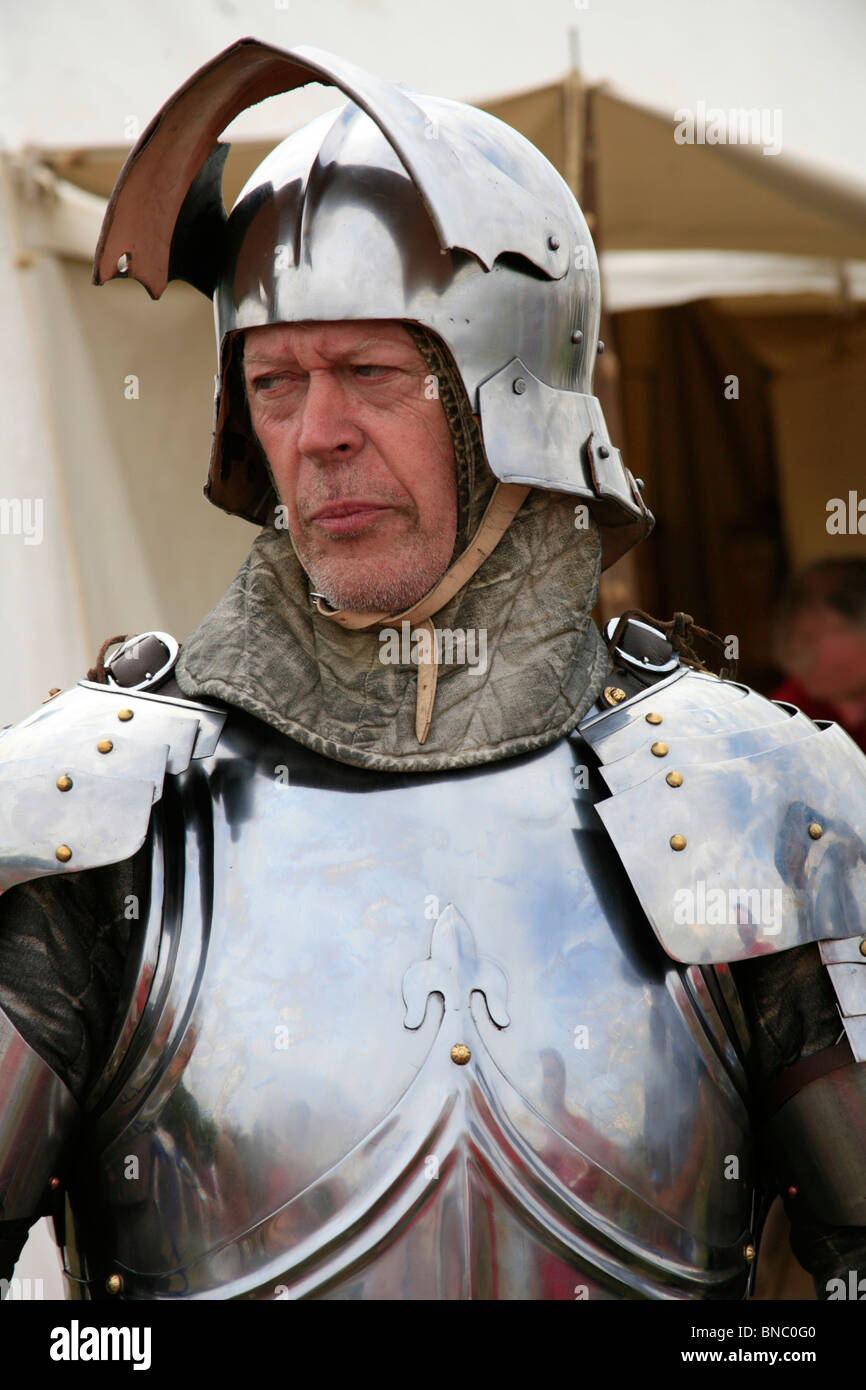 Battle of Tewkesbury Re-enactment, 2010; Knight in full armour before the battle Stock Photohttps://www.alamy.com/image-license-details/?v=1https://www.alamy.com/stock-photo-battle-of-tewkesbury-re-enactment-2010-knight-in-full-armour-before-30382016.html
Battle of Tewkesbury Re-enactment, 2010; Knight in full armour before the battle Stock Photohttps://www.alamy.com/image-license-details/?v=1https://www.alamy.com/stock-photo-battle-of-tewkesbury-re-enactment-2010-knight-in-full-armour-before-30382016.htmlRMBNC0G0–Battle of Tewkesbury Re-enactment, 2010; Knight in full armour before the battle
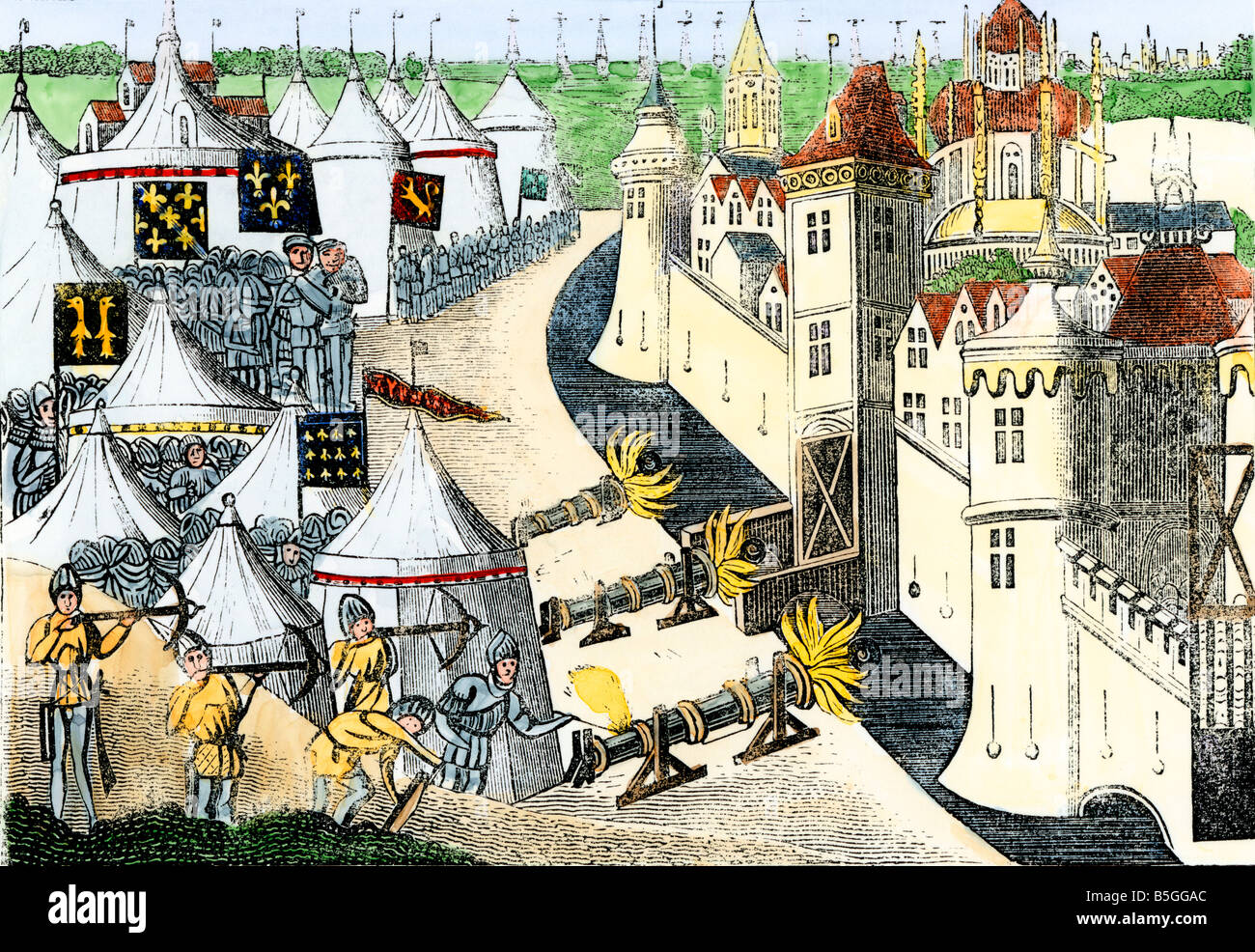 Siege of a town in France during the Hundred Years War. Hand-colored woodcut Stock Photohttps://www.alamy.com/image-license-details/?v=1https://www.alamy.com/stock-photo-siege-of-a-town-in-france-during-the-hundred-years-war-hand-colored-20647716.html
Siege of a town in France during the Hundred Years War. Hand-colored woodcut Stock Photohttps://www.alamy.com/image-license-details/?v=1https://www.alamy.com/stock-photo-siege-of-a-town-in-france-during-the-hundred-years-war-hand-colored-20647716.htmlRMB5GGAC–Siege of a town in France during the Hundred Years War. Hand-colored woodcut
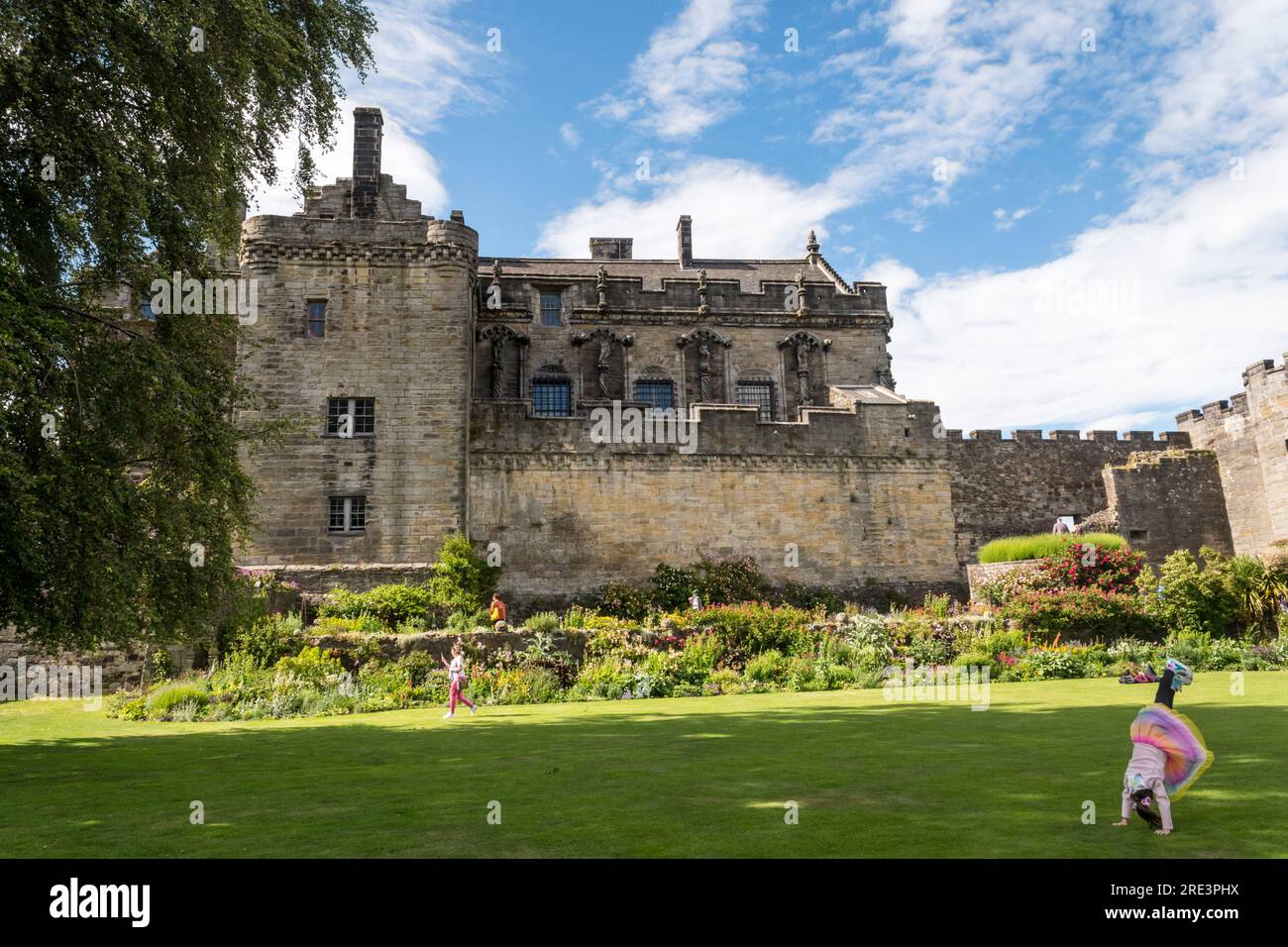 The Queen Anne Garden at Stirling Castle dates from the 1400s. The gardens were transformed into a bowlng green in the early C17th. Stock Photohttps://www.alamy.com/image-license-details/?v=1https://www.alamy.com/the-queen-anne-garden-at-stirling-castle-dates-from-the-1400s-the-gardens-were-transformed-into-a-bowlng-green-in-the-early-c17th-image559420566.html
The Queen Anne Garden at Stirling Castle dates from the 1400s. The gardens were transformed into a bowlng green in the early C17th. Stock Photohttps://www.alamy.com/image-license-details/?v=1https://www.alamy.com/the-queen-anne-garden-at-stirling-castle-dates-from-the-1400s-the-gardens-were-transformed-into-a-bowlng-green-in-the-early-c17th-image559420566.htmlRM2RE3PHX–The Queen Anne Garden at Stirling Castle dates from the 1400s. The gardens were transformed into a bowlng green in the early C17th.
 Kilchurn Castle was built in the mid-1400s by Sir Colin Campbell, 1st Lord of Glenorchy. Stock Photohttps://www.alamy.com/image-license-details/?v=1https://www.alamy.com/kilchurn-castle-was-built-in-the-mid-1400s-by-sir-colin-campbell-1st-lord-of-glenorchy-image626172557.html
Kilchurn Castle was built in the mid-1400s by Sir Colin Campbell, 1st Lord of Glenorchy. Stock Photohttps://www.alamy.com/image-license-details/?v=1https://www.alamy.com/kilchurn-castle-was-built-in-the-mid-1400s-by-sir-colin-campbell-1st-lord-of-glenorchy-image626172557.htmlRM2YAMHDH–Kilchurn Castle was built in the mid-1400s by Sir Colin Campbell, 1st Lord of Glenorchy.
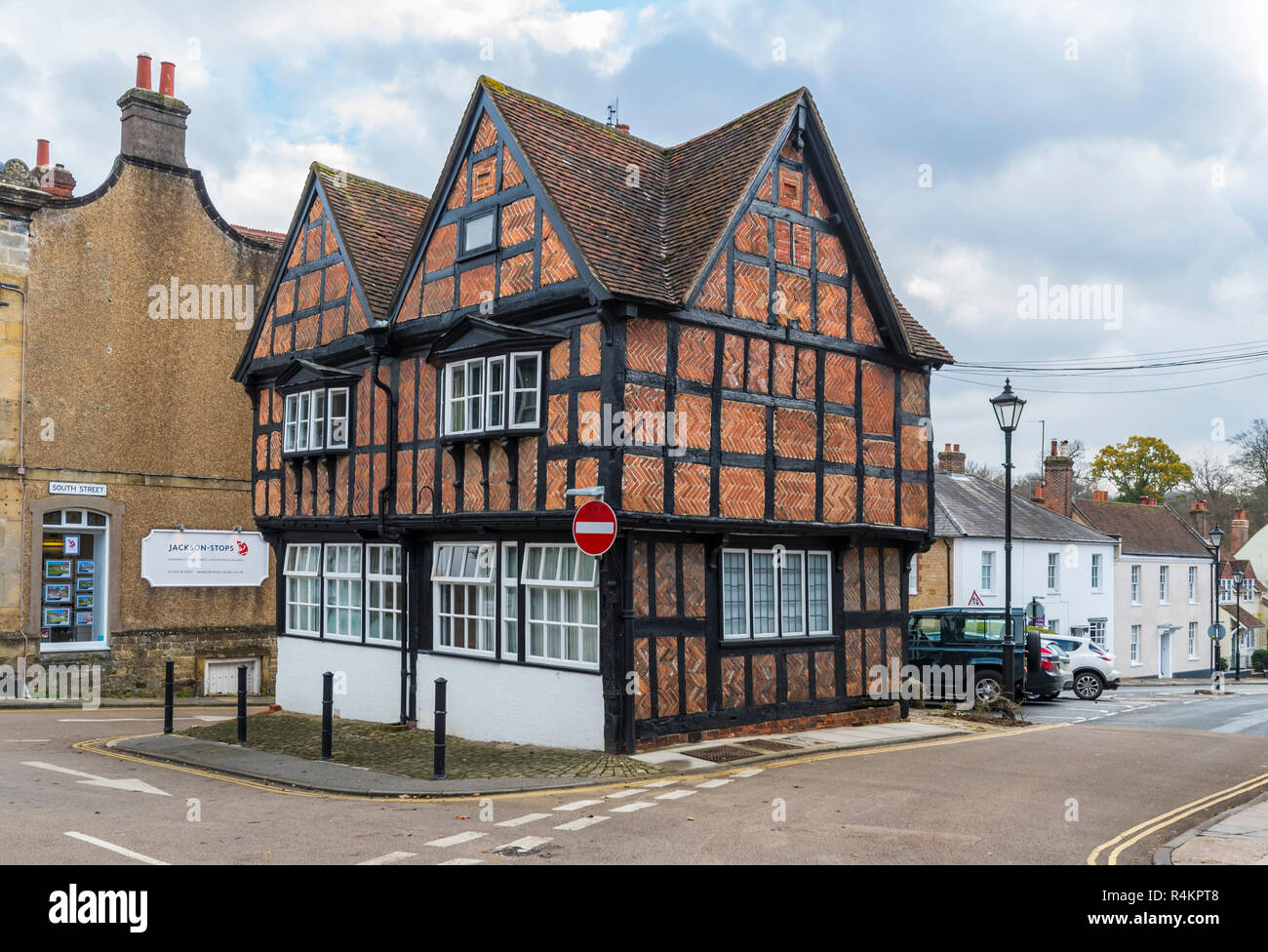 Part of The Spread Eagle Hotel & Spa, a luxury British hotel in a 1400's old Coaching Inn building in Midhurst, West Sussex, England, UK. Stock Photohttps://www.alamy.com/image-license-details/?v=1https://www.alamy.com/part-of-the-spread-eagle-hotel-spa-a-luxury-british-hotel-in-a-1400s-old-coaching-inn-building-in-midhurst-west-sussex-england-uk-image226628424.html
Part of The Spread Eagle Hotel & Spa, a luxury British hotel in a 1400's old Coaching Inn building in Midhurst, West Sussex, England, UK. Stock Photohttps://www.alamy.com/image-license-details/?v=1https://www.alamy.com/part-of-the-spread-eagle-hotel-spa-a-luxury-british-hotel-in-a-1400s-old-coaching-inn-building-in-midhurst-west-sussex-england-uk-image226628424.htmlRMR4KPT8–Part of The Spread Eagle Hotel & Spa, a luxury British hotel in a 1400's old Coaching Inn building in Midhurst, West Sussex, England, UK.
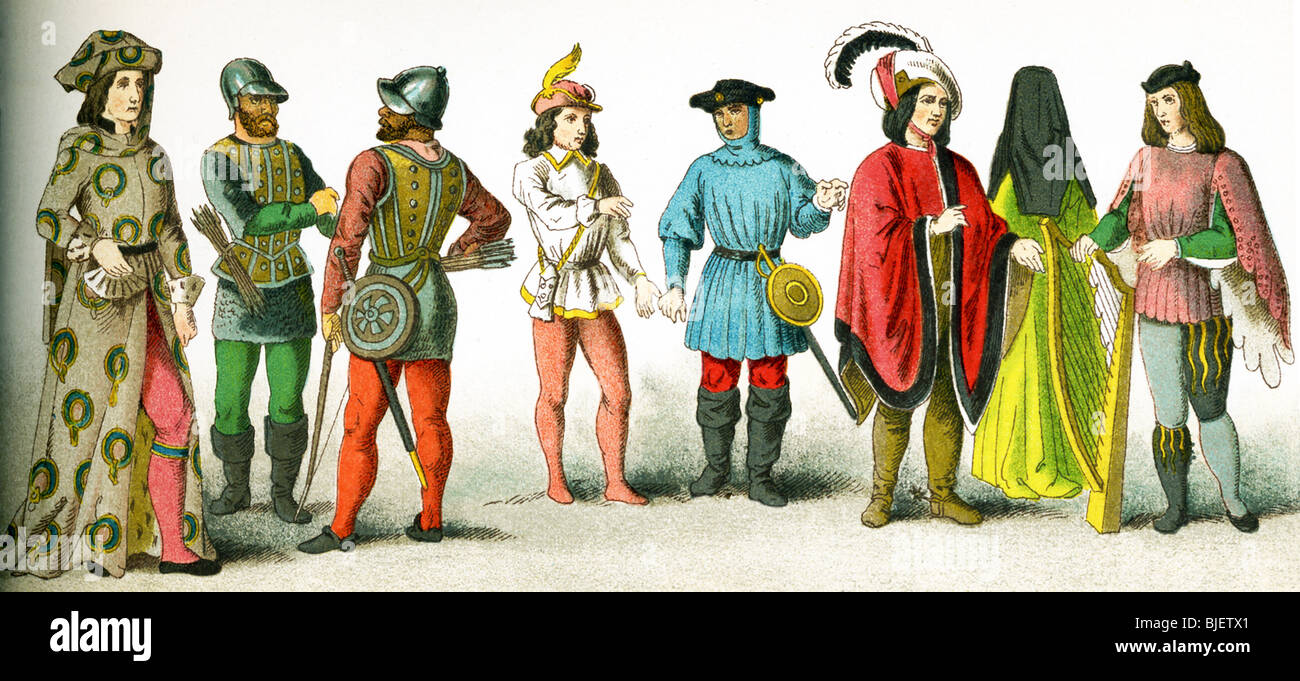 British between 1450 and 1500: knight of the garter, two warriors, two serving men, male citizen, female citizen, a minstrel. Stock Photohttps://www.alamy.com/image-license-details/?v=1https://www.alamy.com/stock-photo-british-between-1450-and-1500-knight-of-the-garter-two-warriors-two-28601049.html
British between 1450 and 1500: knight of the garter, two warriors, two serving men, male citizen, female citizen, a minstrel. Stock Photohttps://www.alamy.com/image-license-details/?v=1https://www.alamy.com/stock-photo-british-between-1450-and-1500-knight-of-the-garter-two-warriors-two-28601049.htmlRFBJETX1–British between 1450 and 1500: knight of the garter, two warriors, two serving men, male citizen, female citizen, a minstrel.
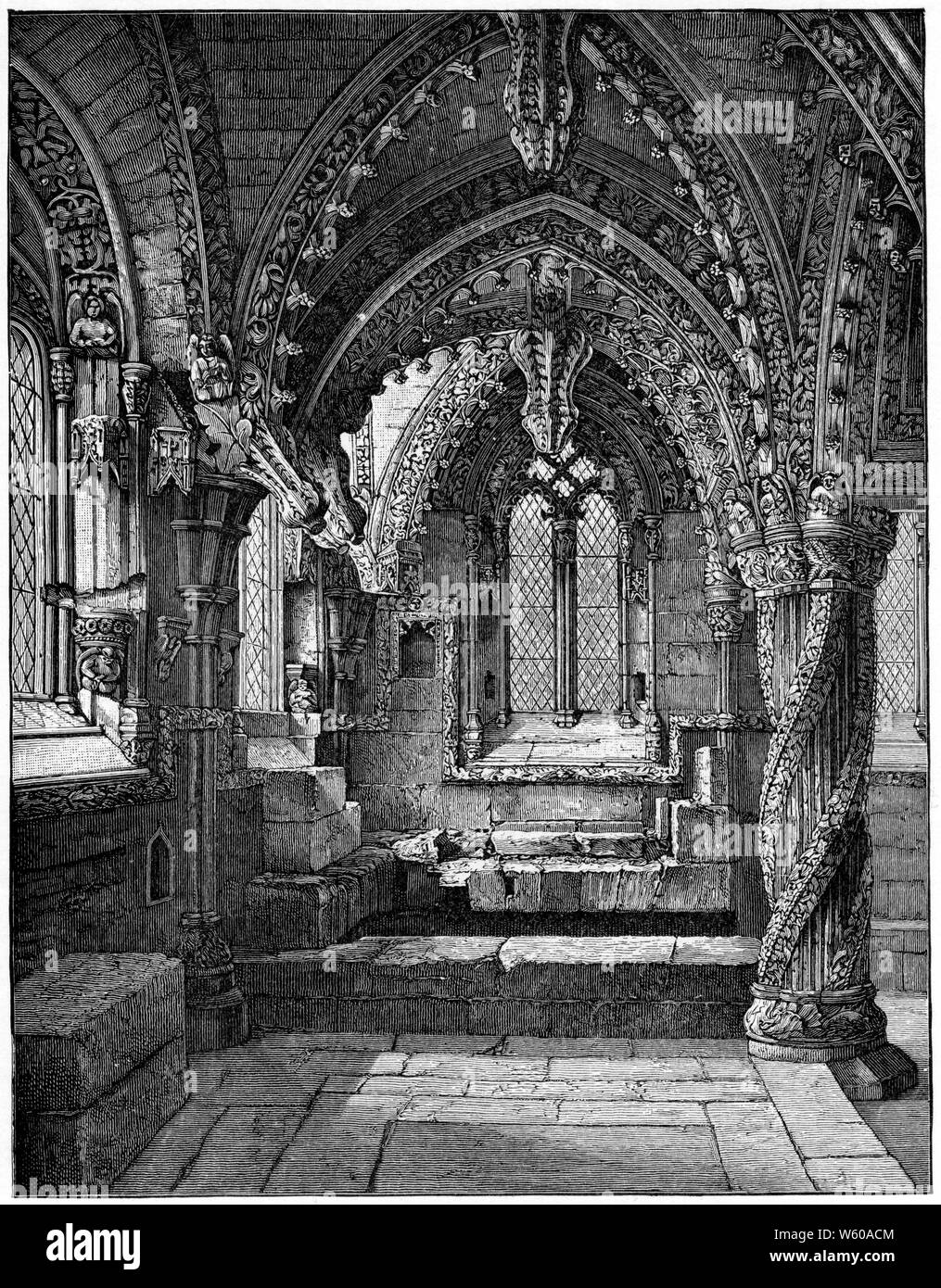 South East corner of the Lady Chapel, Rosslyn Chapel, Midlothian, Scotland, c1900. Rosslyn Chapel, formerly known as the Collegiate Chapel of St Matthew, is a 15th-century chapel located in the village of Roslin, Midlothian, Scotland. Stock Photohttps://www.alamy.com/image-license-details/?v=1https://www.alamy.com/south-east-corner-of-the-lady-chapel-rosslyn-chapel-midlothian-scotland-c1900-rosslyn-chapel-formerly-known-as-the-collegiate-chapel-of-st-matthew-is-a-15th-century-chapel-located-in-the-village-of-roslin-midlothian-scotland-image261851652.html
South East corner of the Lady Chapel, Rosslyn Chapel, Midlothian, Scotland, c1900. Rosslyn Chapel, formerly known as the Collegiate Chapel of St Matthew, is a 15th-century chapel located in the village of Roslin, Midlothian, Scotland. Stock Photohttps://www.alamy.com/image-license-details/?v=1https://www.alamy.com/south-east-corner-of-the-lady-chapel-rosslyn-chapel-midlothian-scotland-c1900-rosslyn-chapel-formerly-known-as-the-collegiate-chapel-of-st-matthew-is-a-15th-century-chapel-located-in-the-village-of-roslin-midlothian-scotland-image261851652.htmlRMW60ACM–South East corner of the Lady Chapel, Rosslyn Chapel, Midlothian, Scotland, c1900. Rosslyn Chapel, formerly known as the Collegiate Chapel of St Matthew, is a 15th-century chapel located in the village of Roslin, Midlothian, Scotland.
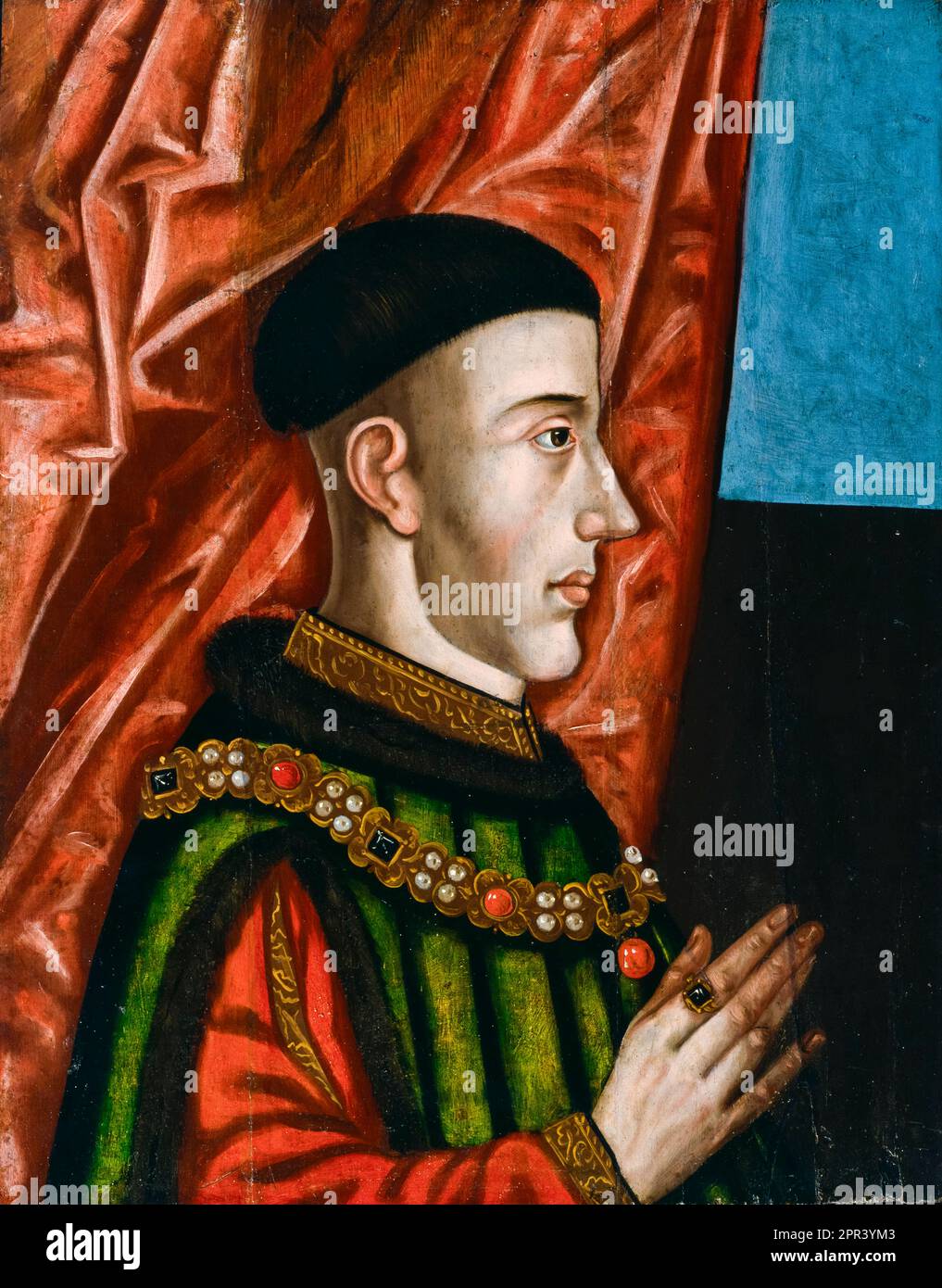 Henry V of England (1386-1422), King of England (1413-1422), portrait painting in oil on panel, before 1626 Stock Photohttps://www.alamy.com/image-license-details/?v=1https://www.alamy.com/henry-v-of-england1386-1422-king-of-england1413-1422-portrait-painting-in-oil-on-panel-before-1626-image547746083.html
Henry V of England (1386-1422), King of England (1413-1422), portrait painting in oil on panel, before 1626 Stock Photohttps://www.alamy.com/image-license-details/?v=1https://www.alamy.com/henry-v-of-england1386-1422-king-of-england1413-1422-portrait-painting-in-oil-on-panel-before-1626-image547746083.htmlRM2PR3YM3–Henry V of England (1386-1422), King of England (1413-1422), portrait painting in oil on panel, before 1626
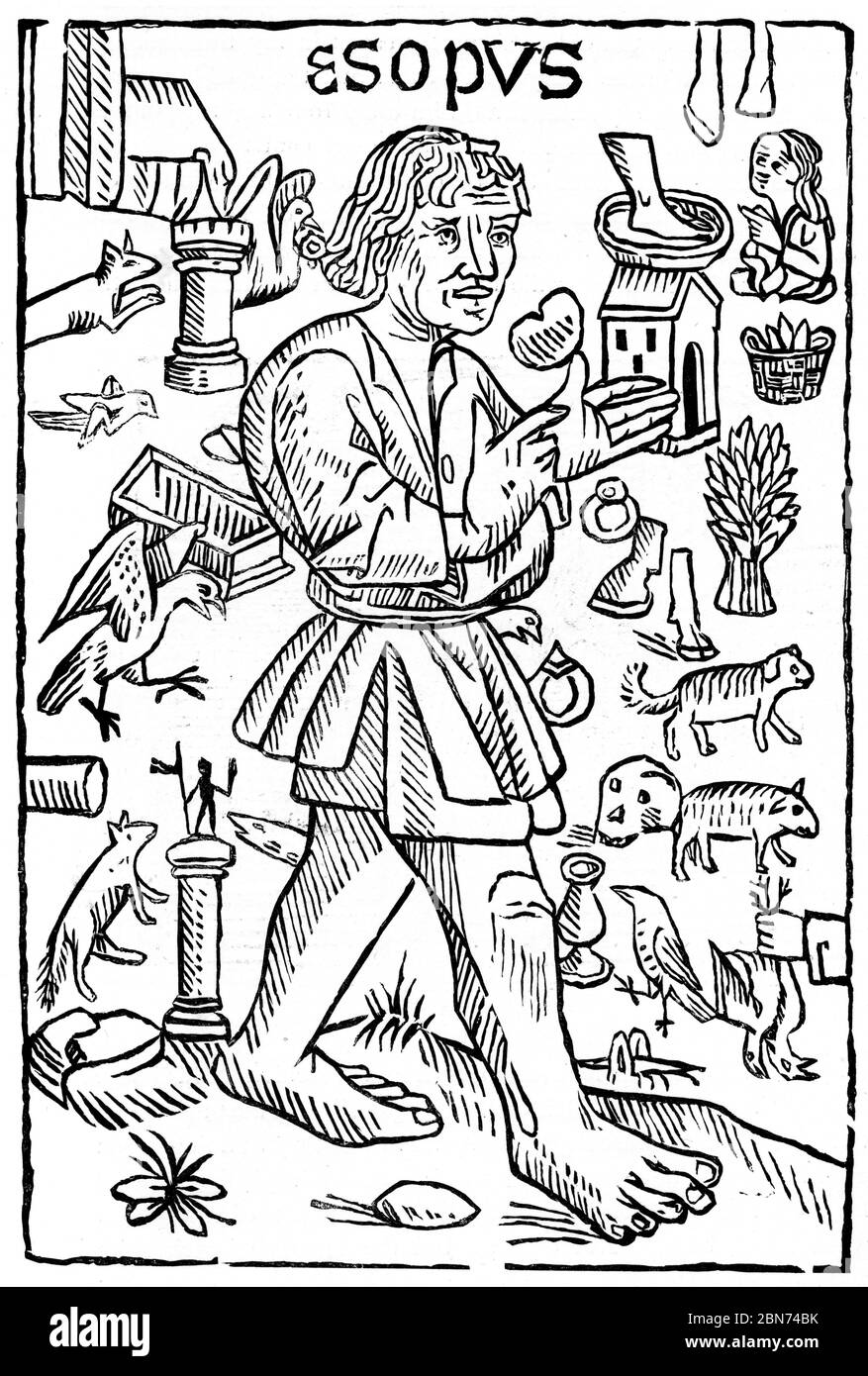 Aesop, 1484. Aesop's Fables, or the Aesopica, is a collection of fables credited to Aesop, a slave and storyteller believed to have lived in ancient Greece between 620 and 564 BCE. Frontispiece to William Caxton's (c1422-1491) Aesop's Fables, 1484. Stock Photohttps://www.alamy.com/image-license-details/?v=1https://www.alamy.com/aesop-1484-aesops-fables-or-the-aesopica-is-a-collection-of-fables-credited-to-aesop-a-slave-and-storyteller-believed-to-have-lived-in-ancient-greece-between-620-and-564-bce-frontispiece-to-william-caxtons-c1422-1491-aesops-fables-1484-image357272263.html
Aesop, 1484. Aesop's Fables, or the Aesopica, is a collection of fables credited to Aesop, a slave and storyteller believed to have lived in ancient Greece between 620 and 564 BCE. Frontispiece to William Caxton's (c1422-1491) Aesop's Fables, 1484. Stock Photohttps://www.alamy.com/image-license-details/?v=1https://www.alamy.com/aesop-1484-aesops-fables-or-the-aesopica-is-a-collection-of-fables-credited-to-aesop-a-slave-and-storyteller-believed-to-have-lived-in-ancient-greece-between-620-and-564-bce-frontispiece-to-william-caxtons-c1422-1491-aesops-fables-1484-image357272263.htmlRM2BN74BK–Aesop, 1484. Aesop's Fables, or the Aesopica, is a collection of fables credited to Aesop, a slave and storyteller believed to have lived in ancient Greece between 620 and 564 BCE. Frontispiece to William Caxton's (c1422-1491) Aesop's Fables, 1484.
 James III of Scotland (1451/1452-1488), King of Scots 1460-1488, portrait painting in oil on panel by Hugo van der Goes, 1478 Stock Photohttps://www.alamy.com/image-license-details/?v=1https://www.alamy.com/james-iii-of-scotland-14511452-1488-king-of-scots-1460-1488-portrait-painting-in-oil-on-panel-by-hugo-van-der-goes-1478-image599617484.html
James III of Scotland (1451/1452-1488), King of Scots 1460-1488, portrait painting in oil on panel by Hugo van der Goes, 1478 Stock Photohttps://www.alamy.com/image-license-details/?v=1https://www.alamy.com/james-iii-of-scotland-14511452-1488-king-of-scots-1460-1488-portrait-painting-in-oil-on-panel-by-hugo-van-der-goes-1478-image599617484.htmlRM2WREX64–James III of Scotland (1451/1452-1488), King of Scots 1460-1488, portrait painting in oil on panel by Hugo van der Goes, 1478
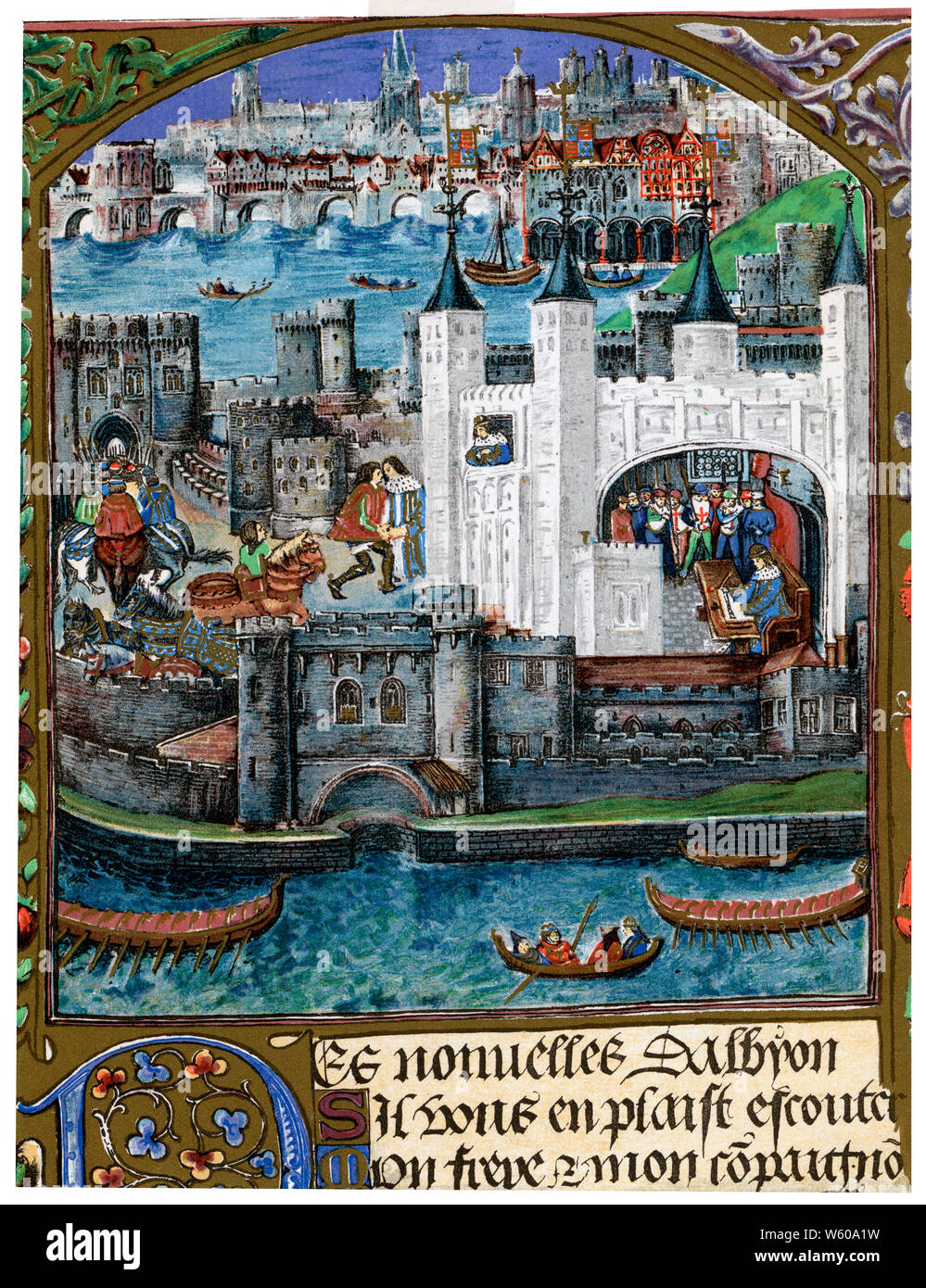 Charles d'Orleans, Poetry: Charles d'Orleans, Poetry; Pseudo-Heloise, Epistles; 'Les demands d'amours'; 'Le livre dit grace entiere', c1450-99. Charles d’Orleans (d1465), was captured at the Battle of Agincourt in 1415 and spent 25 years as a prisoner in England. During this time, he composed many poems and political verses. This manuscript containing a collection of his works includes this illustration of the Tower of London, where Charles spent many of his years in imprisonment. This panorama of London precedes a French poem entitled Des Nouvelles d’Albyon (News from Albion). Stock Photohttps://www.alamy.com/image-license-details/?v=1https://www.alamy.com/charles-dorleans-poetry-charles-dorleans-poetry-pseudo-heloise-epistles-les-demands-damours-le-livre-dit-grace-entiere-c1450-99-charles-dorleans-d1465-was-captured-at-the-battle-of-agincourt-in-1415-and-spent-25-years-as-a-prisoner-in-england-during-this-time-he-composed-many-poems-and-political-verses-this-manuscript-containing-a-collection-of-his-works-includes-this-illustration-of-the-tower-of-london-where-charles-spent-many-of-his-years-in-imprisonment-this-panorama-of-london-precedes-a-french-poem-entitled-des-nouvelles-dalbyon-news-from-albion-image261851349.html
Charles d'Orleans, Poetry: Charles d'Orleans, Poetry; Pseudo-Heloise, Epistles; 'Les demands d'amours'; 'Le livre dit grace entiere', c1450-99. Charles d’Orleans (d1465), was captured at the Battle of Agincourt in 1415 and spent 25 years as a prisoner in England. During this time, he composed many poems and political verses. This manuscript containing a collection of his works includes this illustration of the Tower of London, where Charles spent many of his years in imprisonment. This panorama of London precedes a French poem entitled Des Nouvelles d’Albyon (News from Albion). Stock Photohttps://www.alamy.com/image-license-details/?v=1https://www.alamy.com/charles-dorleans-poetry-charles-dorleans-poetry-pseudo-heloise-epistles-les-demands-damours-le-livre-dit-grace-entiere-c1450-99-charles-dorleans-d1465-was-captured-at-the-battle-of-agincourt-in-1415-and-spent-25-years-as-a-prisoner-in-england-during-this-time-he-composed-many-poems-and-political-verses-this-manuscript-containing-a-collection-of-his-works-includes-this-illustration-of-the-tower-of-london-where-charles-spent-many-of-his-years-in-imprisonment-this-panorama-of-london-precedes-a-french-poem-entitled-des-nouvelles-dalbyon-news-from-albion-image261851349.htmlRMW60A1W–Charles d'Orleans, Poetry: Charles d'Orleans, Poetry; Pseudo-Heloise, Epistles; 'Les demands d'amours'; 'Le livre dit grace entiere', c1450-99. Charles d’Orleans (d1465), was captured at the Battle of Agincourt in 1415 and spent 25 years as a prisoner in England. During this time, he composed many poems and political verses. This manuscript containing a collection of his works includes this illustration of the Tower of London, where Charles spent many of his years in imprisonment. This panorama of London precedes a French poem entitled Des Nouvelles d’Albyon (News from Albion).
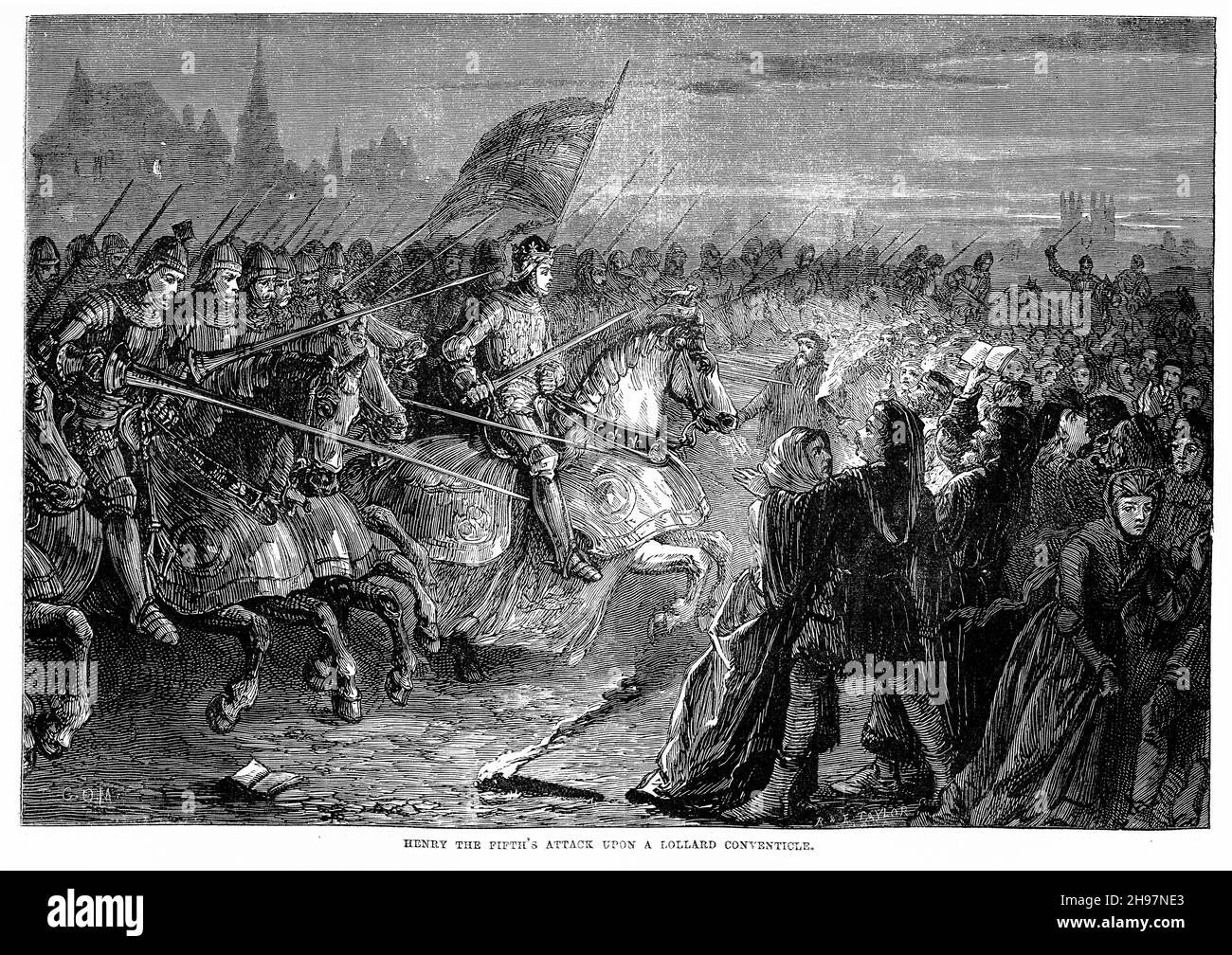 Engraving of Henry V (1386 – 1422)attacking the Lollards at a meeting in England Stock Photohttps://www.alamy.com/image-license-details/?v=1https://www.alamy.com/engraving-of-henry-v-1386-1422attacking-the-lollards-at-a-meeting-in-england-image453171995.html
Engraving of Henry V (1386 – 1422)attacking the Lollards at a meeting in England Stock Photohttps://www.alamy.com/image-license-details/?v=1https://www.alamy.com/engraving-of-henry-v-1386-1422attacking-the-lollards-at-a-meeting-in-england-image453171995.htmlRM2H97NE3–Engraving of Henry V (1386 – 1422)attacking the Lollards at a meeting in England
 Detail of the ruined Holyrood Abbey at Palace of Holyroodhouse in Edinburgh, Scotland, UK Stock Photohttps://www.alamy.com/image-license-details/?v=1https://www.alamy.com/detail-of-the-ruined-holyrood-abbey-at-palace-of-holyroodhouse-in-edinburgh-scotland-uk-image458899036.html
Detail of the ruined Holyrood Abbey at Palace of Holyroodhouse in Edinburgh, Scotland, UK Stock Photohttps://www.alamy.com/image-license-details/?v=1https://www.alamy.com/detail-of-the-ruined-holyrood-abbey-at-palace-of-holyroodhouse-in-edinburgh-scotland-uk-image458899036.htmlRF2HJGJB8–Detail of the ruined Holyrood Abbey at Palace of Holyroodhouse in Edinburgh, Scotland, UK
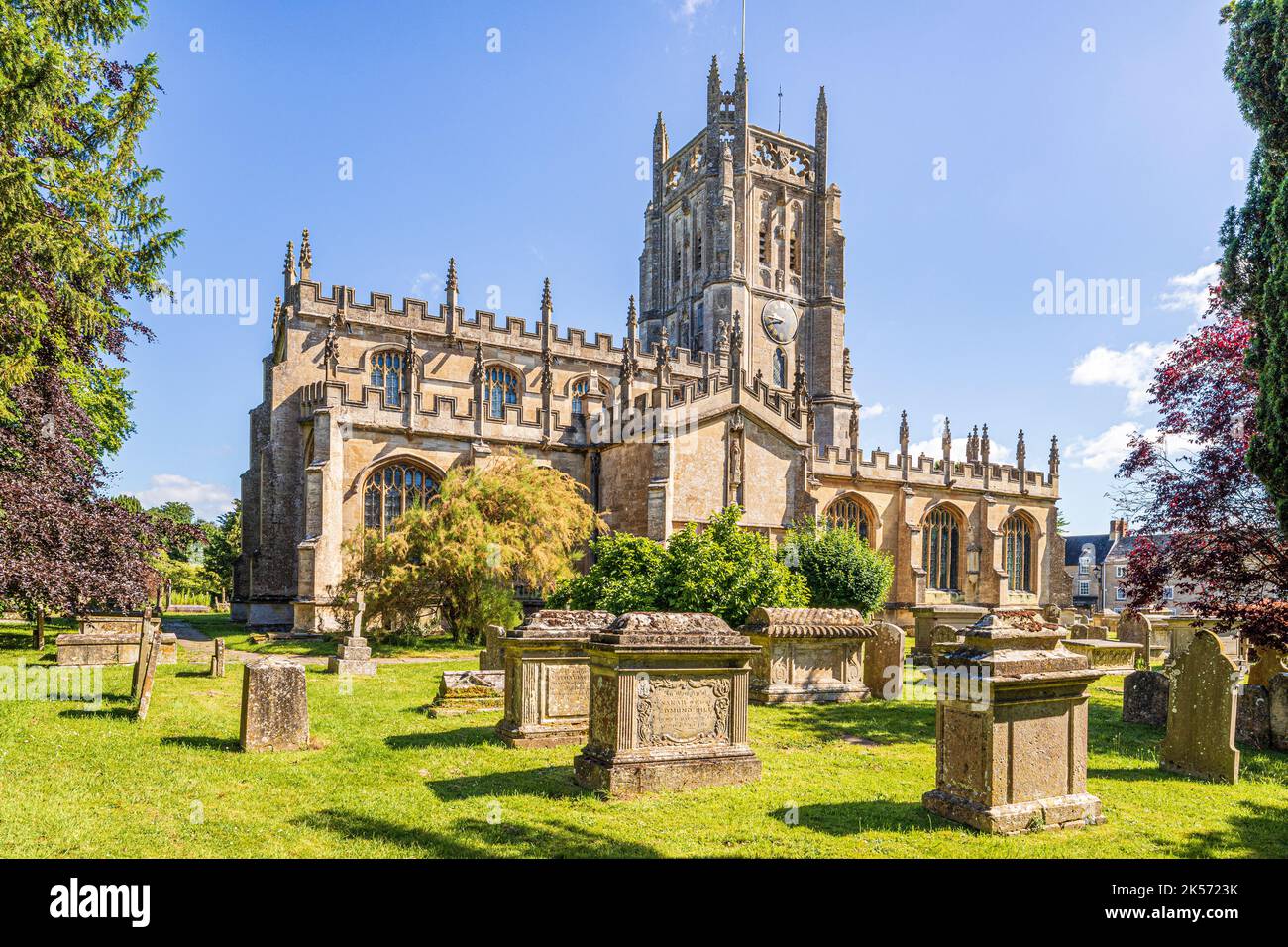 15th century St Mary's church in the Cotswold town of Fairford, Gloucestershire, England UK - Famous for its stained glass windows. Stock Photohttps://www.alamy.com/image-license-details/?v=1https://www.alamy.com/15th-century-st-marys-church-in-the-cotswold-town-of-fairford-gloucestershire-england-uk-famous-for-its-stained-glass-windows-image485118919.html
15th century St Mary's church in the Cotswold town of Fairford, Gloucestershire, England UK - Famous for its stained glass windows. Stock Photohttps://www.alamy.com/image-license-details/?v=1https://www.alamy.com/15th-century-st-marys-church-in-the-cotswold-town-of-fairford-gloucestershire-england-uk-famous-for-its-stained-glass-windows-image485118919.htmlRM2K5723K–15th century St Mary's church in the Cotswold town of Fairford, Gloucestershire, England UK - Famous for its stained glass windows.
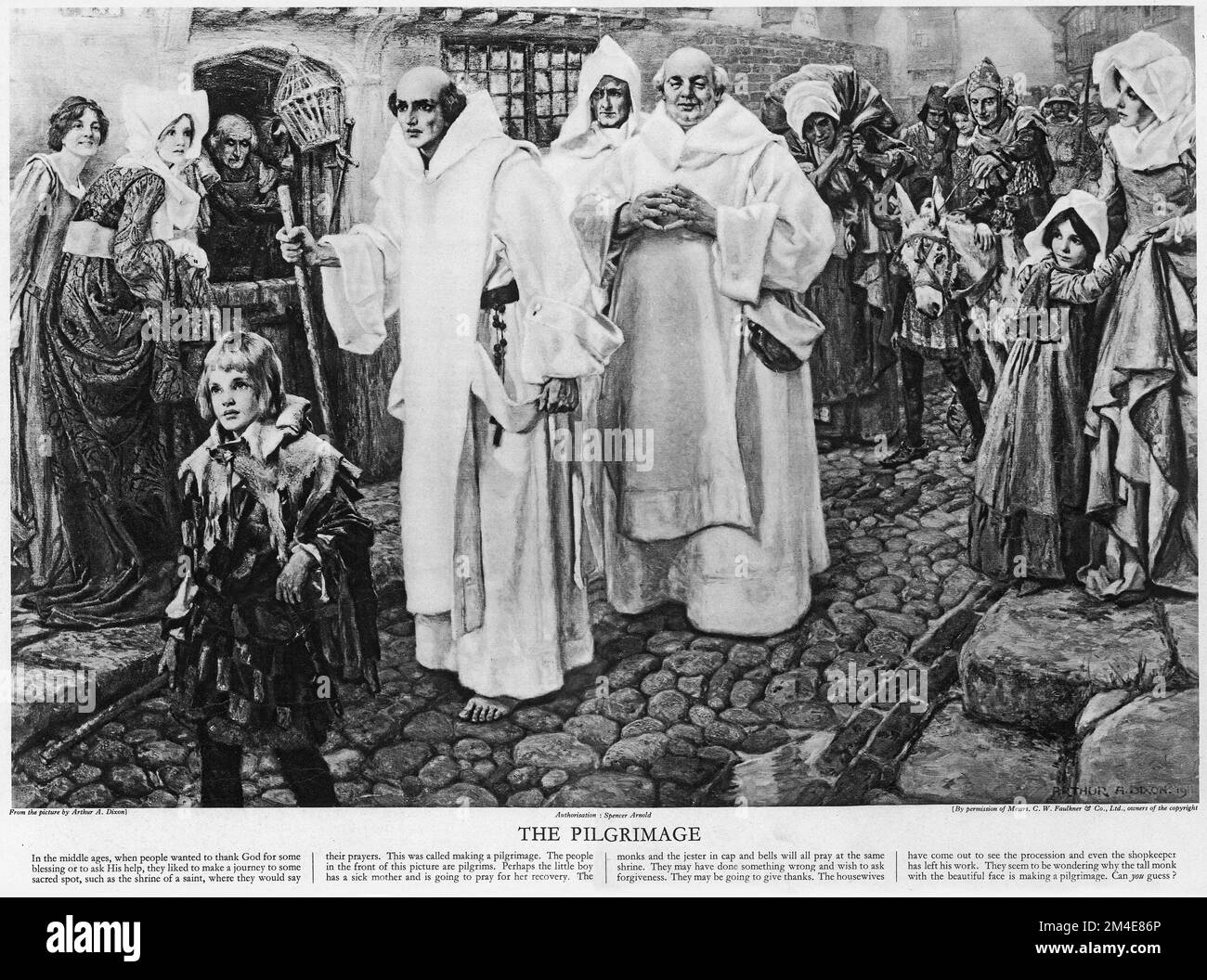 Halftone of people on pilgrimage during the middle ages, from an educational publication in 1927. Stock Photohttps://www.alamy.com/image-license-details/?v=1https://www.alamy.com/halftone-of-people-on-pilgrimage-during-the-middle-ages-from-an-educational-publication-in-1927-image501873086.html
Halftone of people on pilgrimage during the middle ages, from an educational publication in 1927. Stock Photohttps://www.alamy.com/image-license-details/?v=1https://www.alamy.com/halftone-of-people-on-pilgrimage-during-the-middle-ages-from-an-educational-publication-in-1927-image501873086.htmlRM2M4E86P–Halftone of people on pilgrimage during the middle ages, from an educational publication in 1927.
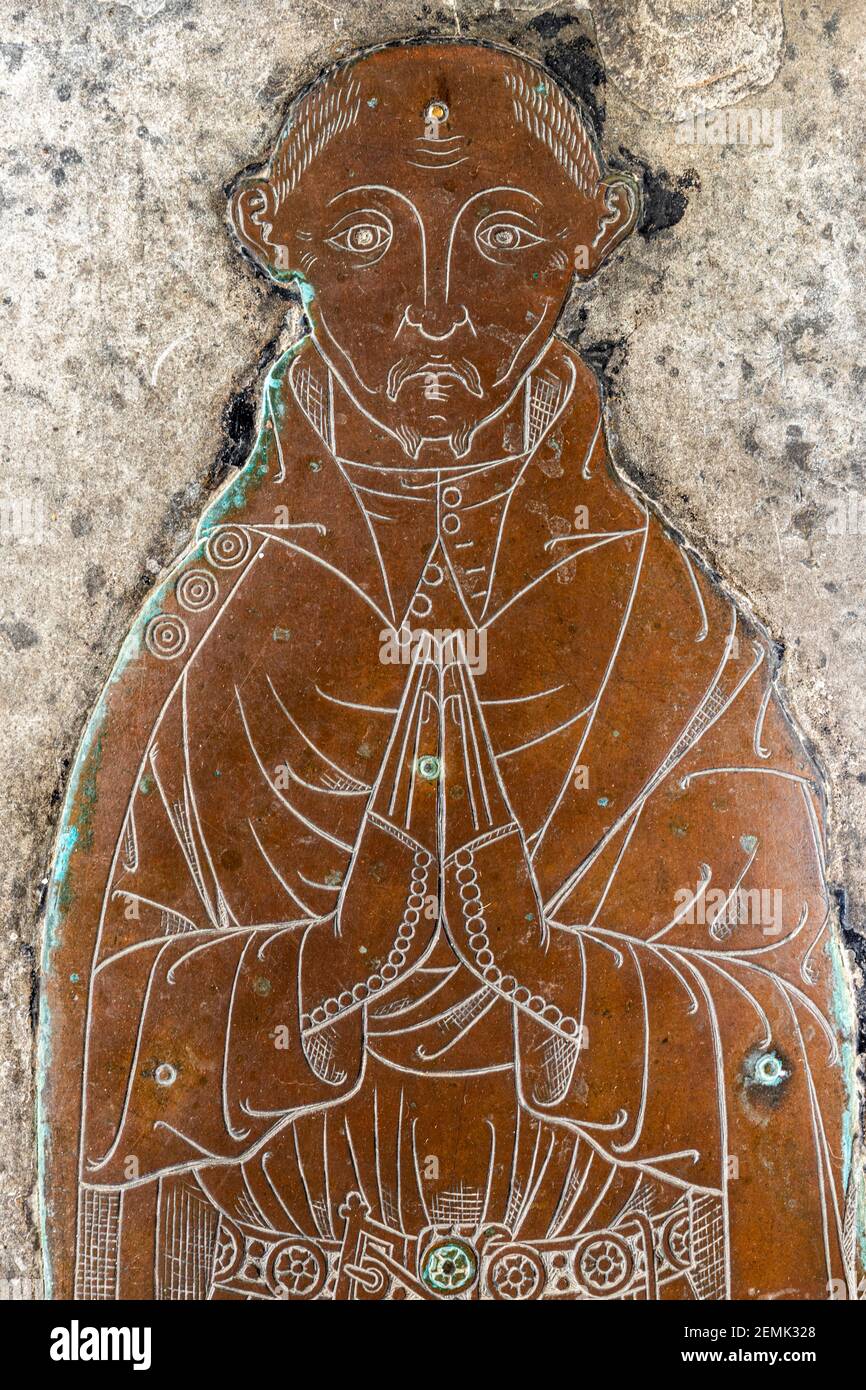 A detail of a memorial brass of an unknown wool merchant (c..1400) in the church in the Cotswold town of Northleach, Gloucestershire UK. Stock Photohttps://www.alamy.com/image-license-details/?v=1https://www.alamy.com/a-detail-of-a-memorial-brass-of-an-unknown-wool-merchant-c1400-in-the-church-in-the-cotswold-town-of-northleach-gloucestershire-uk-image408551088.html
A detail of a memorial brass of an unknown wool merchant (c..1400) in the church in the Cotswold town of Northleach, Gloucestershire UK. Stock Photohttps://www.alamy.com/image-license-details/?v=1https://www.alamy.com/a-detail-of-a-memorial-brass-of-an-unknown-wool-merchant-c1400-in-the-church-in-the-cotswold-town-of-northleach-gloucestershire-uk-image408551088.htmlRM2EMK328–A detail of a memorial brass of an unknown wool merchant (c..1400) in the church in the Cotswold town of Northleach, Gloucestershire UK.
 This illustration shows Richard Neville, the Earl of Warwick (1428-1471). He was the chief baronial figure in Wars of the Roses. He fought the Yorkists (Richard III) and was key man in early reign of Edward IV. The illustration dates to 1882. Stock Photohttps://www.alamy.com/image-license-details/?v=1https://www.alamy.com/this-illustration-shows-richard-neville-the-earl-of-warwick-1428-1471-he-was-the-chief-baronial-figure-in-wars-of-the-roses-he-fought-the-yorkists-richard-iii-and-was-key-man-in-early-reign-of-edward-iv-the-illustration-dates-to-1882-image337618564.html
This illustration shows Richard Neville, the Earl of Warwick (1428-1471). He was the chief baronial figure in Wars of the Roses. He fought the Yorkists (Richard III) and was key man in early reign of Edward IV. The illustration dates to 1882. Stock Photohttps://www.alamy.com/image-license-details/?v=1https://www.alamy.com/this-illustration-shows-richard-neville-the-earl-of-warwick-1428-1471-he-was-the-chief-baronial-figure-in-wars-of-the-roses-he-fought-the-yorkists-richard-iii-and-was-key-man-in-early-reign-of-edward-iv-the-illustration-dates-to-1882-image337618564.htmlRF2AH7RWT–This illustration shows Richard Neville, the Earl of Warwick (1428-1471). He was the chief baronial figure in Wars of the Roses. He fought the Yorkists (Richard III) and was key man in early reign of Edward IV. The illustration dates to 1882.
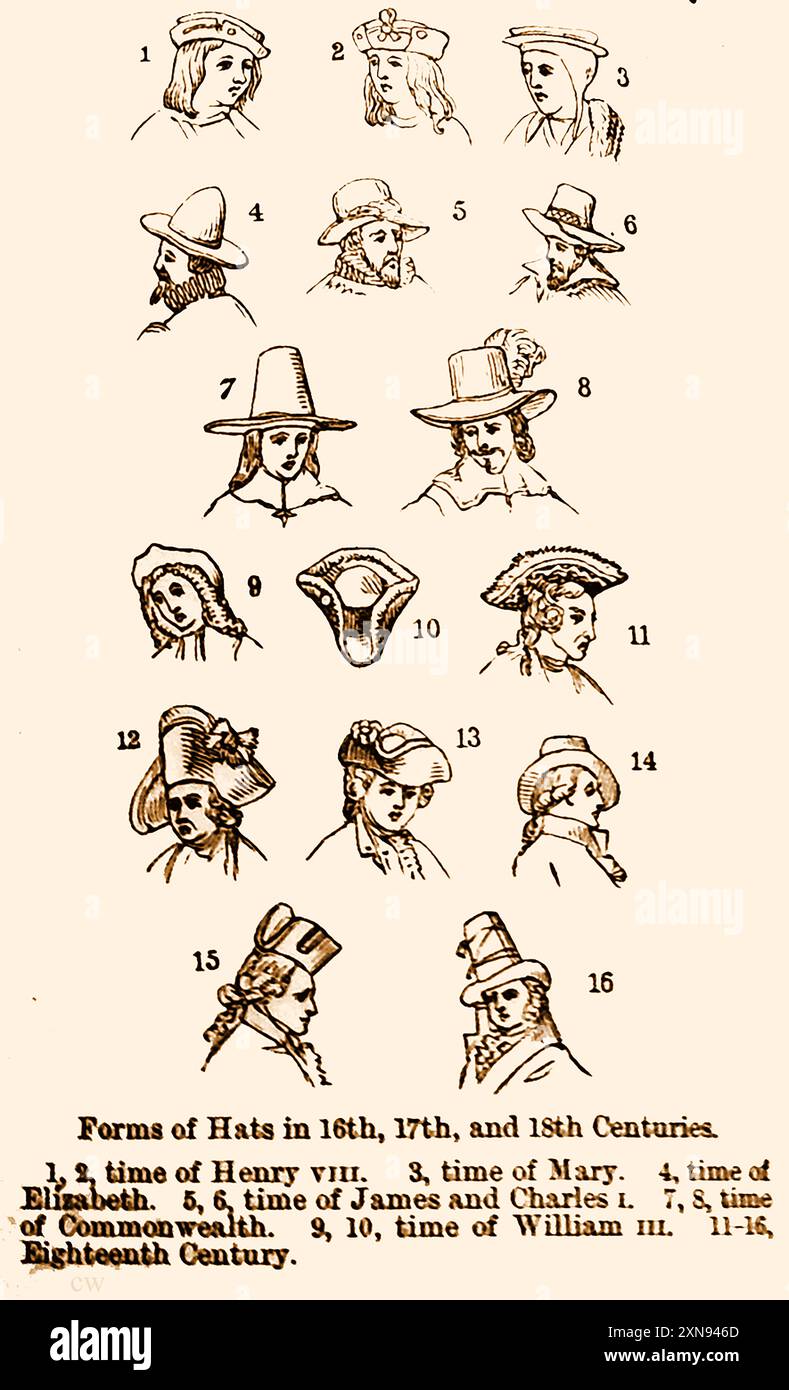 A 19th century chart showing men's hats in the 16th, 17th & 18th centuries. Stock Photohttps://www.alamy.com/image-license-details/?v=1https://www.alamy.com/a-19th-century-chart-showing-mens-hats-in-the-16th-17th-18th-centuries-image615471541.html
A 19th century chart showing men's hats in the 16th, 17th & 18th centuries. Stock Photohttps://www.alamy.com/image-license-details/?v=1https://www.alamy.com/a-19th-century-chart-showing-mens-hats-in-the-16th-17th-18th-centuries-image615471541.htmlRM2XN946D–A 19th century chart showing men's hats in the 16th, 17th & 18th centuries.
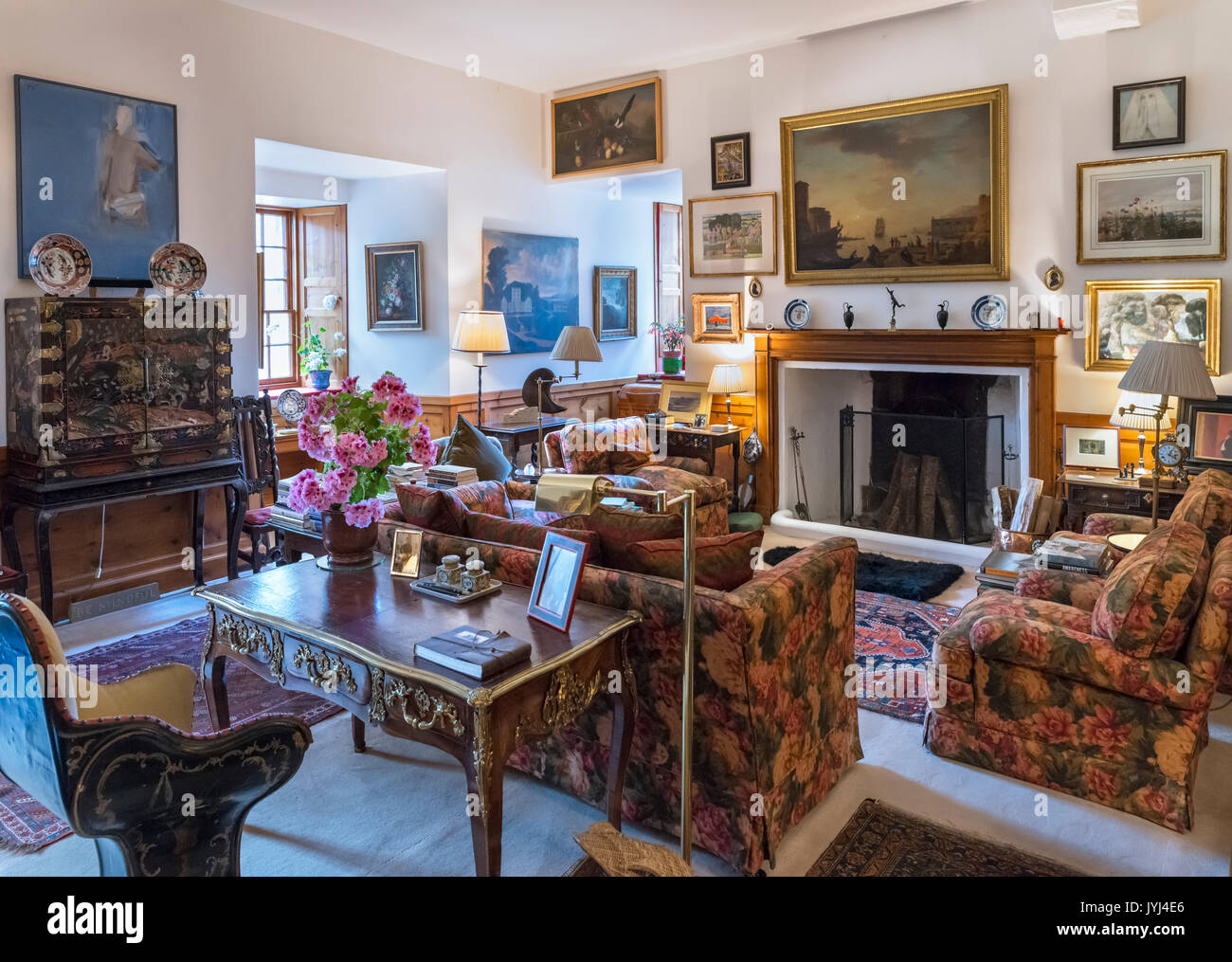 The Tower Room in Cawdor Castle, Cawdor, Nairn, Highland, Scotland, UK Stock Photohttps://www.alamy.com/image-license-details/?v=1https://www.alamy.com/the-tower-room-in-cawdor-castle-cawdor-nairn-highland-scotland-uk-image154677326.html
The Tower Room in Cawdor Castle, Cawdor, Nairn, Highland, Scotland, UK Stock Photohttps://www.alamy.com/image-license-details/?v=1https://www.alamy.com/the-tower-room-in-cawdor-castle-cawdor-nairn-highland-scotland-uk-image154677326.htmlRMJYJ4E6–The Tower Room in Cawdor Castle, Cawdor, Nairn, Highland, Scotland, UK
 Battle of Tewkesbury Re-enactment, 2010. Yorkist banner sporting the white rose and the sun in splendour Stock Photohttps://www.alamy.com/image-license-details/?v=1https://www.alamy.com/stock-photo-battle-of-tewkesbury-re-enactment-2010-yorkist-banner-sporting-the-30381676.html
Battle of Tewkesbury Re-enactment, 2010. Yorkist banner sporting the white rose and the sun in splendour Stock Photohttps://www.alamy.com/image-license-details/?v=1https://www.alamy.com/stock-photo-battle-of-tewkesbury-re-enactment-2010-yorkist-banner-sporting-the-30381676.htmlRMBNC03T–Battle of Tewkesbury Re-enactment, 2010. Yorkist banner sporting the white rose and the sun in splendour
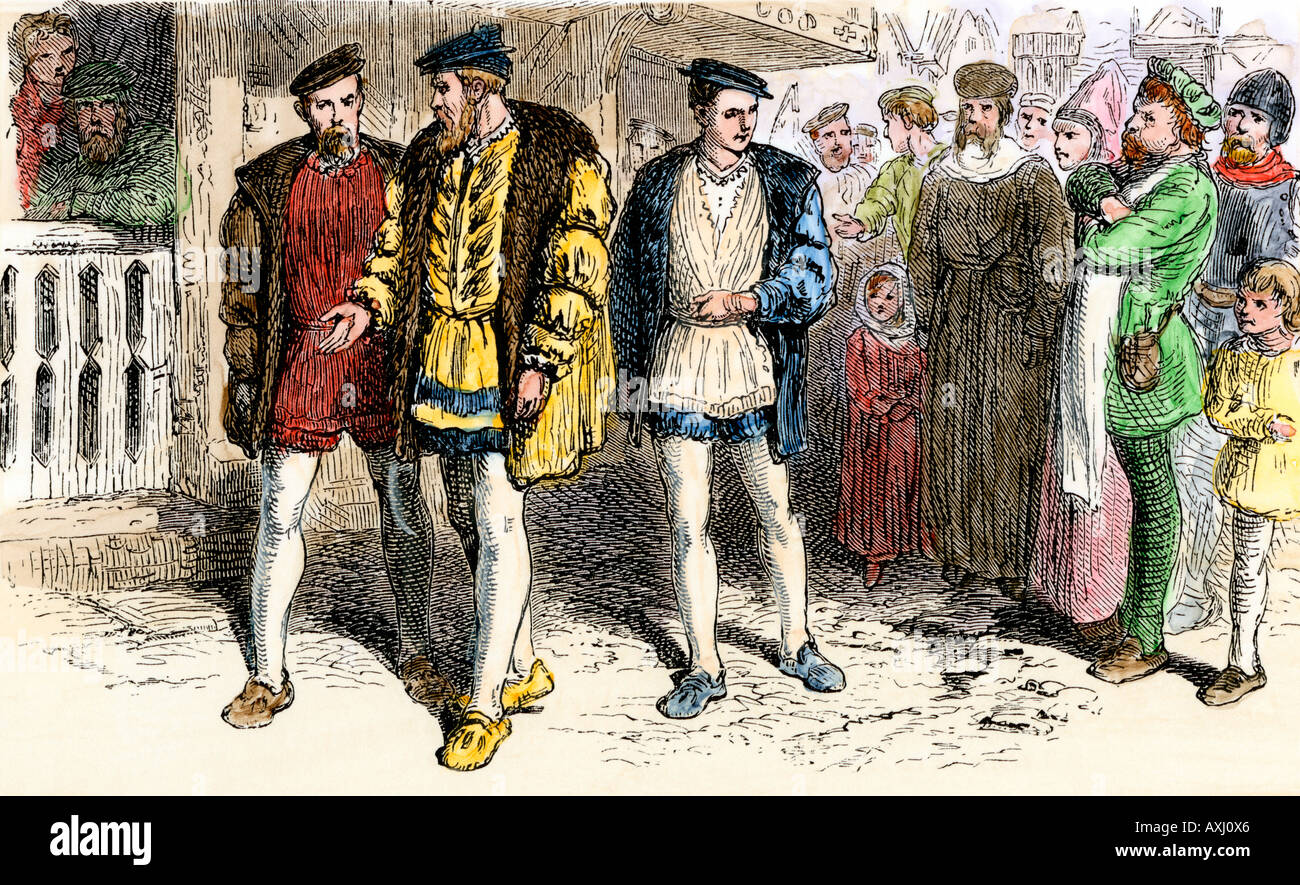 John Cabot in London before his voyage to Canada looking for a Northwest Passage 1497. Hand-colored woodcut Stock Photohttps://www.alamy.com/image-license-details/?v=1https://www.alamy.com/john-cabot-in-london-before-his-voyage-to-canada-looking-for-a-northwest-image9630373.html
John Cabot in London before his voyage to Canada looking for a Northwest Passage 1497. Hand-colored woodcut Stock Photohttps://www.alamy.com/image-license-details/?v=1https://www.alamy.com/john-cabot-in-london-before-his-voyage-to-canada-looking-for-a-northwest-image9630373.htmlRMAXJ0X6–John Cabot in London before his voyage to Canada looking for a Northwest Passage 1497. Hand-colored woodcut
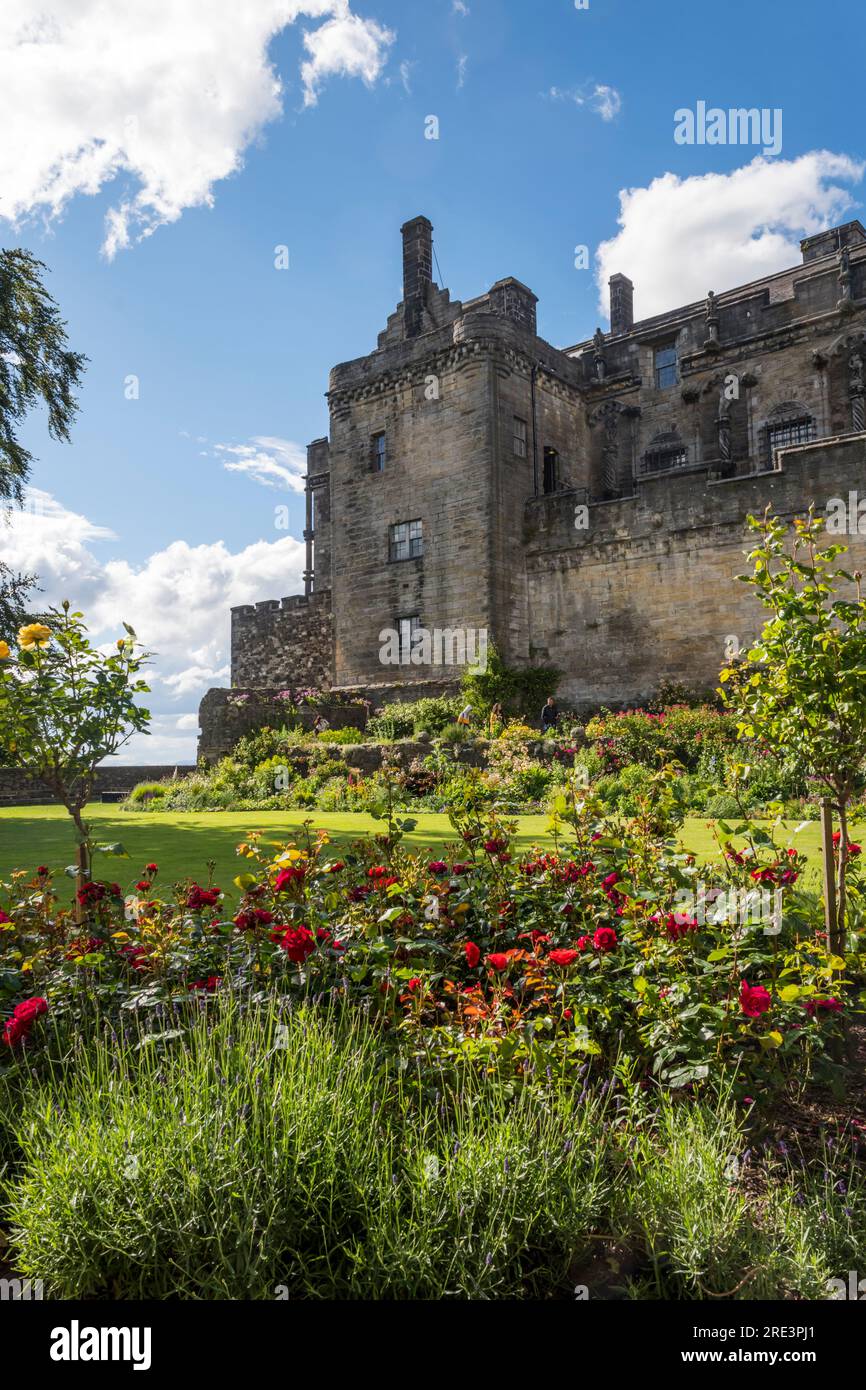 The Queen Anne Garden at Stirling Castle date from the 1400s. The gardens were transformed into a bowlng green in the early C17th. Stock Photohttps://www.alamy.com/image-license-details/?v=1https://www.alamy.com/the-queen-anne-garden-at-stirling-castle-date-from-the-1400s-the-gardens-were-transformed-into-a-bowlng-green-in-the-early-c17th-image559420569.html
The Queen Anne Garden at Stirling Castle date from the 1400s. The gardens were transformed into a bowlng green in the early C17th. Stock Photohttps://www.alamy.com/image-license-details/?v=1https://www.alamy.com/the-queen-anne-garden-at-stirling-castle-date-from-the-1400s-the-gardens-were-transformed-into-a-bowlng-green-in-the-early-c17th-image559420569.htmlRM2RE3PJ1–The Queen Anne Garden at Stirling Castle date from the 1400s. The gardens were transformed into a bowlng green in the early C17th.
 Kilchurn Castle was built in the mid-1400s by Sir Colin Campbell, 1st Lord of Glenorchy. Stock Photohttps://www.alamy.com/image-license-details/?v=1https://www.alamy.com/kilchurn-castle-was-built-in-the-mid-1400s-by-sir-colin-campbell-1st-lord-of-glenorchy-image626175148.html
Kilchurn Castle was built in the mid-1400s by Sir Colin Campbell, 1st Lord of Glenorchy. Stock Photohttps://www.alamy.com/image-license-details/?v=1https://www.alamy.com/kilchurn-castle-was-built-in-the-mid-1400s-by-sir-colin-campbell-1st-lord-of-glenorchy-image626175148.htmlRM2YAMMP4–Kilchurn Castle was built in the mid-1400s by Sir Colin Campbell, 1st Lord of Glenorchy.
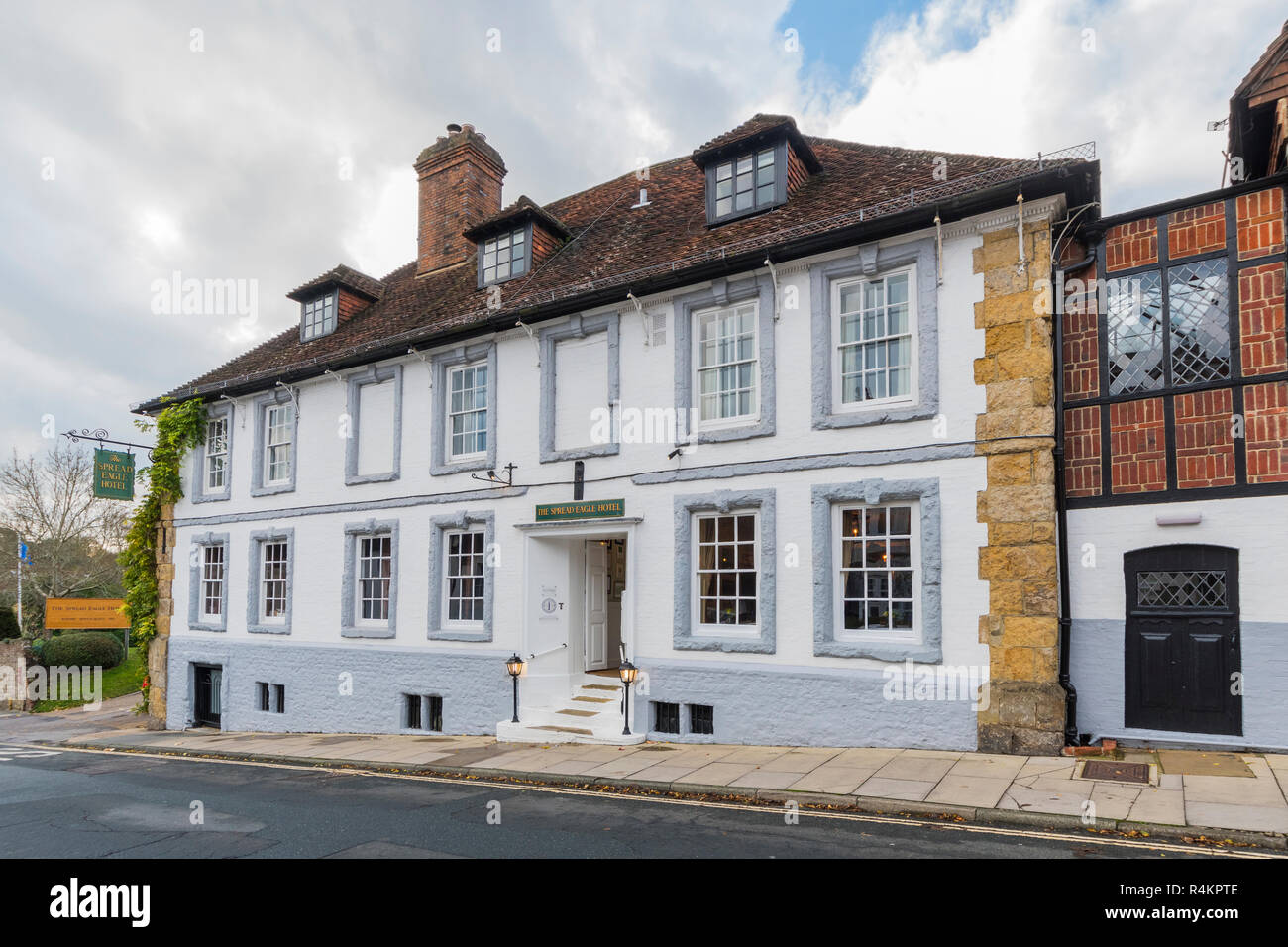 Part of The Spread Eagle Hotel & Spa, a luxury British hotel in a 1400's old Coaching Inn building in Midhurst, West Sussex, England, UK. Stock Photohttps://www.alamy.com/image-license-details/?v=1https://www.alamy.com/part-of-the-spread-eagle-hotel-spa-a-luxury-british-hotel-in-a-1400s-old-coaching-inn-building-in-midhurst-west-sussex-england-uk-image226628430.html
Part of The Spread Eagle Hotel & Spa, a luxury British hotel in a 1400's old Coaching Inn building in Midhurst, West Sussex, England, UK. Stock Photohttps://www.alamy.com/image-license-details/?v=1https://www.alamy.com/part-of-the-spread-eagle-hotel-spa-a-luxury-british-hotel-in-a-1400s-old-coaching-inn-building-in-midhurst-west-sussex-england-uk-image226628430.htmlRMR4KPTE–Part of The Spread Eagle Hotel & Spa, a luxury British hotel in a 1400's old Coaching Inn building in Midhurst, West Sussex, England, UK.
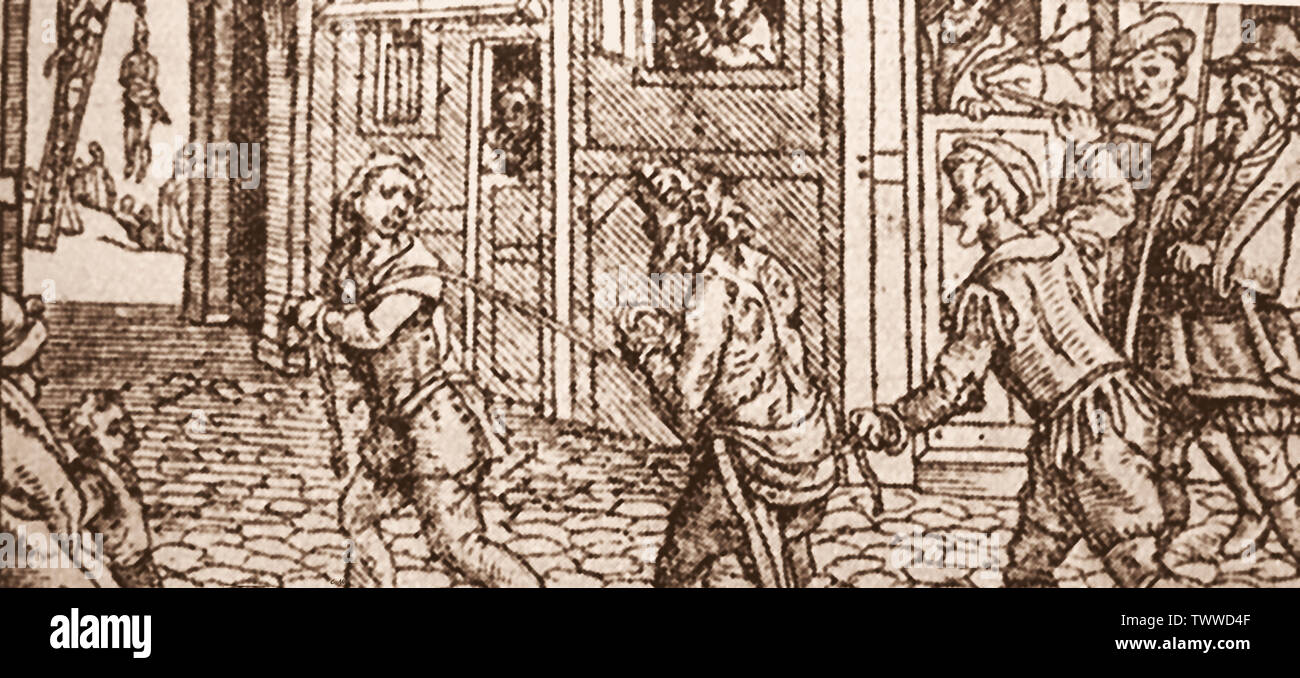 BEGGAR BANGING - Whipping a beggar in Britain in Medieval Times (Corporal Punishment) whilst a criminal can be seen hung in public (Capital Punishment) Stock Photohttps://www.alamy.com/image-license-details/?v=1https://www.alamy.com/beggar-banging-whipping-a-beggar-in-britain-in-medieval-times-corporal-punishment-whilst-a-criminal-can-be-seen-hung-in-public-capital-punishment-image256870671.html
BEGGAR BANGING - Whipping a beggar in Britain in Medieval Times (Corporal Punishment) whilst a criminal can be seen hung in public (Capital Punishment) Stock Photohttps://www.alamy.com/image-license-details/?v=1https://www.alamy.com/beggar-banging-whipping-a-beggar-in-britain-in-medieval-times-corporal-punishment-whilst-a-criminal-can-be-seen-hung-in-public-capital-punishment-image256870671.htmlRMTWWD4F–BEGGAR BANGING - Whipping a beggar in Britain in Medieval Times (Corporal Punishment) whilst a criminal can be seen hung in public (Capital Punishment)
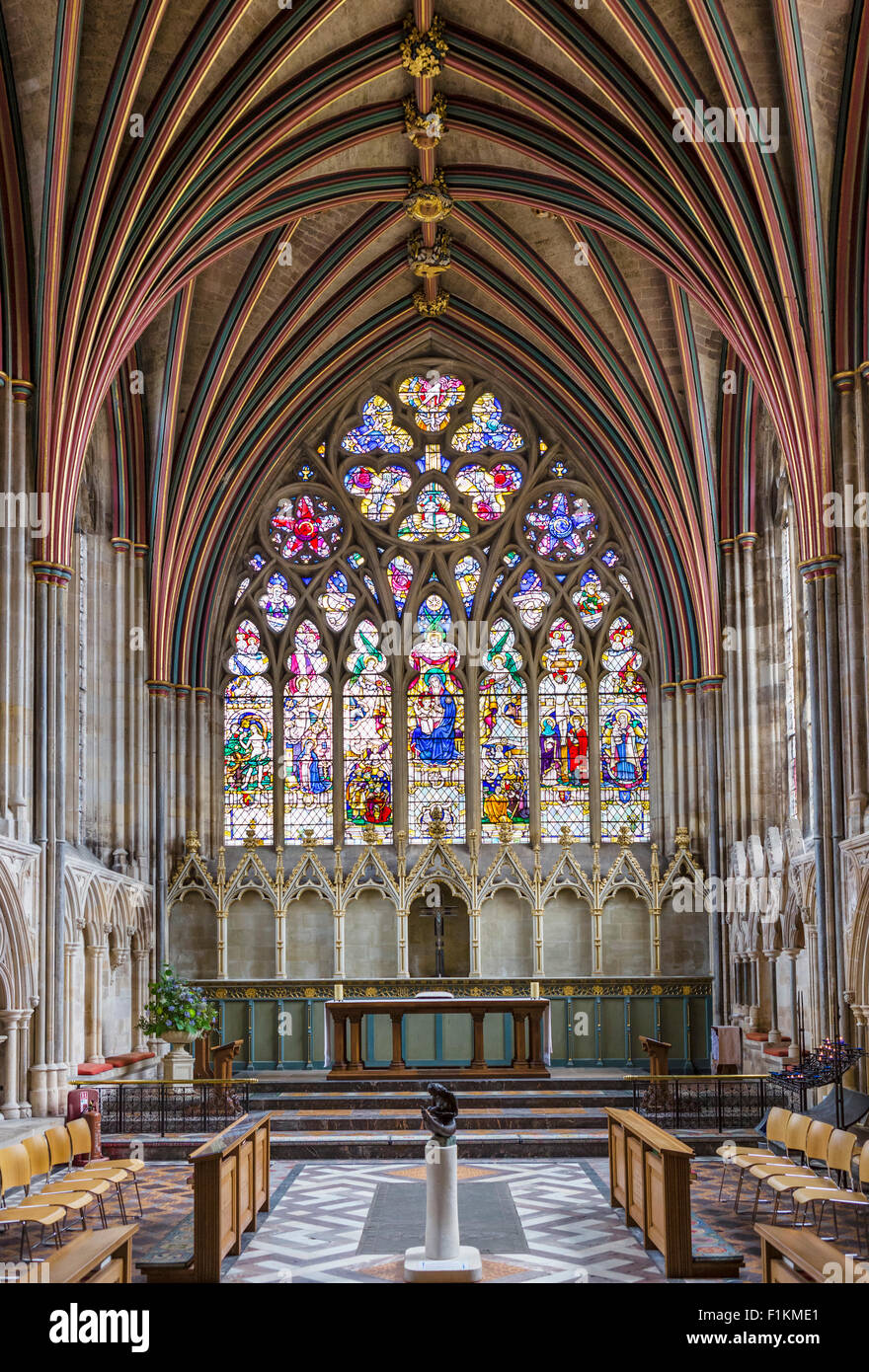 Stained glass window in the Lady Chapel in Exeter Cathedral, Exeter, Devon, England, UK Stock Photohttps://www.alamy.com/image-license-details/?v=1https://www.alamy.com/stock-photo-stained-glass-window-in-the-lady-chapel-in-exeter-cathedral-exeter-87099657.html
Stained glass window in the Lady Chapel in Exeter Cathedral, Exeter, Devon, England, UK Stock Photohttps://www.alamy.com/image-license-details/?v=1https://www.alamy.com/stock-photo-stained-glass-window-in-the-lady-chapel-in-exeter-cathedral-exeter-87099657.htmlRMF1KME1–Stained glass window in the Lady Chapel in Exeter Cathedral, Exeter, Devon, England, UK
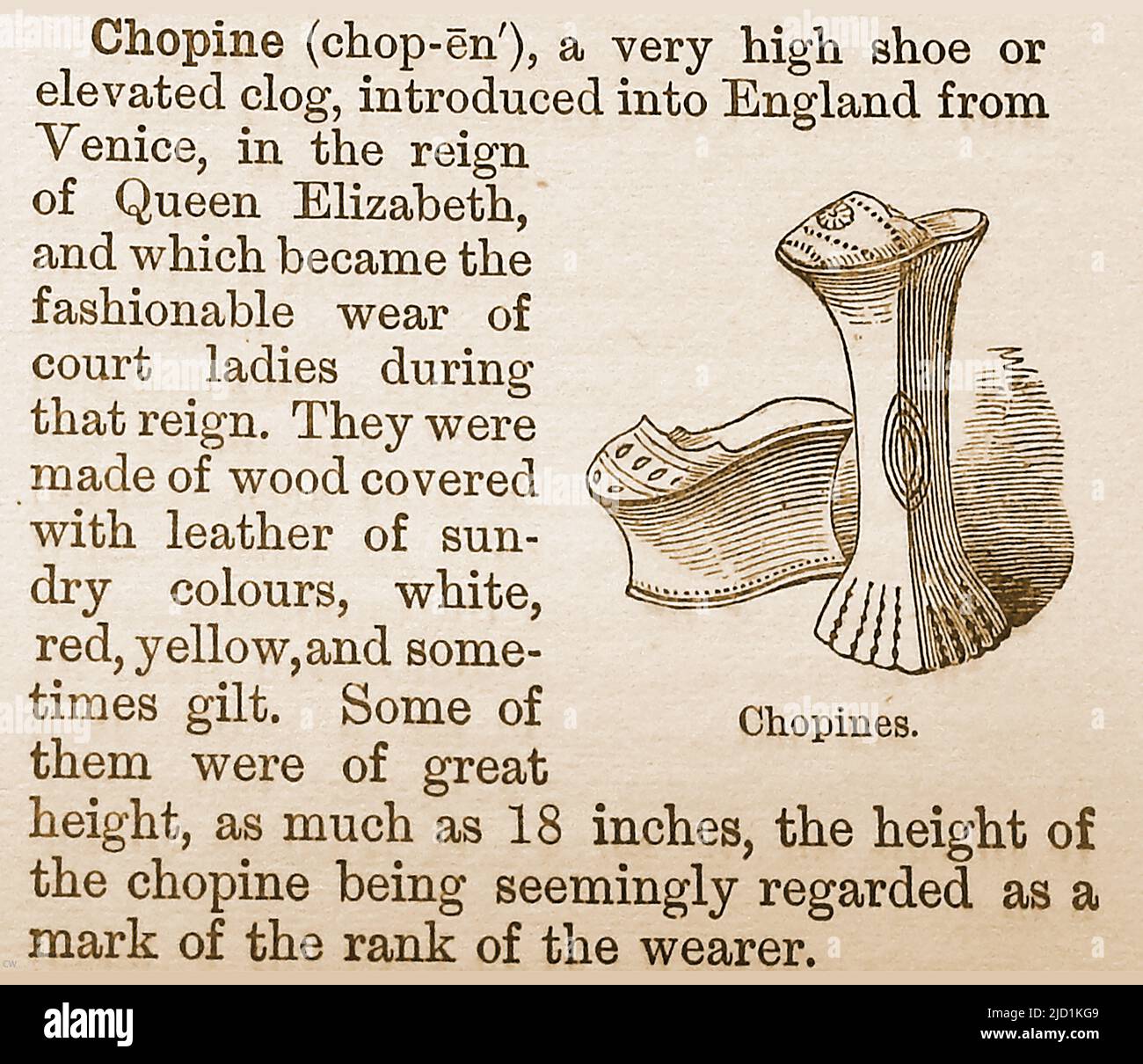 A 19th century English dictionary entry describing CHOPINES an ancient ( 15th, 16th and 17th centuries) form of female platform footwear once worn by the aristocracy. They were designed to protect clothing from being dragged through the mud and dirt in the streets of the time. The height of chopines was often a reference to the woman's status. Stock Photohttps://www.alamy.com/image-license-details/?v=1https://www.alamy.com/a-19th-century-english-dictionary-entry-describing-chopines-an-ancient-15th-16th-and-17th-centuries-form-of-female-platform-footwear-once-worn-by-the-aristocracy-they-were-designed-to-protect-clothing-from-being-dragged-through-the-mud-and-dirt-in-the-streets-of-the-time-the-height-of-chopines-was-often-a-reference-to-the-womans-status-image472707769.html
A 19th century English dictionary entry describing CHOPINES an ancient ( 15th, 16th and 17th centuries) form of female platform footwear once worn by the aristocracy. They were designed to protect clothing from being dragged through the mud and dirt in the streets of the time. The height of chopines was often a reference to the woman's status. Stock Photohttps://www.alamy.com/image-license-details/?v=1https://www.alamy.com/a-19th-century-english-dictionary-entry-describing-chopines-an-ancient-15th-16th-and-17th-centuries-form-of-female-platform-footwear-once-worn-by-the-aristocracy-they-were-designed-to-protect-clothing-from-being-dragged-through-the-mud-and-dirt-in-the-streets-of-the-time-the-height-of-chopines-was-often-a-reference-to-the-womans-status-image472707769.htmlRM2JD1KG9–A 19th century English dictionary entry describing CHOPINES an ancient ( 15th, 16th and 17th centuries) form of female platform footwear once worn by the aristocracy. They were designed to protect clothing from being dragged through the mud and dirt in the streets of the time. The height of chopines was often a reference to the woman's status.
 Nantclwyd y Dre, the oldest town house in Wales dating from the 15th century, Castle Street, Ruthin, Denbighshire, Wales, UK Stock Photohttps://www.alamy.com/image-license-details/?v=1https://www.alamy.com/stock-photo-nantclwyd-y-dre-the-oldest-town-house-in-wales-dating-from-the-15th-82889960.html
Nantclwyd y Dre, the oldest town house in Wales dating from the 15th century, Castle Street, Ruthin, Denbighshire, Wales, UK Stock Photohttps://www.alamy.com/image-license-details/?v=1https://www.alamy.com/stock-photo-nantclwyd-y-dre-the-oldest-town-house-in-wales-dating-from-the-15th-82889960.htmlRMEPRXYM–Nantclwyd y Dre, the oldest town house in Wales dating from the 15th century, Castle Street, Ruthin, Denbighshire, Wales, UK
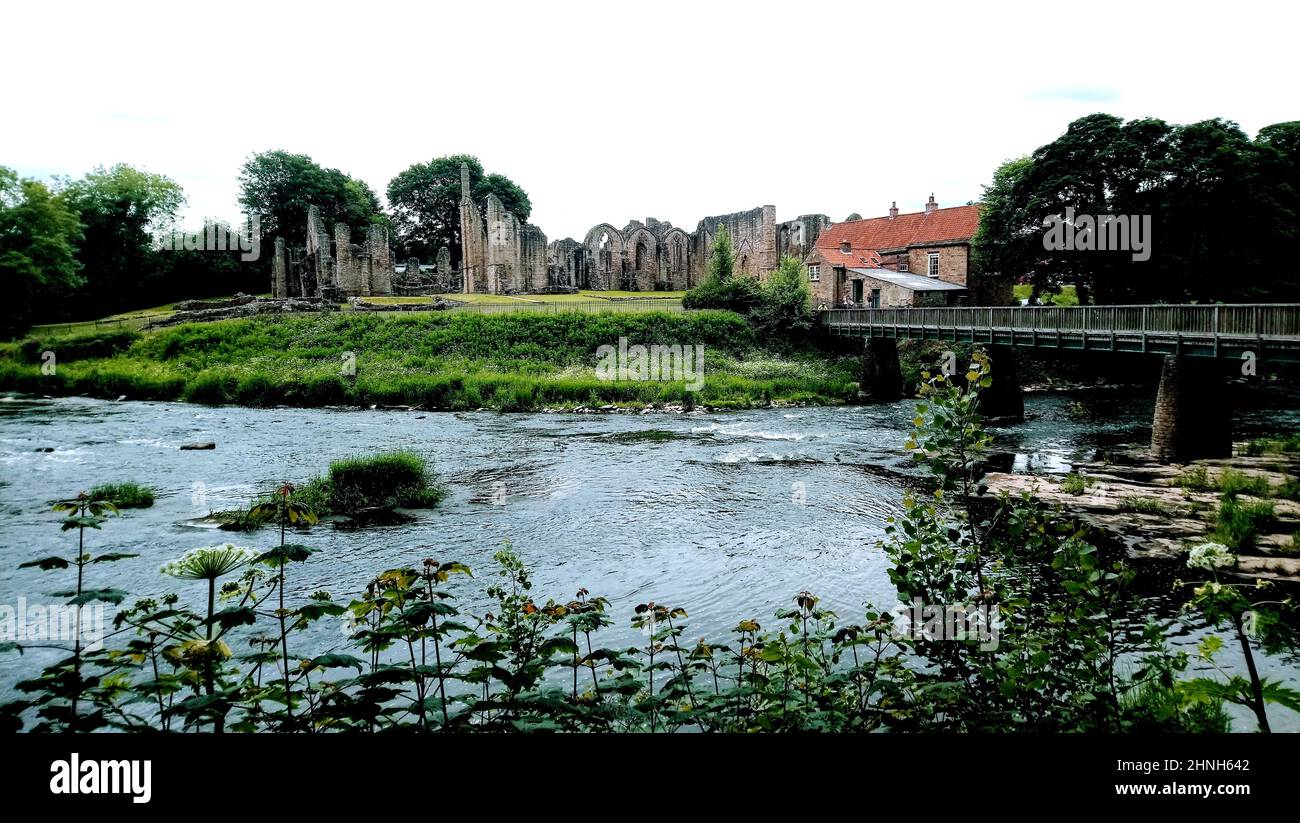 Finchale priory, pronounced finkle priory ,also known as Finchale Abbey, County Durham, U.K. with its fotbridge over the river Wear. Like many English abbeys it stands in a beautiful wooded setting. The Benedictine building was founded in 1196 on the site of the hermitage of St Godric, a retired sailor and merchant, The priory became an outpost of Durham Cathedral from where the monks of Durham travelled and used it as a holiday retreat until its suppression in 1538. Godric's original hermitage was dedicated to St John the Baptist. It is under the care of English Heritage. Stock Photohttps://www.alamy.com/image-license-details/?v=1https://www.alamy.com/finchale-priory-pronounced-finkle-priory-also-known-as-finchale-abbey-county-durham-uk-with-its-fotbridge-over-the-river-wear-like-many-english-abbeys-it-stands-in-a-beautiful-wooded-setting-the-benedictine-building-was-founded-in-1196-on-the-site-of-the-hermitage-of-st-godric-a-retired-sailor-and-merchant-the-priory-became-an-outpost-of-durham-cathedral-from-where-the-monks-of-durham-travelled-and-used-it-as-a-holiday-retreat-until-its-suppression-in-1538-godrics-original-hermitage-was-dedicated-to-st-john-the-baptist-it-is-under-the-care-of-english-heritage-image460755346.html
Finchale priory, pronounced finkle priory ,also known as Finchale Abbey, County Durham, U.K. with its fotbridge over the river Wear. Like many English abbeys it stands in a beautiful wooded setting. The Benedictine building was founded in 1196 on the site of the hermitage of St Godric, a retired sailor and merchant, The priory became an outpost of Durham Cathedral from where the monks of Durham travelled and used it as a holiday retreat until its suppression in 1538. Godric's original hermitage was dedicated to St John the Baptist. It is under the care of English Heritage. Stock Photohttps://www.alamy.com/image-license-details/?v=1https://www.alamy.com/finchale-priory-pronounced-finkle-priory-also-known-as-finchale-abbey-county-durham-uk-with-its-fotbridge-over-the-river-wear-like-many-english-abbeys-it-stands-in-a-beautiful-wooded-setting-the-benedictine-building-was-founded-in-1196-on-the-site-of-the-hermitage-of-st-godric-a-retired-sailor-and-merchant-the-priory-became-an-outpost-of-durham-cathedral-from-where-the-monks-of-durham-travelled-and-used-it-as-a-holiday-retreat-until-its-suppression-in-1538-godrics-original-hermitage-was-dedicated-to-st-john-the-baptist-it-is-under-the-care-of-english-heritage-image460755346.htmlRM2HNH642–Finchale priory, pronounced finkle priory ,also known as Finchale Abbey, County Durham, U.K. with its fotbridge over the river Wear. Like many English abbeys it stands in a beautiful wooded setting. The Benedictine building was founded in 1196 on the site of the hermitage of St Godric, a retired sailor and merchant, The priory became an outpost of Durham Cathedral from where the monks of Durham travelled and used it as a holiday retreat until its suppression in 1538. Godric's original hermitage was dedicated to St John the Baptist. It is under the care of English Heritage.
 An old engraving of Wolterton Manor House, Wolterton, Aylsham, Norfolk, England, UK c. 1500. This brick-built house was occupied by Sir Henry Spelman. It was later replaced by Wolterton Hall, a large Georgian country house commissioned by the 1st Baron Walpole of Wolterton, designed by the architect Thomas Ripley and completed in 1742. Stock Photohttps://www.alamy.com/image-license-details/?v=1https://www.alamy.com/an-old-engraving-of-wolterton-manor-house-wolterton-aylsham-norfolk-england-uk-c-1500-this-brick-built-house-was-occupied-by-sir-henry-spelman-it-was-later-replaced-by-wolterton-hall-a-large-georgian-country-house-commissioned-by-the-1st-baron-walpole-of-wolterton-designed-by-the-architect-thomas-ripley-and-completed-in-1742-image551644472.html
An old engraving of Wolterton Manor House, Wolterton, Aylsham, Norfolk, England, UK c. 1500. This brick-built house was occupied by Sir Henry Spelman. It was later replaced by Wolterton Hall, a large Georgian country house commissioned by the 1st Baron Walpole of Wolterton, designed by the architect Thomas Ripley and completed in 1742. Stock Photohttps://www.alamy.com/image-license-details/?v=1https://www.alamy.com/an-old-engraving-of-wolterton-manor-house-wolterton-aylsham-norfolk-england-uk-c-1500-this-brick-built-house-was-occupied-by-sir-henry-spelman-it-was-later-replaced-by-wolterton-hall-a-large-georgian-country-house-commissioned-by-the-1st-baron-walpole-of-wolterton-designed-by-the-architect-thomas-ripley-and-completed-in-1742-image551644472.htmlRM2R1DG48–An old engraving of Wolterton Manor House, Wolterton, Aylsham, Norfolk, England, UK c. 1500. This brick-built house was occupied by Sir Henry Spelman. It was later replaced by Wolterton Hall, a large Georgian country house commissioned by the 1st Baron Walpole of Wolterton, designed by the architect Thomas Ripley and completed in 1742.
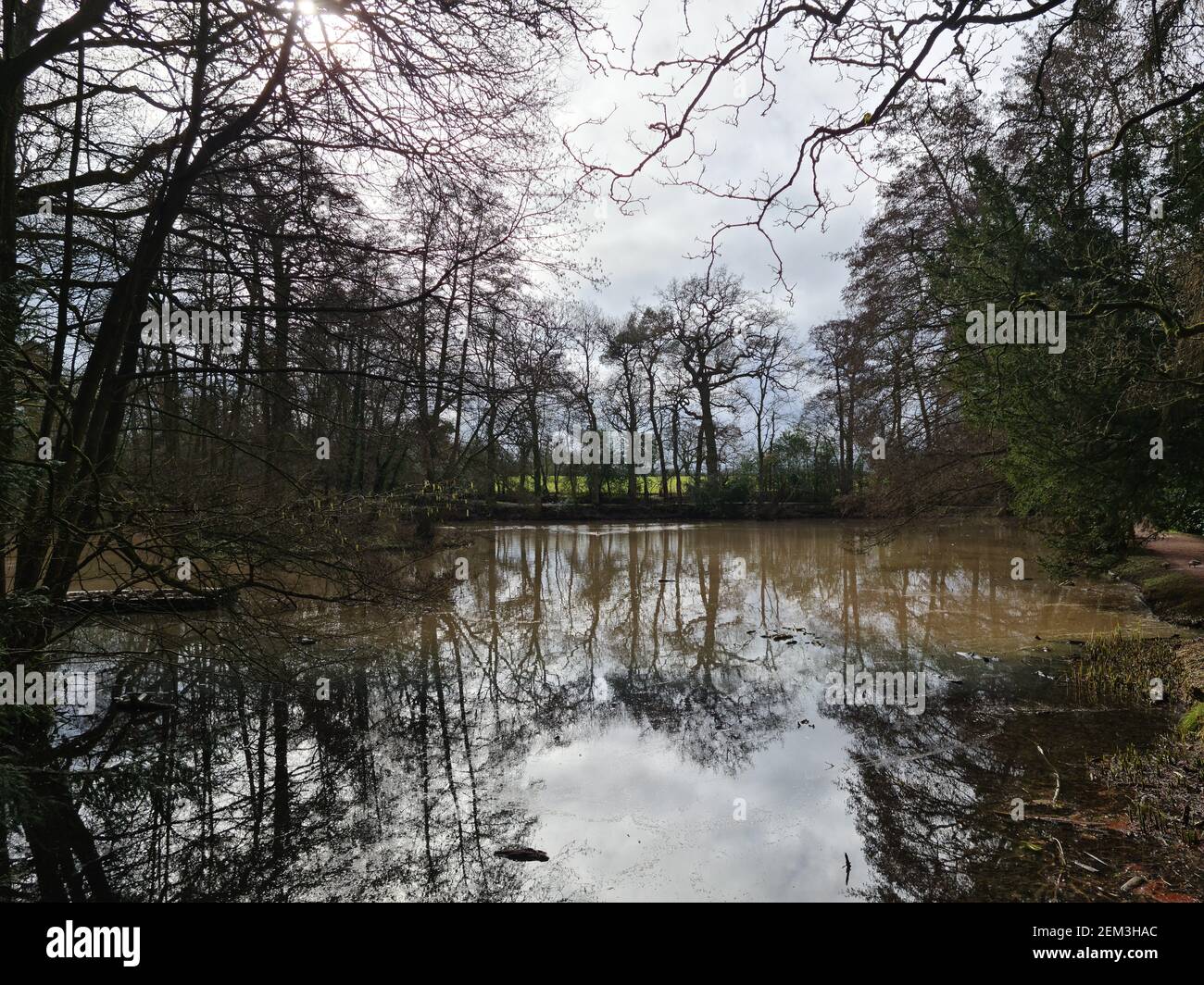 Baddesley Clinton, National Trust Stock Photohttps://www.alamy.com/image-license-details/?v=1https://www.alamy.com/baddesley-clinton-national-trust-image408211060.html
Baddesley Clinton, National Trust Stock Photohttps://www.alamy.com/image-license-details/?v=1https://www.alamy.com/baddesley-clinton-national-trust-image408211060.htmlRF2EM3HAC–Baddesley Clinton, National Trust
 Detail of the ruined Holyrood Abbey at Palace of Holyroodhouse in Edinburgh, Scotland, UK Stock Photohttps://www.alamy.com/image-license-details/?v=1https://www.alamy.com/detail-of-the-ruined-holyrood-abbey-at-palace-of-holyroodhouse-in-edinburgh-scotland-uk-image458899495.html
Detail of the ruined Holyrood Abbey at Palace of Holyroodhouse in Edinburgh, Scotland, UK Stock Photohttps://www.alamy.com/image-license-details/?v=1https://www.alamy.com/detail-of-the-ruined-holyrood-abbey-at-palace-of-holyroodhouse-in-edinburgh-scotland-uk-image458899495.htmlRF2HJGJYK–Detail of the ruined Holyrood Abbey at Palace of Holyroodhouse in Edinburgh, Scotland, UK
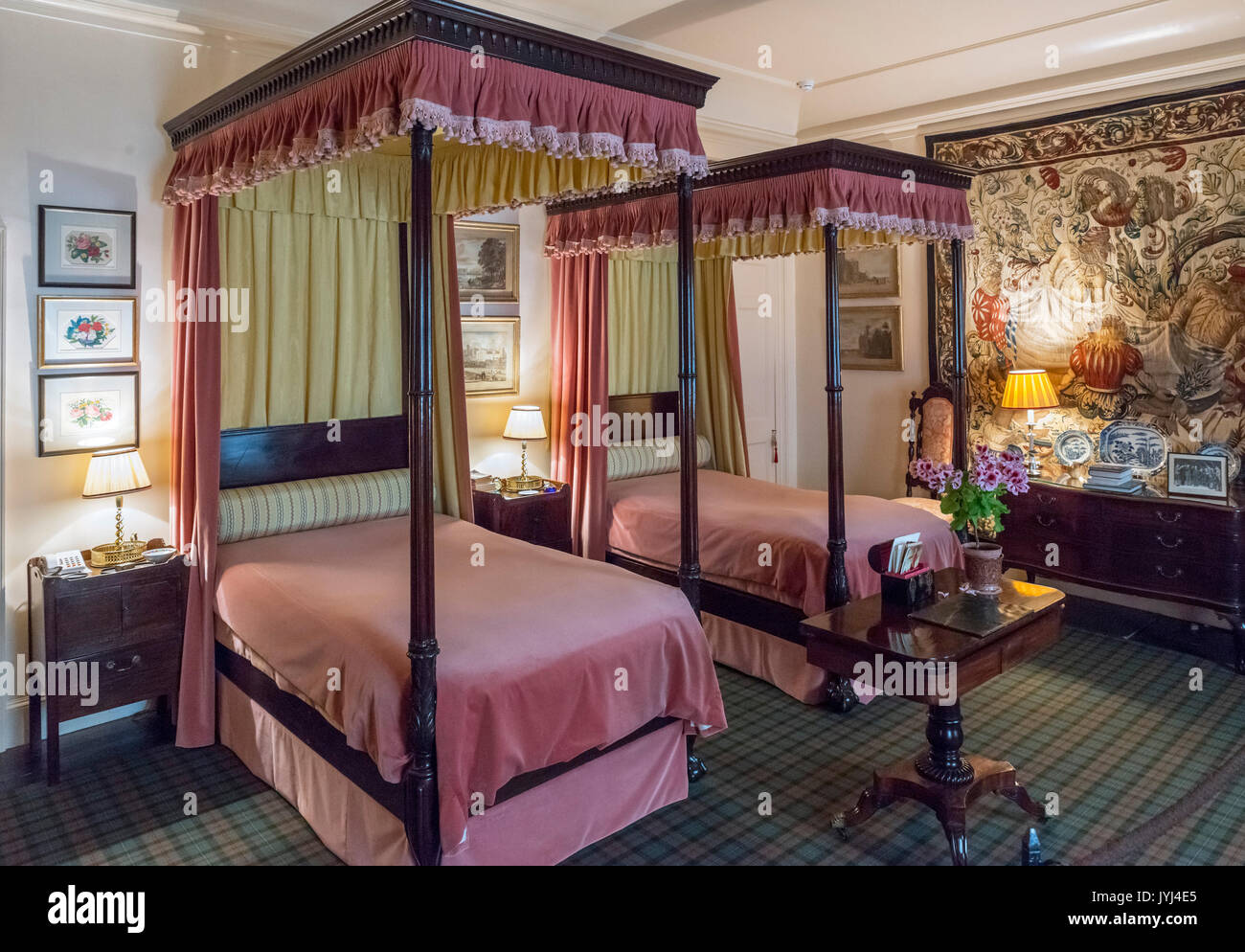 Pink Bedroom in Cawdor Castle, Cawdor, Nairn, Highland, Scotland, UK Stock Photohttps://www.alamy.com/image-license-details/?v=1https://www.alamy.com/pink-bedroom-in-cawdor-castle-cawdor-nairn-highland-scotland-uk-image154677325.html
Pink Bedroom in Cawdor Castle, Cawdor, Nairn, Highland, Scotland, UK Stock Photohttps://www.alamy.com/image-license-details/?v=1https://www.alamy.com/pink-bedroom-in-cawdor-castle-cawdor-nairn-highland-scotland-uk-image154677325.htmlRMJYJ4E5–Pink Bedroom in Cawdor Castle, Cawdor, Nairn, Highland, Scotland, UK
 Halftone of people on pilgrimage during the middle ages, from an educational publication in 1927. Stock Photohttps://www.alamy.com/image-license-details/?v=1https://www.alamy.com/halftone-of-people-on-pilgrimage-during-the-middle-ages-from-an-educational-publication-in-1927-image501873160.html
Halftone of people on pilgrimage during the middle ages, from an educational publication in 1927. Stock Photohttps://www.alamy.com/image-license-details/?v=1https://www.alamy.com/halftone-of-people-on-pilgrimage-during-the-middle-ages-from-an-educational-publication-in-1927-image501873160.htmlRM2M4E89C–Halftone of people on pilgrimage during the middle ages, from an educational publication in 1927.
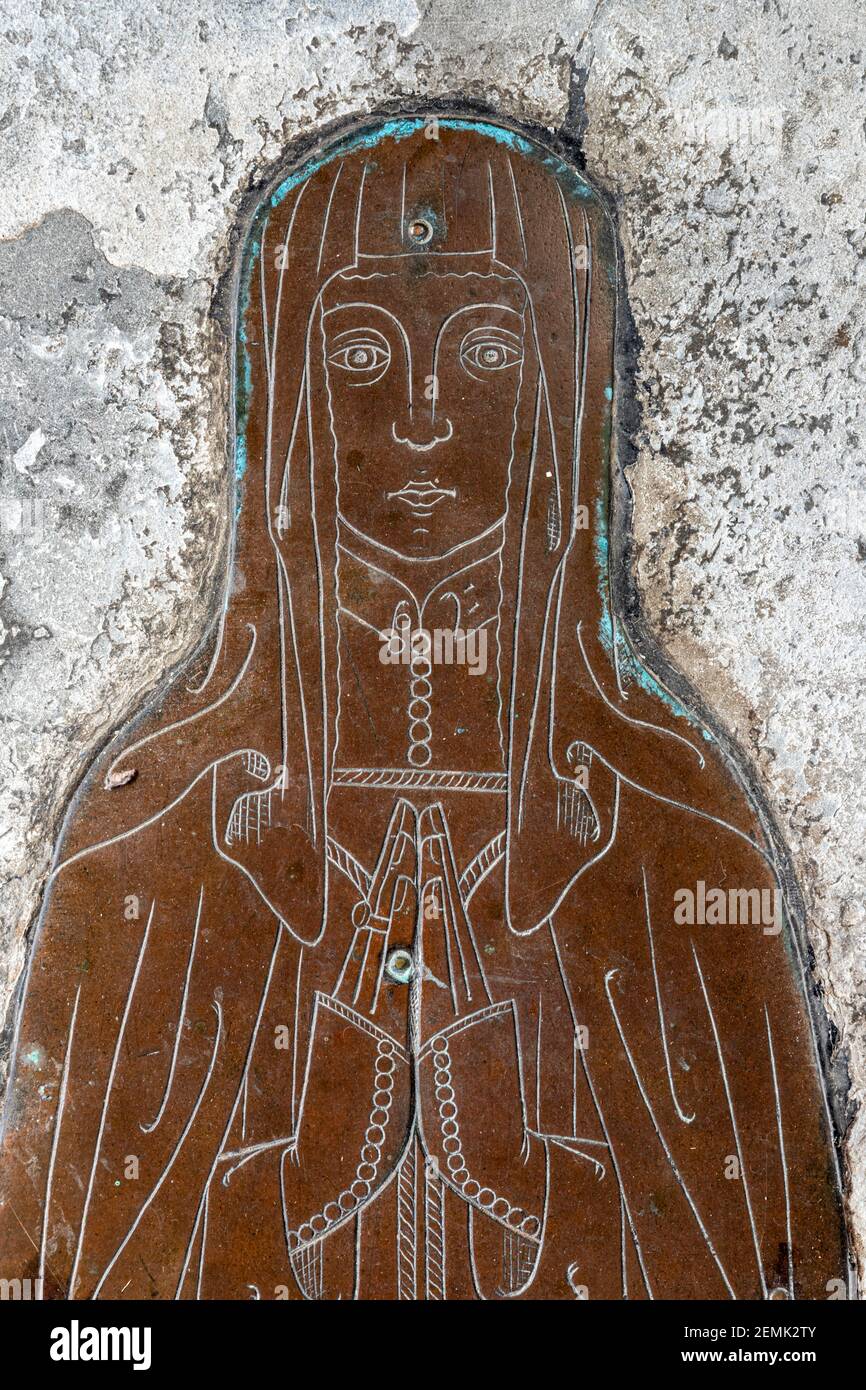 A detail of a memorial brass of the wife of an unknown wool merchant (c..1400) in the church in the Cotswold town of Northleach, Gloucestershire UK Stock Photohttps://www.alamy.com/image-license-details/?v=1https://www.alamy.com/a-detail-of-a-memorial-brass-of-the-wife-of-an-unknown-wool-merchant-c1400-in-the-church-in-the-cotswold-town-of-northleach-gloucestershire-uk-image408550939.html
A detail of a memorial brass of the wife of an unknown wool merchant (c..1400) in the church in the Cotswold town of Northleach, Gloucestershire UK Stock Photohttps://www.alamy.com/image-license-details/?v=1https://www.alamy.com/a-detail-of-a-memorial-brass-of-the-wife-of-an-unknown-wool-merchant-c1400-in-the-church-in-the-cotswold-town-of-northleach-gloucestershire-uk-image408550939.htmlRM2EMK2TY–A detail of a memorial brass of the wife of an unknown wool merchant (c..1400) in the church in the Cotswold town of Northleach, Gloucestershire UK
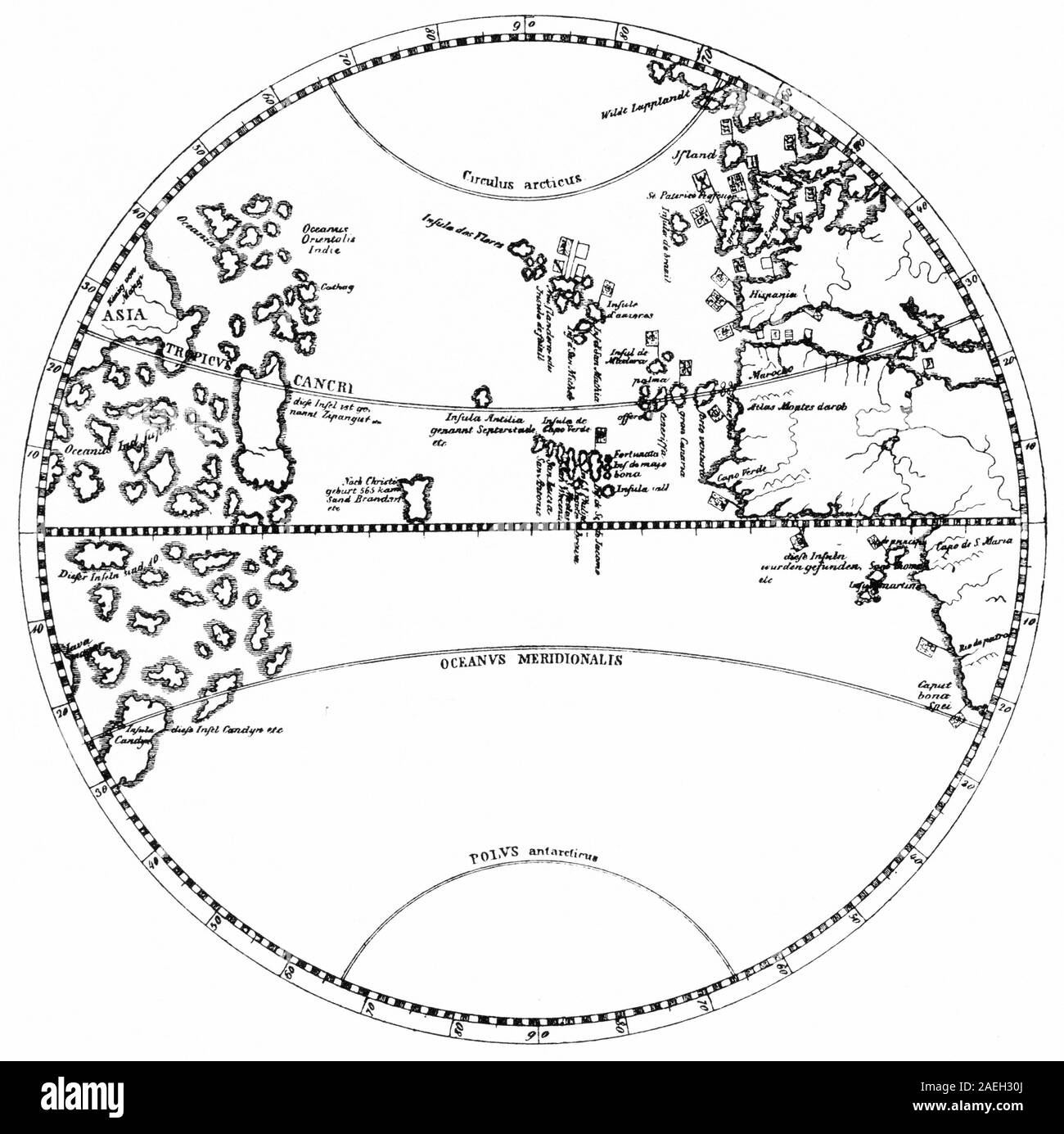 Engraving of a map of West Europe, Atlantic Ocean and the Americas in 1492 by Martin Behaim Stock Photohttps://www.alamy.com/image-license-details/?v=1https://www.alamy.com/engraving-of-a-map-of-west-europe-atlantic-ocean-and-the-americas-in-1492-by-martin-behaim-image335977730.html
Engraving of a map of West Europe, Atlantic Ocean and the Americas in 1492 by Martin Behaim Stock Photohttps://www.alamy.com/image-license-details/?v=1https://www.alamy.com/engraving-of-a-map-of-west-europe-atlantic-ocean-and-the-americas-in-1492-by-martin-behaim-image335977730.htmlRM2AEH30J–Engraving of a map of West Europe, Atlantic Ocean and the Americas in 1492 by Martin Behaim
 An engraving of Ayscough Fee (Ayscoughfee) Hall, Lincolnshire scanned at high resolution from a book printed in 1808. Believed copyright free. Stock Photohttps://www.alamy.com/image-license-details/?v=1https://www.alamy.com/an-engraving-of-ayscough-fee-ayscoughfee-hall-lincolnshire-scanned-image151573662.html
An engraving of Ayscough Fee (Ayscoughfee) Hall, Lincolnshire scanned at high resolution from a book printed in 1808. Believed copyright free. Stock Photohttps://www.alamy.com/image-license-details/?v=1https://www.alamy.com/an-engraving-of-ayscough-fee-ayscoughfee-hall-lincolnshire-scanned-image151573662.htmlRMJPGNN2–An engraving of Ayscough Fee (Ayscoughfee) Hall, Lincolnshire scanned at high resolution from a book printed in 1808. Believed copyright free.
RM2CBYYCW–Engraving of iconoclasts destroying the images and altar decorations in a Roman Catholic church during the Reformation.
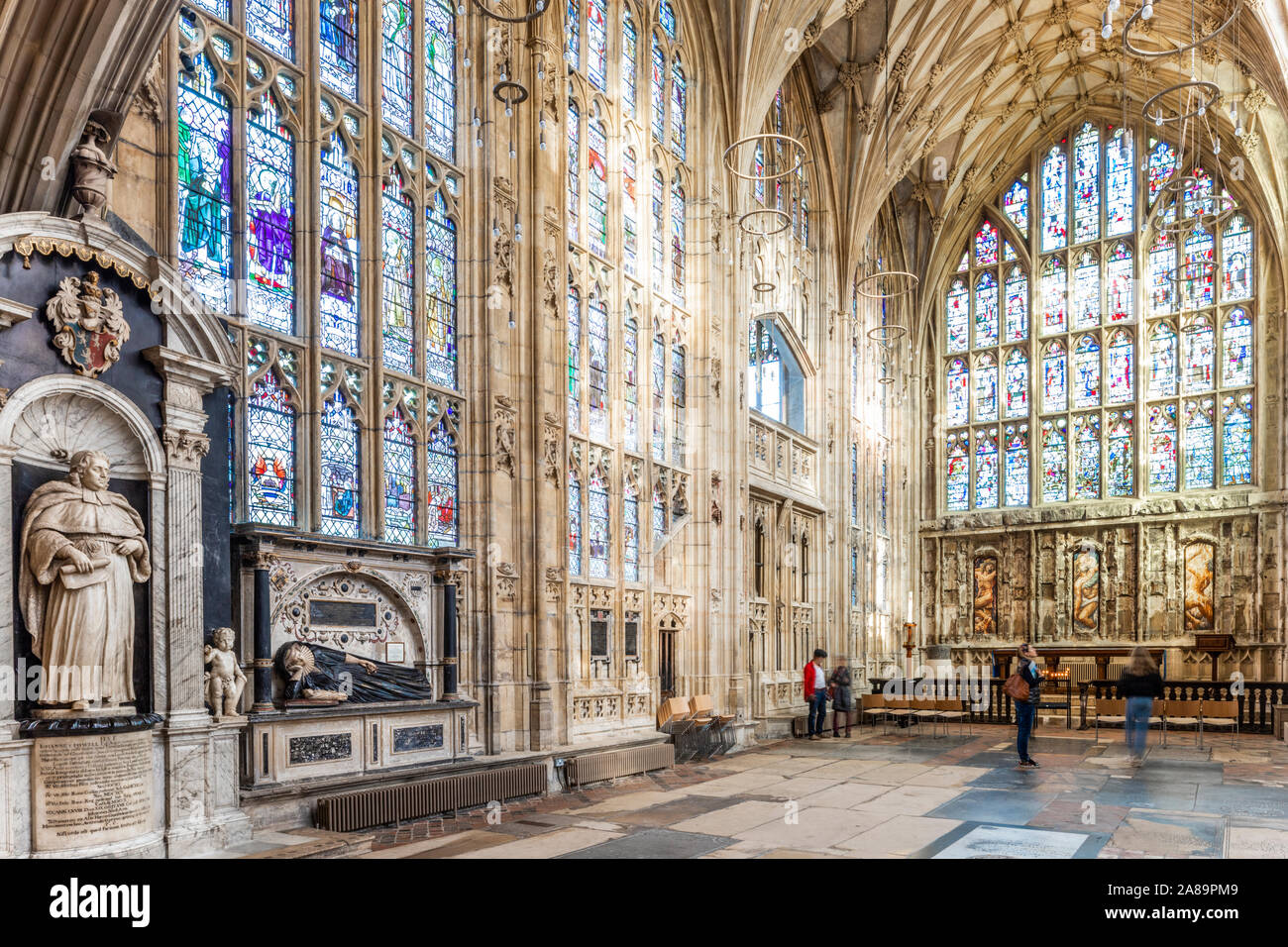 The 15th century Lady Chapel in Gloucester Cathedral UK Stock Photohttps://www.alamy.com/image-license-details/?v=1https://www.alamy.com/the-15th-century-lady-chapel-in-gloucester-cathedral-uk-image332129625.html
The 15th century Lady Chapel in Gloucester Cathedral UK Stock Photohttps://www.alamy.com/image-license-details/?v=1https://www.alamy.com/the-15th-century-lady-chapel-in-gloucester-cathedral-uk-image332129625.htmlRM2A89PM9–The 15th century Lady Chapel in Gloucester Cathedral UK
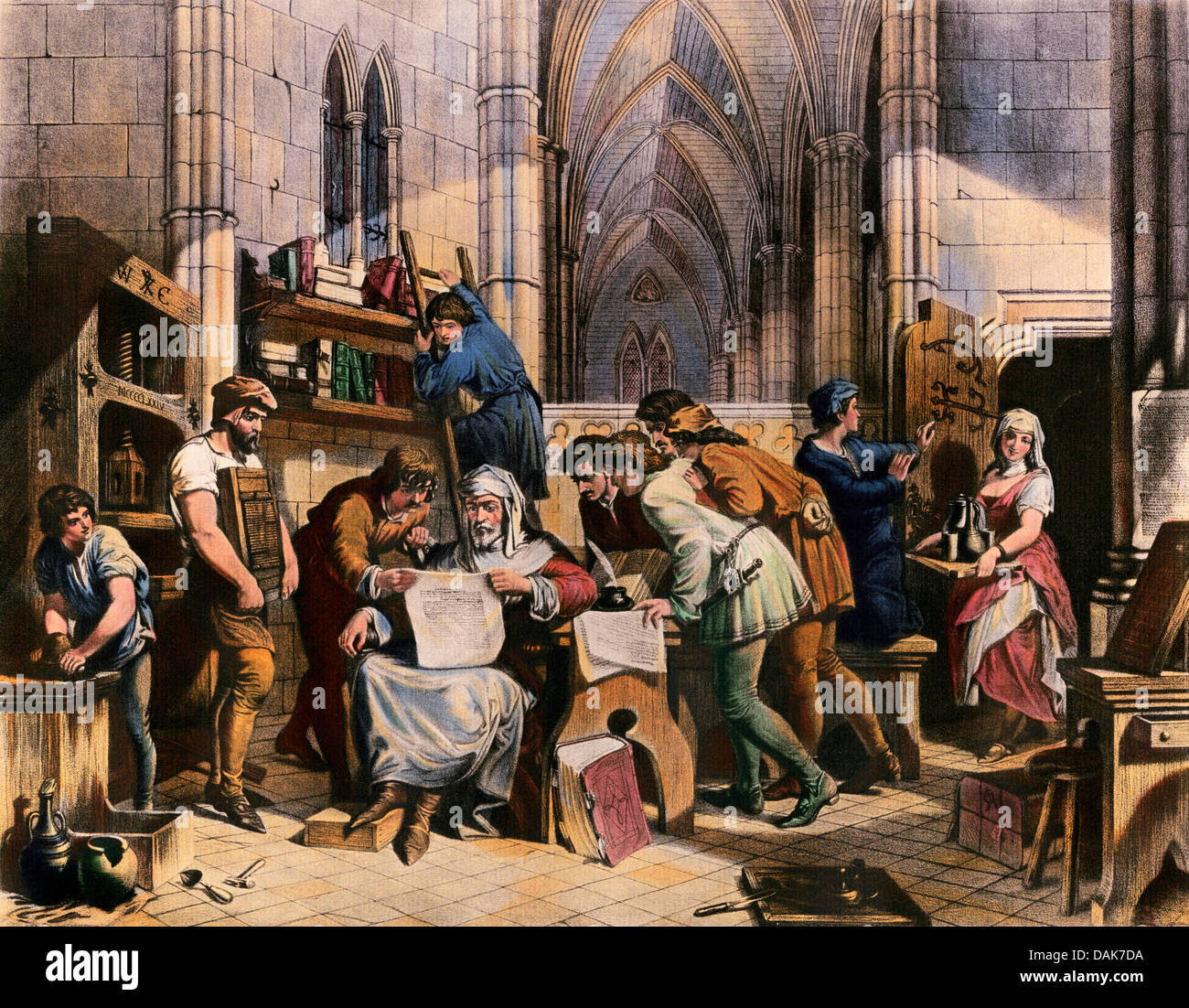 William Caxton examining his first proof sheet in Westminster Abbey, England, 1475. Color halftone reproduction of an illustration Stock Photohttps://www.alamy.com/image-license-details/?v=1https://www.alamy.com/stock-photo-william-caxton-examining-his-first-proof-sheet-in-westminster-abbey-58200614.html
William Caxton examining his first proof sheet in Westminster Abbey, England, 1475. Color halftone reproduction of an illustration Stock Photohttps://www.alamy.com/image-license-details/?v=1https://www.alamy.com/stock-photo-william-caxton-examining-his-first-proof-sheet-in-westminster-abbey-58200614.htmlRMDAK7DA–William Caxton examining his first proof sheet in Westminster Abbey, England, 1475. Color halftone reproduction of an illustration
 The mid 15th century St Leonards chapel of ease in the Exmoor village of Tivington, Somerset UK Stock Photohttps://www.alamy.com/image-license-details/?v=1https://www.alamy.com/the-mid-15th-century-st-leonards-chapel-of-ease-in-the-exmoor-village-of-tivington-somerset-uk-image416474739.html
The mid 15th century St Leonards chapel of ease in the Exmoor village of Tivington, Somerset UK Stock Photohttps://www.alamy.com/image-license-details/?v=1https://www.alamy.com/the-mid-15th-century-st-leonards-chapel-of-ease-in-the-exmoor-village-of-tivington-somerset-uk-image416474739.htmlRM2F5G1NR–The mid 15th century St Leonards chapel of ease in the Exmoor village of Tivington, Somerset UK
 Kilchurn Castle was built in the mid-1400s by Sir Colin Campbell, 1st Lord of Glenorchy. Stock Photohttps://www.alamy.com/image-license-details/?v=1https://www.alamy.com/kilchurn-castle-was-built-in-the-mid-1400s-by-sir-colin-campbell-1st-lord-of-glenorchy-image626178433.html
Kilchurn Castle was built in the mid-1400s by Sir Colin Campbell, 1st Lord of Glenorchy. Stock Photohttps://www.alamy.com/image-license-details/?v=1https://www.alamy.com/kilchurn-castle-was-built-in-the-mid-1400s-by-sir-colin-campbell-1st-lord-of-glenorchy-image626178433.htmlRM2YAMTYD–Kilchurn Castle was built in the mid-1400s by Sir Colin Campbell, 1st Lord of Glenorchy.
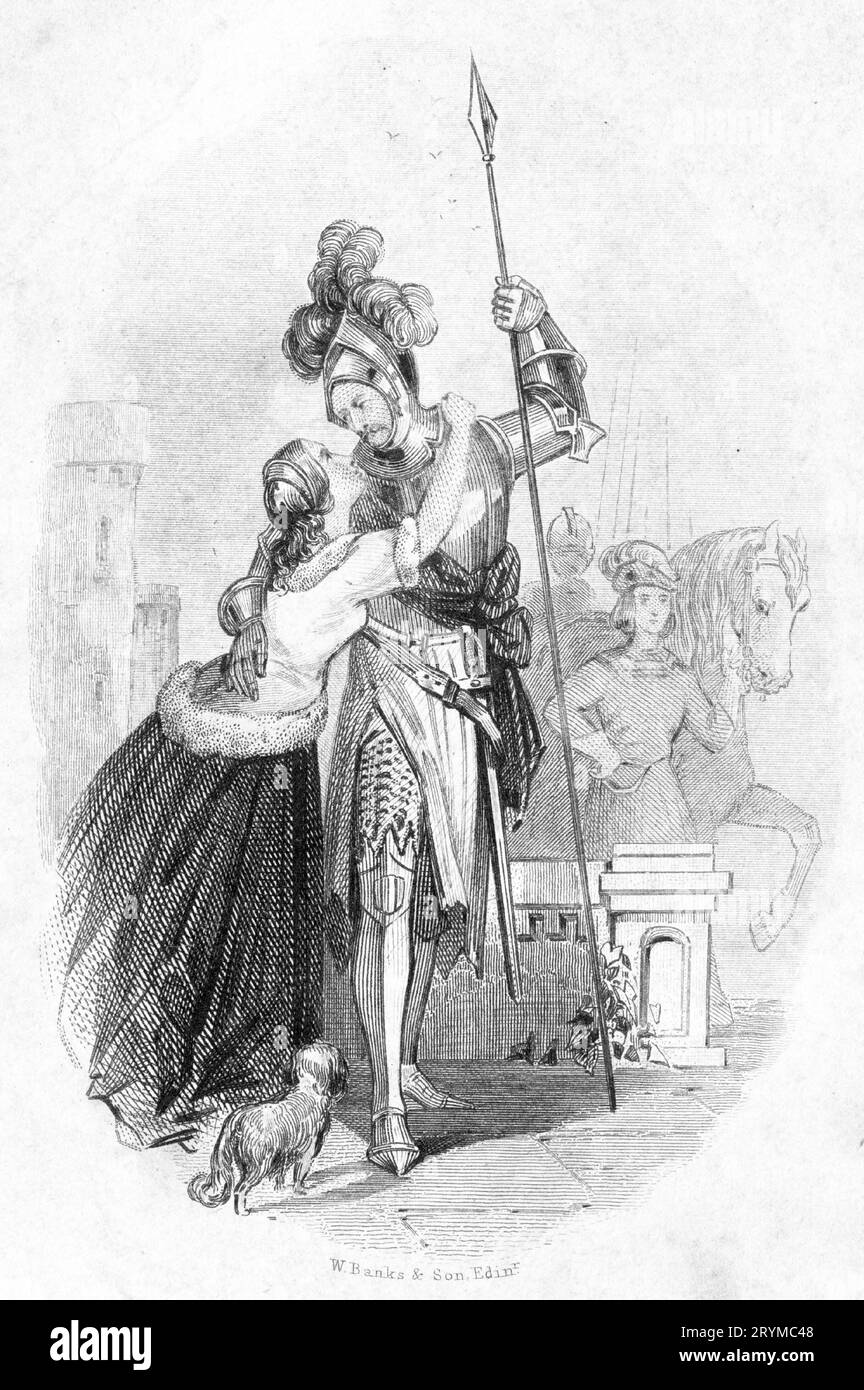 Engraving of a woman saying farewell to a handsome knight in full armour Stock Photohttps://www.alamy.com/image-license-details/?v=1https://www.alamy.com/engraving-of-a-woman-saying-farewell-to-a-handsome-knight-in-full-armour-image567776056.html
Engraving of a woman saying farewell to a handsome knight in full armour Stock Photohttps://www.alamy.com/image-license-details/?v=1https://www.alamy.com/engraving-of-a-woman-saying-farewell-to-a-handsome-knight-in-full-armour-image567776056.htmlRM2RYMC48–Engraving of a woman saying farewell to a handsome knight in full armour
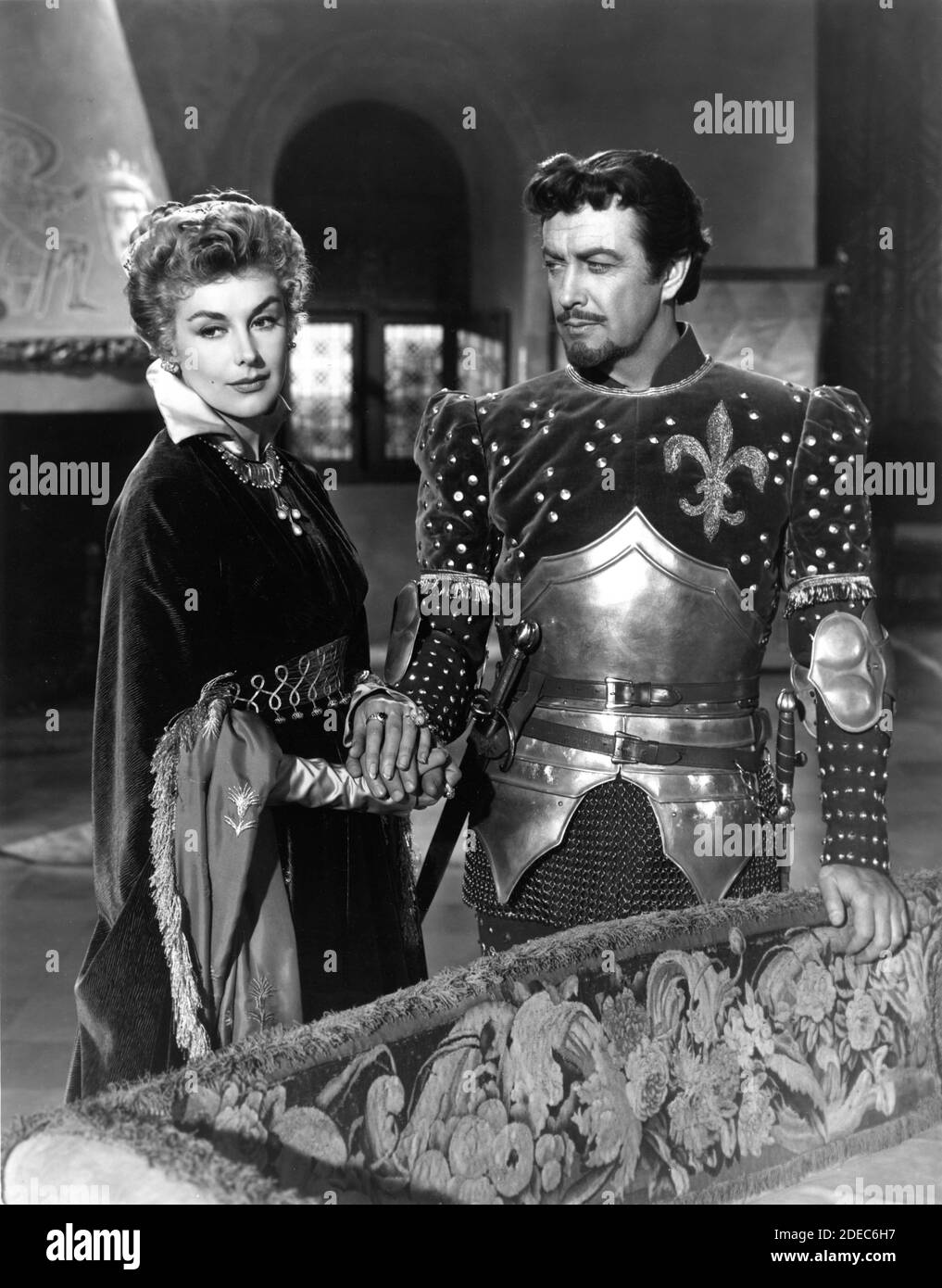 KAY KENDALL and ROBERT TAYLOR in THE ADVENTURES OF QUENTIN DURWARD 1955 director RICHARD THORPE from the novel by Sir Walter Scott screenplay Robert Ardrey costumes Elizabeth Haffenden Metro Goldwyn Mayer Stock Photohttps://www.alamy.com/image-license-details/?v=1https://www.alamy.com/kay-kendall-and-robert-taylor-in-the-adventures-of-quentin-durward-1955-director-richard-thorpe-from-the-novel-by-sir-walter-scott-screenplay-robert-ardrey-costumes-elizabeth-haffenden-metro-goldwyn-mayer-image387501891.html
KAY KENDALL and ROBERT TAYLOR in THE ADVENTURES OF QUENTIN DURWARD 1955 director RICHARD THORPE from the novel by Sir Walter Scott screenplay Robert Ardrey costumes Elizabeth Haffenden Metro Goldwyn Mayer Stock Photohttps://www.alamy.com/image-license-details/?v=1https://www.alamy.com/kay-kendall-and-robert-taylor-in-the-adventures-of-quentin-durward-1955-director-richard-thorpe-from-the-novel-by-sir-walter-scott-screenplay-robert-ardrey-costumes-elizabeth-haffenden-metro-goldwyn-mayer-image387501891.htmlRM2DEC6H7–KAY KENDALL and ROBERT TAYLOR in THE ADVENTURES OF QUENTIN DURWARD 1955 director RICHARD THORPE from the novel by Sir Walter Scott screenplay Robert Ardrey costumes Elizabeth Haffenden Metro Goldwyn Mayer
 Musician in costume playing flute and drum at Tewkesbury Medieval re-enactment Festival, 2017 Stock Photohttps://www.alamy.com/image-license-details/?v=1https://www.alamy.com/stock-photo-musician-in-costume-playing-flute-and-drum-at-tewkesbury-medieval-149602178.html
Musician in costume playing flute and drum at Tewkesbury Medieval re-enactment Festival, 2017 Stock Photohttps://www.alamy.com/image-license-details/?v=1https://www.alamy.com/stock-photo-musician-in-costume-playing-flute-and-drum-at-tewkesbury-medieval-149602178.htmlRMJKAY2X–Musician in costume playing flute and drum at Tewkesbury Medieval re-enactment Festival, 2017
 Henry VIII, 1491 – 1547, was King of England from 1509 until his death in 1547 Stock Photohttps://www.alamy.com/image-license-details/?v=1https://www.alamy.com/henry-viii-1491-1547-was-king-of-england-from-1509-until-his-death-in-1547-image247560967.html
Henry VIII, 1491 – 1547, was King of England from 1509 until his death in 1547 Stock Photohttps://www.alamy.com/image-license-details/?v=1https://www.alamy.com/henry-viii-1491-1547-was-king-of-england-from-1509-until-his-death-in-1547-image247560967.htmlRMTANAF3–Henry VIII, 1491 – 1547, was King of England from 1509 until his death in 1547
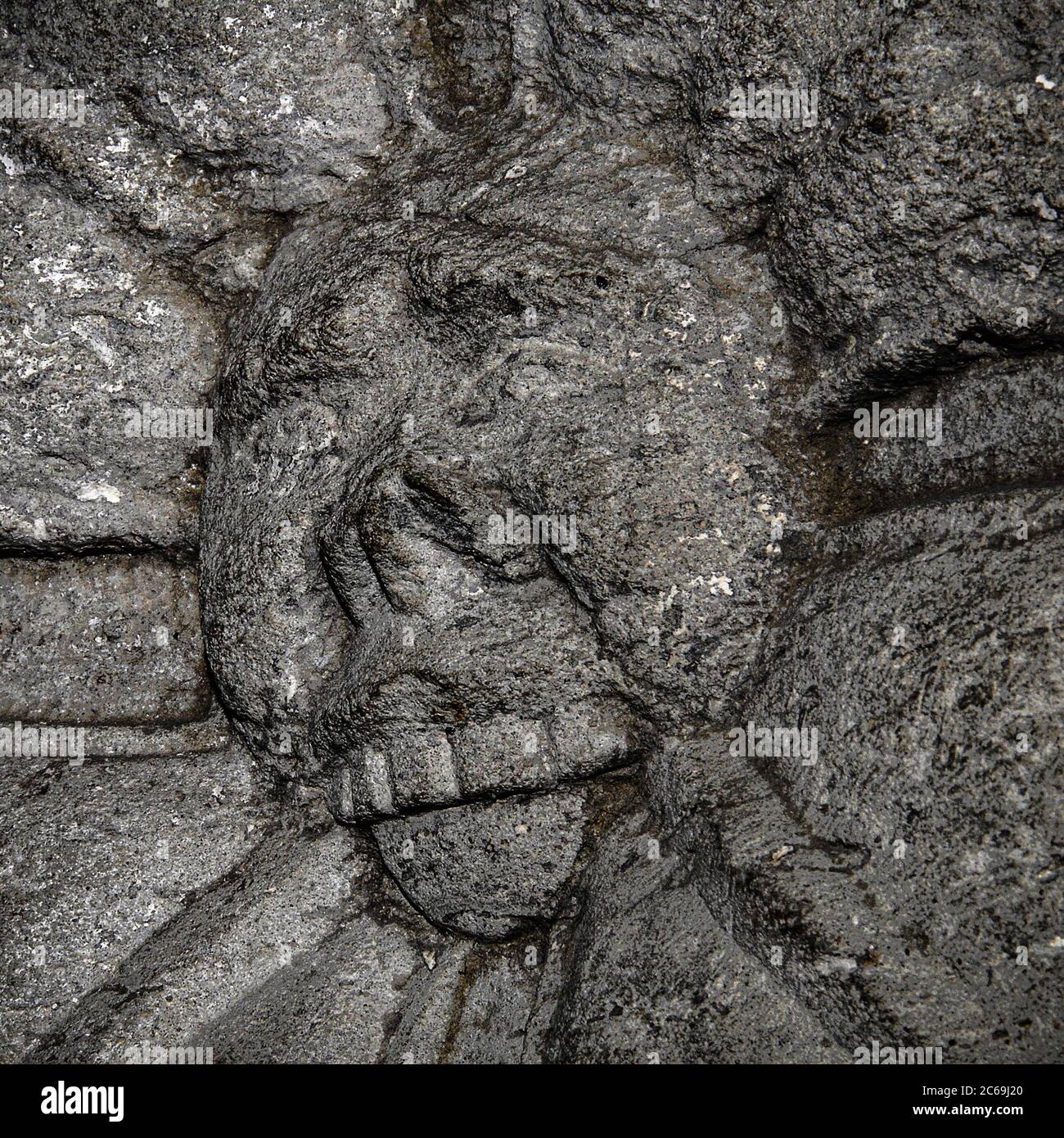 Close up to a toothy Green Man – a pagan symbol of fertility and new life often found in ancient British churches – carved on the west face of the lead-lined octagonal font in the medieval Parish Church of St. Laurence at Hawkhurst, Kent, England, United Kingdom. The font dates from about 1450. Stock Photohttps://www.alamy.com/image-license-details/?v=1https://www.alamy.com/close-up-to-a-toothy-green-man-a-pagan-symbol-of-fertility-and-new-life-often-found-in-ancient-british-churches-carved-on-the-west-face-of-the-lead-lined-octagonal-font-in-the-medieval-parish-church-of-st-laurence-at-hawkhurst-kent-england-united-kingdom-the-font-dates-from-about-1450-image365317400.html
Close up to a toothy Green Man – a pagan symbol of fertility and new life often found in ancient British churches – carved on the west face of the lead-lined octagonal font in the medieval Parish Church of St. Laurence at Hawkhurst, Kent, England, United Kingdom. The font dates from about 1450. Stock Photohttps://www.alamy.com/image-license-details/?v=1https://www.alamy.com/close-up-to-a-toothy-green-man-a-pagan-symbol-of-fertility-and-new-life-often-found-in-ancient-british-churches-carved-on-the-west-face-of-the-lead-lined-octagonal-font-in-the-medieval-parish-church-of-st-laurence-at-hawkhurst-kent-england-united-kingdom-the-font-dates-from-about-1450-image365317400.htmlRF2C69J20–Close up to a toothy Green Man – a pagan symbol of fertility and new life often found in ancient British churches – carved on the west face of the lead-lined octagonal font in the medieval Parish Church of St. Laurence at Hawkhurst, Kent, England, United Kingdom. The font dates from about 1450.
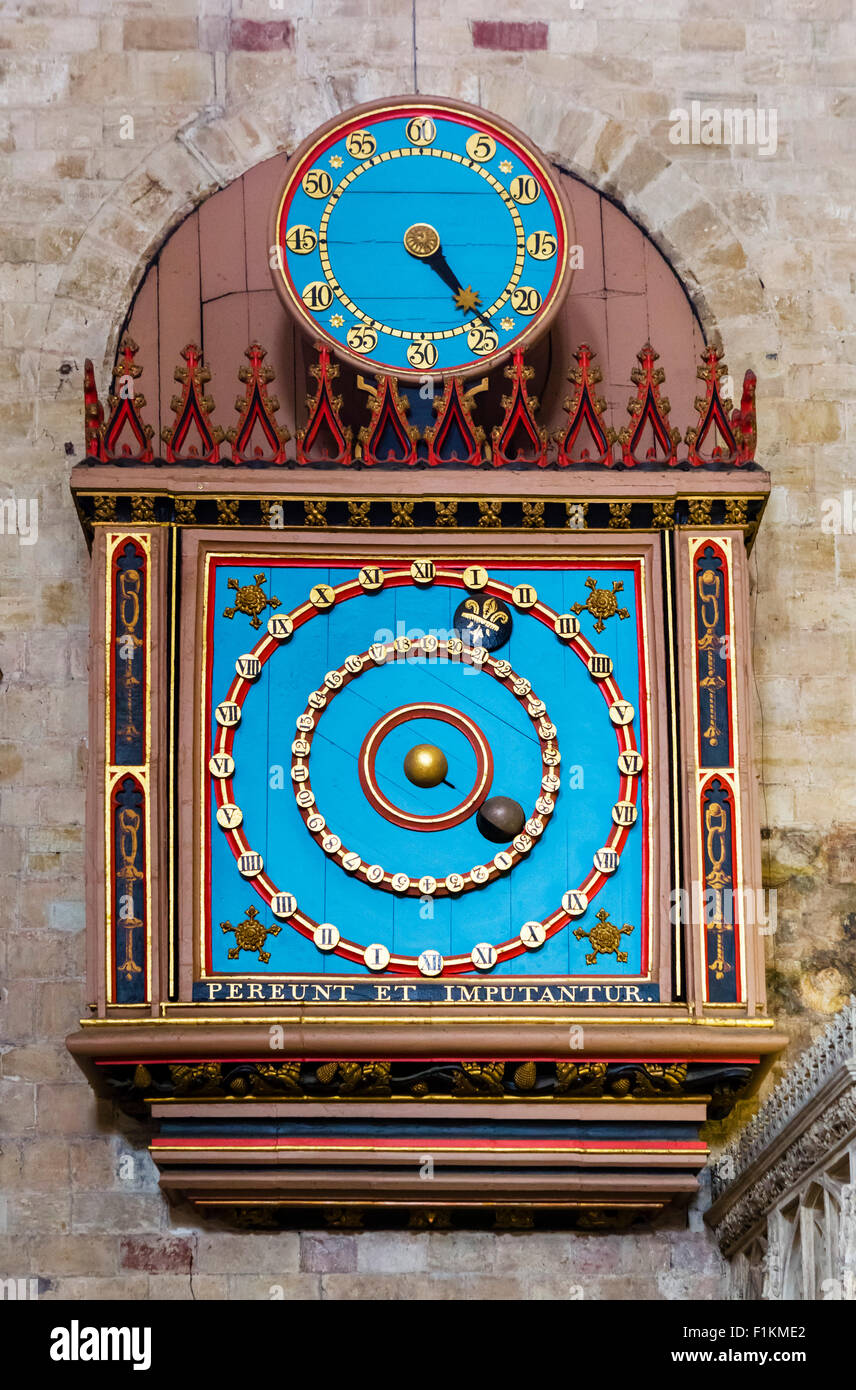 15thC Astronomical Clock in Exeter Cathedral, Exeter, Devon, UK Stock Photohttps://www.alamy.com/image-license-details/?v=1https://www.alamy.com/stock-photo-15thc-astronomical-clock-in-exeter-cathedral-exeter-devon-uk-87099658.html
15thC Astronomical Clock in Exeter Cathedral, Exeter, Devon, UK Stock Photohttps://www.alamy.com/image-license-details/?v=1https://www.alamy.com/stock-photo-15thc-astronomical-clock-in-exeter-cathedral-exeter-devon-uk-87099658.htmlRMF1KME2–15thC Astronomical Clock in Exeter Cathedral, Exeter, Devon, UK
 An old engraving of Henry V’s triumphal return to London, England, UK on the 23 November 1415, after his famous victory over the French at the Battle of Agincourt in October that year. The king was on horseback and the Corporation of London put on extravagant displays of pageantry to celebrate the country’s victory, with bunting in the streets, trumpeteers playing and huge crowds out for the festivities. Stock Photohttps://www.alamy.com/image-license-details/?v=1https://www.alamy.com/an-old-engraving-of-henry-vs-triumphal-return-to-london-england-uk-on-the-23-november-1415-after-his-famous-victory-over-the-french-at-the-battle-of-agincourt-in-october-that-year-the-king-was-on-horseback-and-the-corporation-of-london-put-on-extravagant-displays-of-pageantry-to-celebrate-the-countrys-victory-with-bunting-in-the-streets-trumpeteers-playing-and-huge-crowds-out-for-the-festivities-image630447710.html
An old engraving of Henry V’s triumphal return to London, England, UK on the 23 November 1415, after his famous victory over the French at the Battle of Agincourt in October that year. The king was on horseback and the Corporation of London put on extravagant displays of pageantry to celebrate the country’s victory, with bunting in the streets, trumpeteers playing and huge crowds out for the festivities. Stock Photohttps://www.alamy.com/image-license-details/?v=1https://www.alamy.com/an-old-engraving-of-henry-vs-triumphal-return-to-london-england-uk-on-the-23-november-1415-after-his-famous-victory-over-the-french-at-the-battle-of-agincourt-in-october-that-year-the-king-was-on-horseback-and-the-corporation-of-london-put-on-extravagant-displays-of-pageantry-to-celebrate-the-countrys-victory-with-bunting-in-the-streets-trumpeteers-playing-and-huge-crowds-out-for-the-festivities-image630447710.htmlRM2YHKADJ–An old engraving of Henry V’s triumphal return to London, England, UK on the 23 November 1415, after his famous victory over the French at the Battle of Agincourt in October that year. The king was on horseback and the Corporation of London put on extravagant displays of pageantry to celebrate the country’s victory, with bunting in the streets, trumpeteers playing and huge crowds out for the festivities.
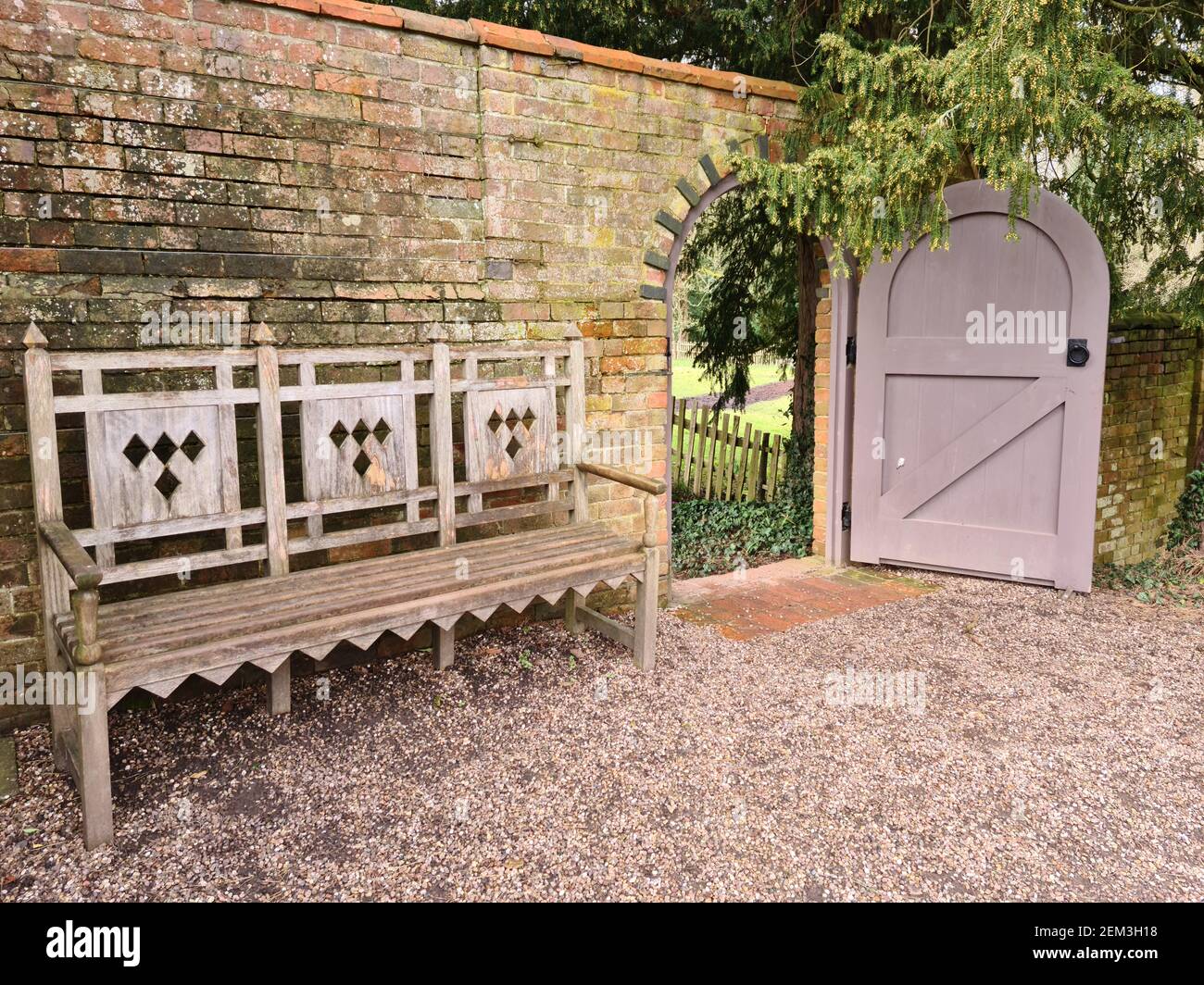 Baddesley Clinton, National Trust Stock Photohttps://www.alamy.com/image-license-details/?v=1https://www.alamy.com/baddesley-clinton-national-trust-image408210804.html
Baddesley Clinton, National Trust Stock Photohttps://www.alamy.com/image-license-details/?v=1https://www.alamy.com/baddesley-clinton-national-trust-image408210804.htmlRF2EM3H18–Baddesley Clinton, National Trust
 Detail of the ruined Holyrood Abbey at Palace of Holyroodhouse in Edinburgh, Scotland, UK Stock Photohttps://www.alamy.com/image-license-details/?v=1https://www.alamy.com/detail-of-the-ruined-holyrood-abbey-at-palace-of-holyroodhouse-in-edinburgh-scotland-uk-image458899108.html
Detail of the ruined Holyrood Abbey at Palace of Holyroodhouse in Edinburgh, Scotland, UK Stock Photohttps://www.alamy.com/image-license-details/?v=1https://www.alamy.com/detail-of-the-ruined-holyrood-abbey-at-palace-of-holyroodhouse-in-edinburgh-scotland-uk-image458899108.htmlRF2HJGJDT–Detail of the ruined Holyrood Abbey at Palace of Holyroodhouse in Edinburgh, Scotland, UK
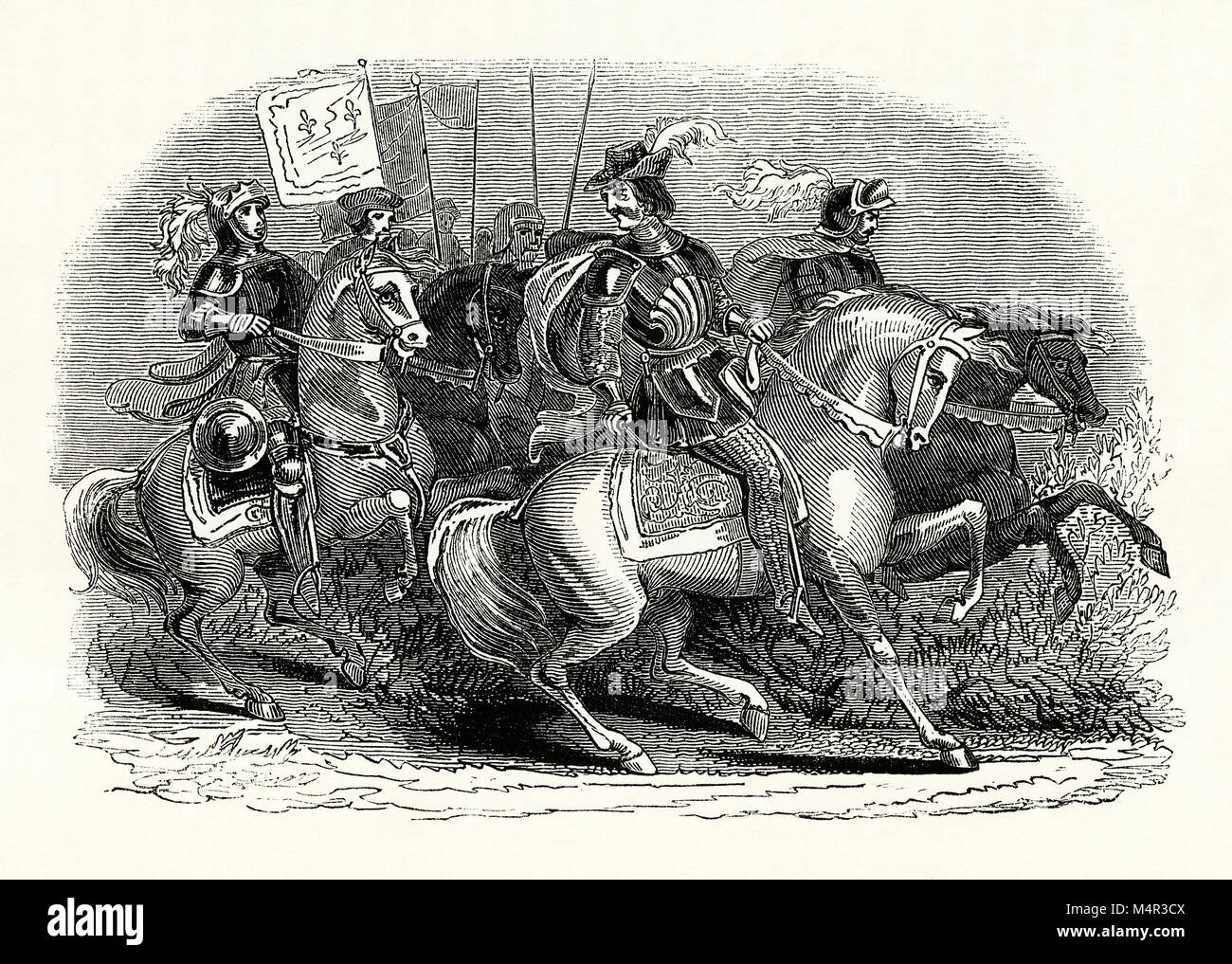 An old engraving of 'Free Company' horsemen c.1300. A free company was also known as 'great company' or 'grande companie' and in France they were routiers and écorcheurs. It was an army of mercenaries between the 12th and 14th centuries recruited by private employers during wars. They acted independently of any government and so were 'free'. They were active mainly in France. The White Company of John Hawkwood, probably the most famous free company, was active in Italy in the late 14th century. Stock Photohttps://www.alamy.com/image-license-details/?v=1https://www.alamy.com/stock-photo-an-old-engraving-of-free-company-horsemen-c1300-a-free-company-was-175069914.html
An old engraving of 'Free Company' horsemen c.1300. A free company was also known as 'great company' or 'grande companie' and in France they were routiers and écorcheurs. It was an army of mercenaries between the 12th and 14th centuries recruited by private employers during wars. They acted independently of any government and so were 'free'. They were active mainly in France. The White Company of John Hawkwood, probably the most famous free company, was active in Italy in the late 14th century. Stock Photohttps://www.alamy.com/image-license-details/?v=1https://www.alamy.com/stock-photo-an-old-engraving-of-free-company-horsemen-c1300-a-free-company-was-175069914.htmlRMM4R3CX–An old engraving of 'Free Company' horsemen c.1300. A free company was also known as 'great company' or 'grande companie' and in France they were routiers and écorcheurs. It was an army of mercenaries between the 12th and 14th centuries recruited by private employers during wars. They acted independently of any government and so were 'free'. They were active mainly in France. The White Company of John Hawkwood, probably the most famous free company, was active in Italy in the late 14th century.